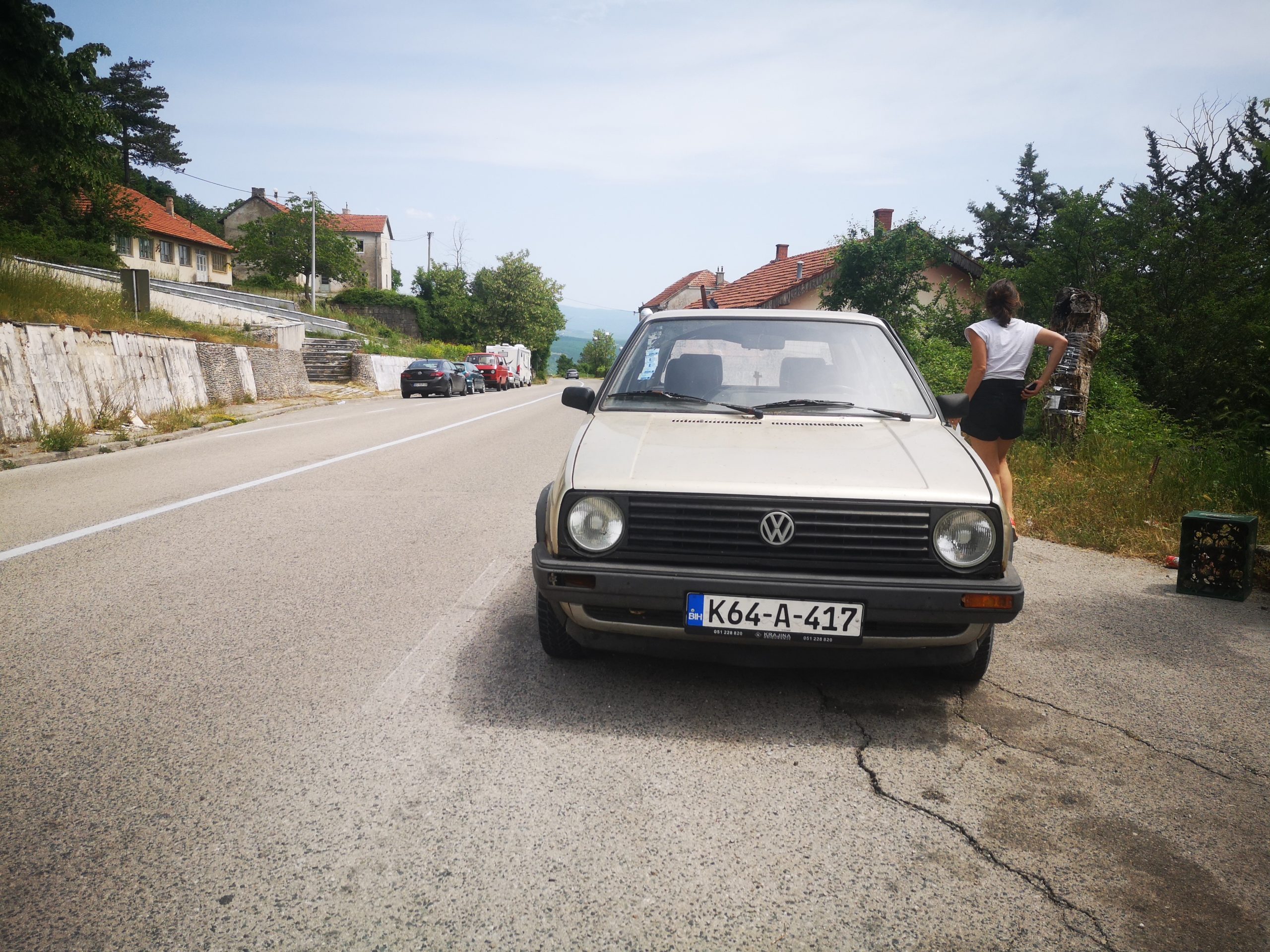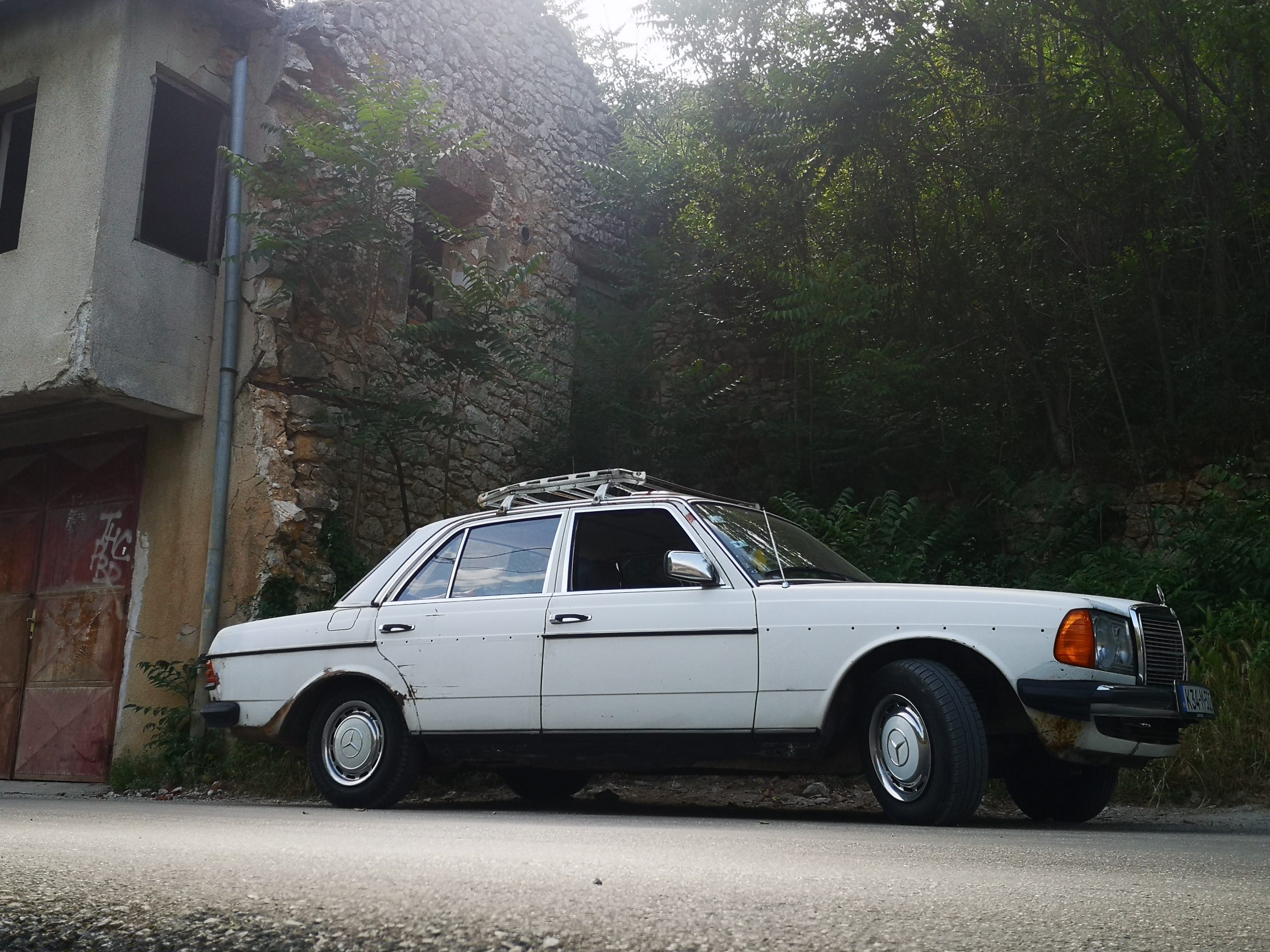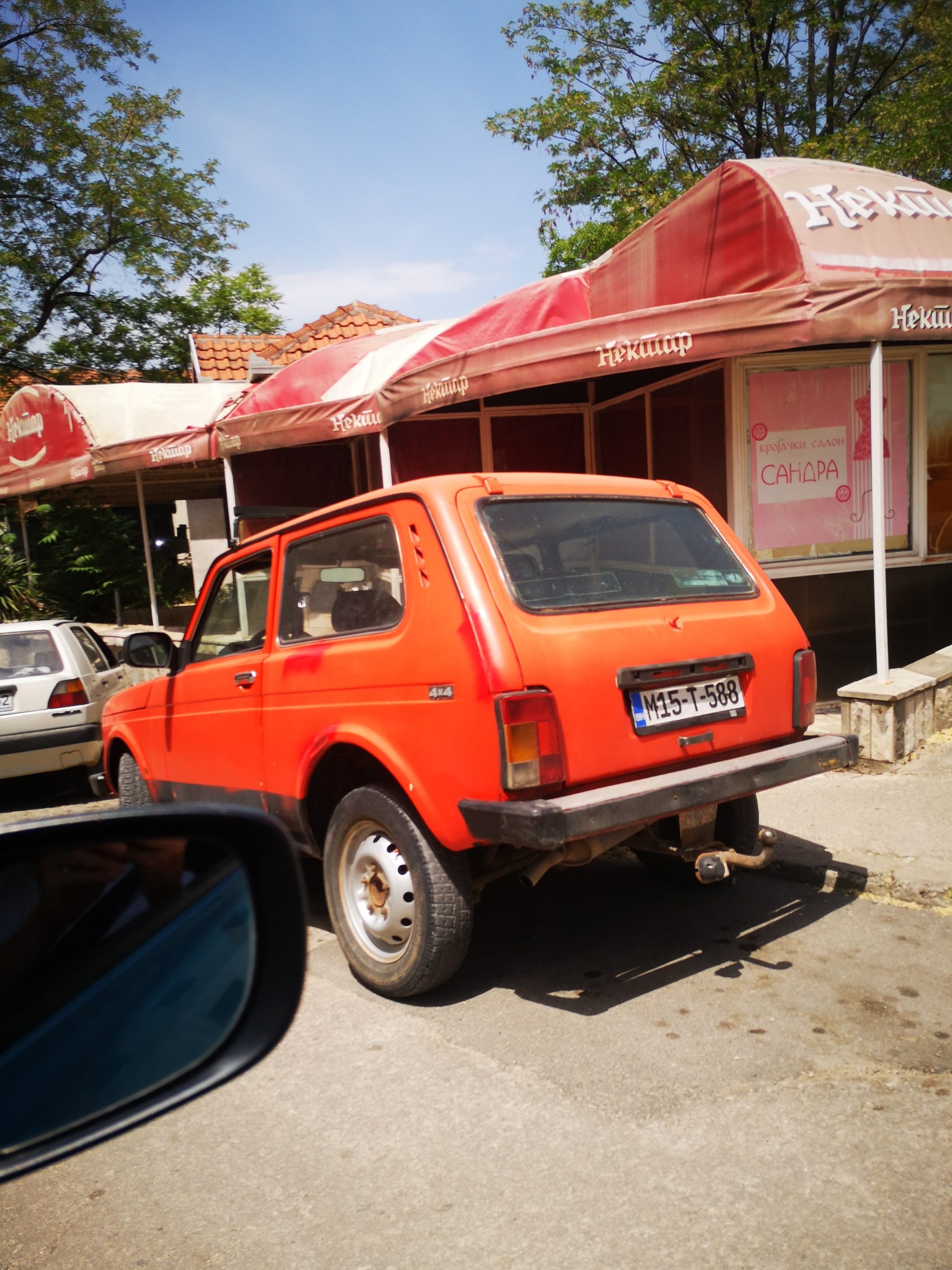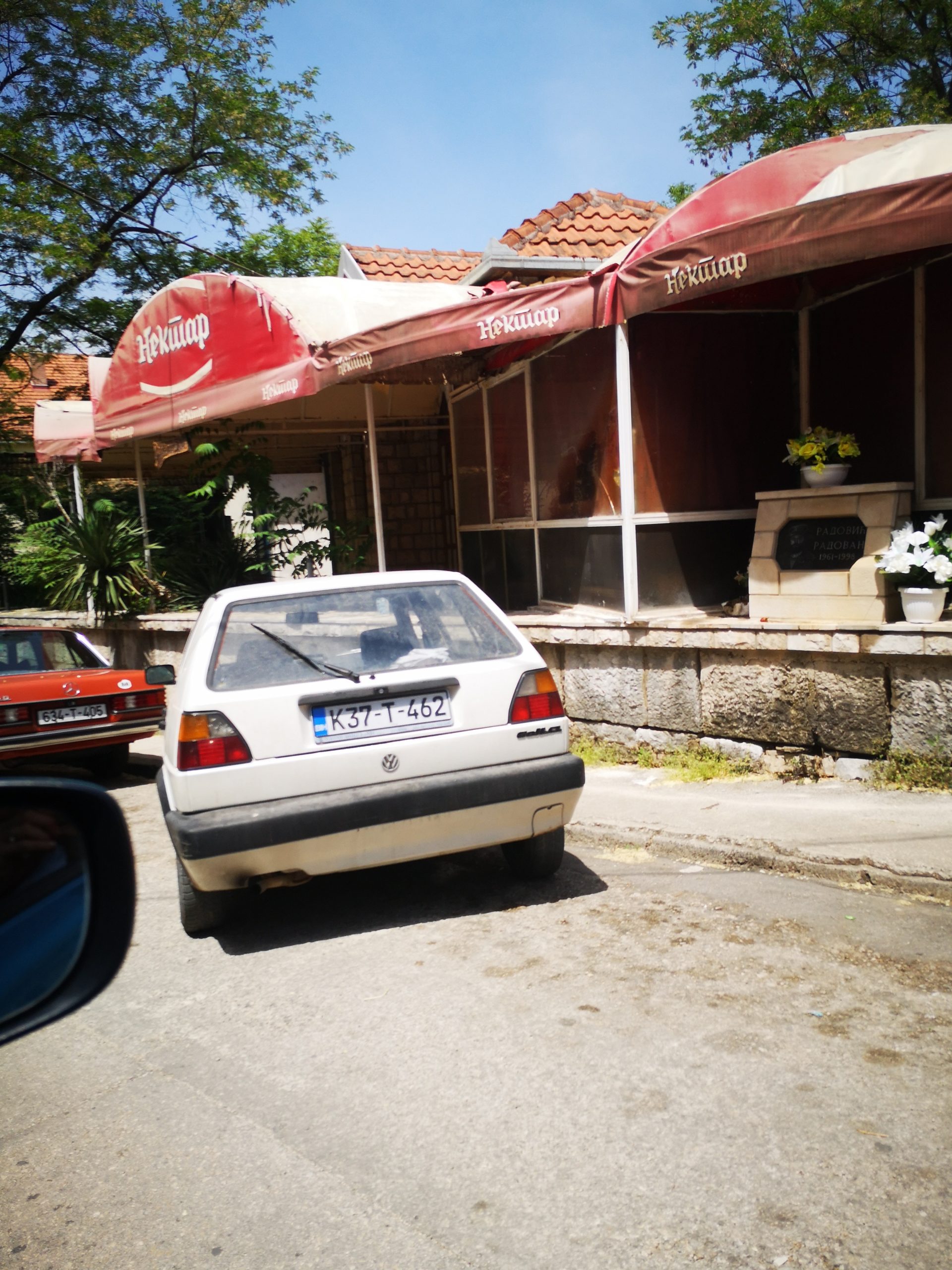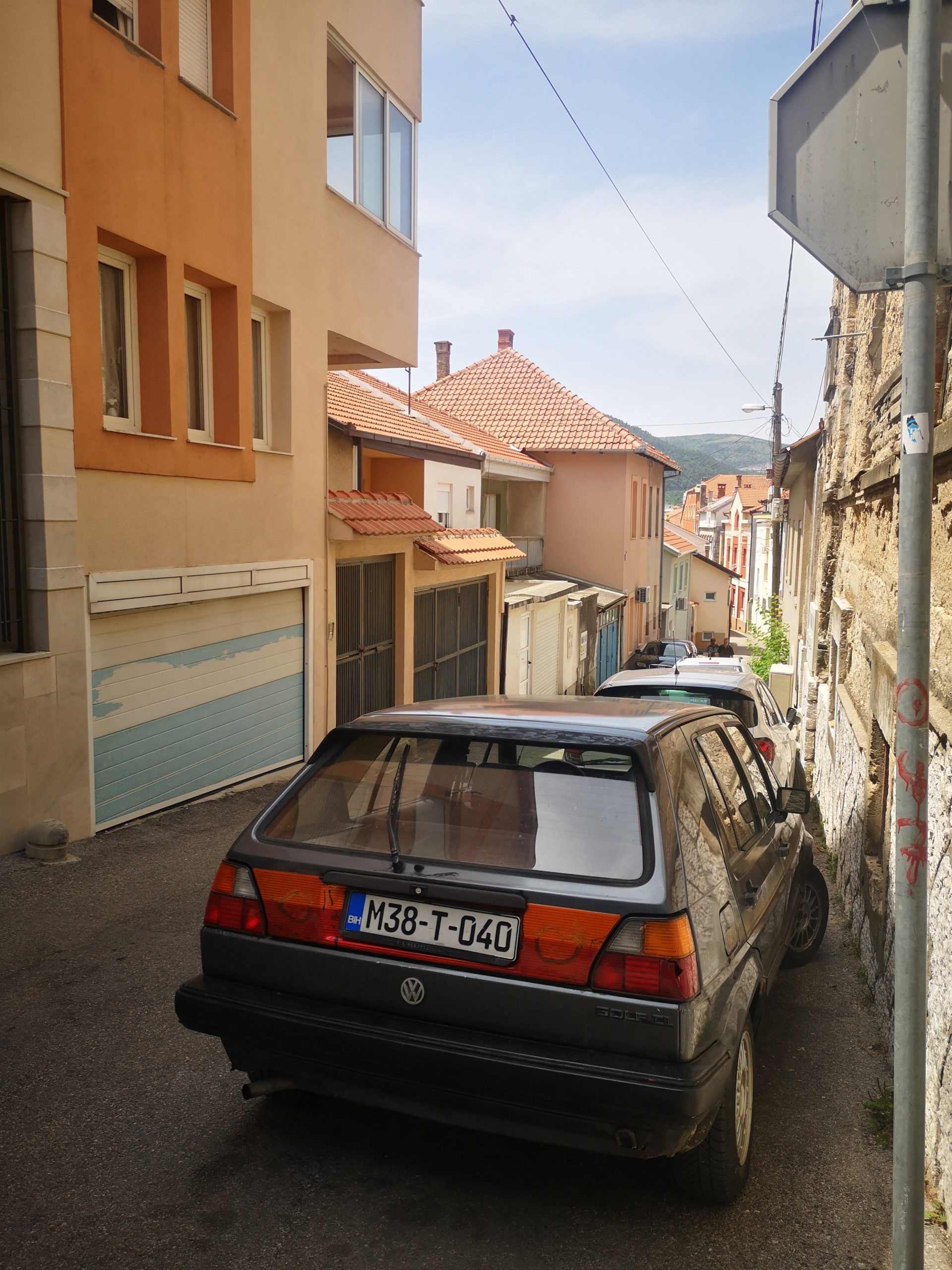Learning from our mistakes in Belgrade, we planned to be in Sarajevo for the weekend, so it was time to leave our Kotor Bay sanctuary and venture to Bosnia. We had two nights planned before arriving to the capital – one in Trebinje and one in Mostar, both highly recommended by a friend of Cilla’s, Buba, who we would meet in Sarajevo.
We were told that the Bosnians were particularly friendly and loved to laugh – only 60km drive from our place in Kotor Bay was the Bosnian border control where we were met with much jest and jubilation from a guard – he laughed at the nonsensical Covid rules in place, Bosnians didn’t need to be vaccinated, while visitors did to enter Bosnia; and then at my bare feet as I got out of the car, turns out my flip flops preferred the side of the road in Montenegro rather than my feet. Oh well.
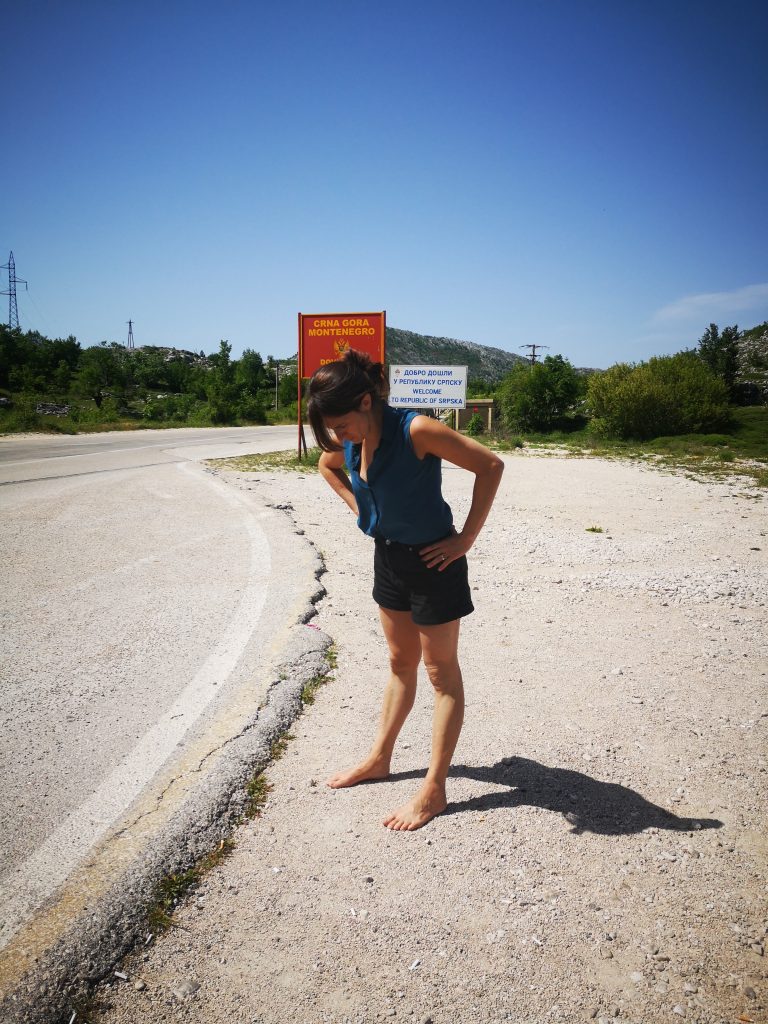
With this humorous introduction, we were in Bosnia. We then proceeded to drive into the most beautiful mountainous and lush landscape to take us to our first destination – Trebinje. Trebinje was touted to us as very cosmopolitan, with a feeling of Italy or Spain, more Western than Balkan. Many people bought or moved here during the pandemic to escape the city; knowing that they could go to the coast to feast on fish from xxx or slip into Croatia to enjoy the elegance of historic Dubrovnik for an evening, all within an hour’s drive.
We got a good sense of Trebinje ourselves as we sipped a glass of chilled local wine in the cool leafy square as the beating sun began to bed and the locals went about their evening strolls and chatter. Investigating the town a bit further, we wandered through the small but charming old town and then ambled along the river to the survey the town’s edges. Attracted by the pretty lights on the river, we were pulled into a more touristy restaurant than we intended to for dinner and our evening.
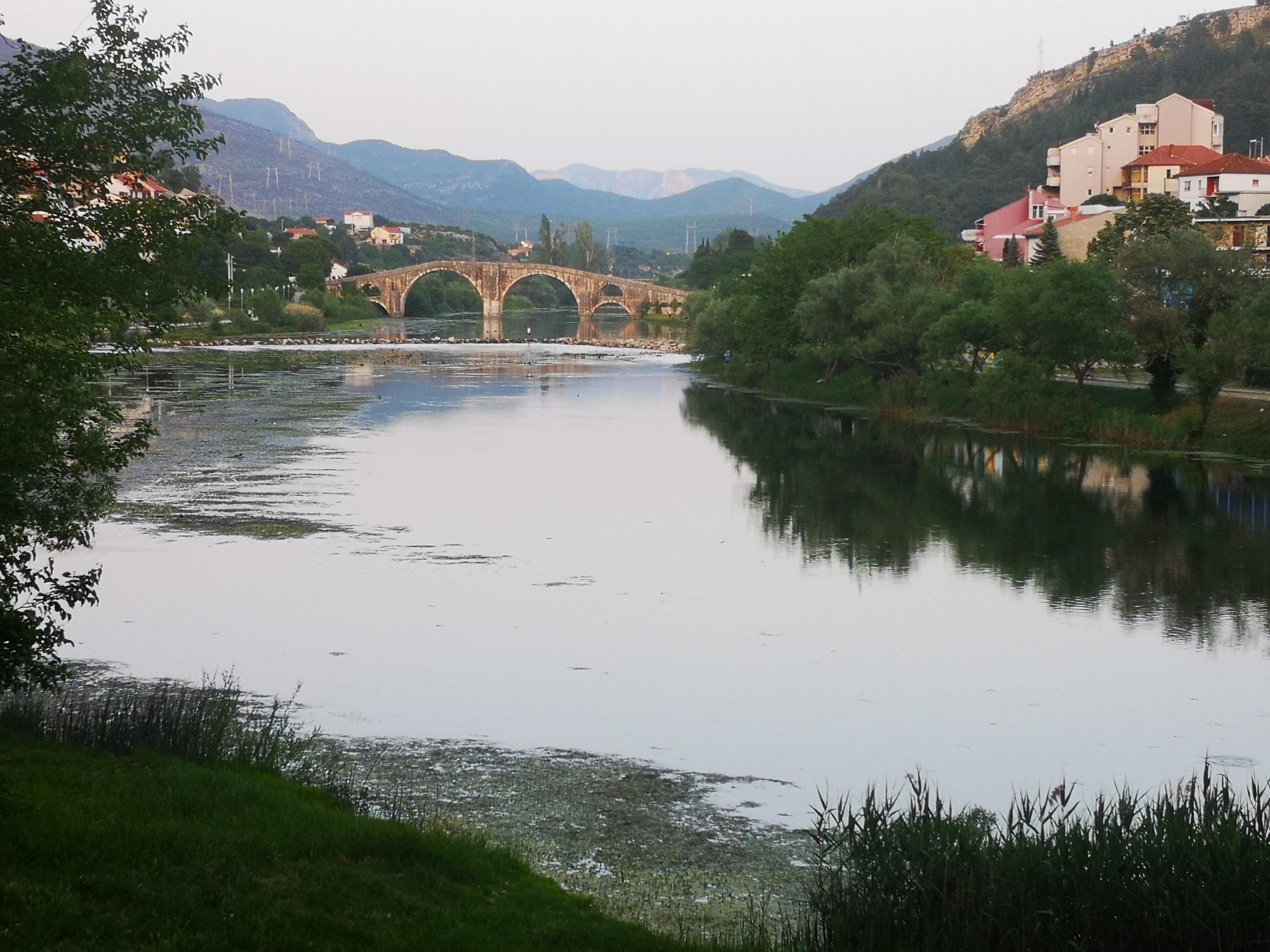
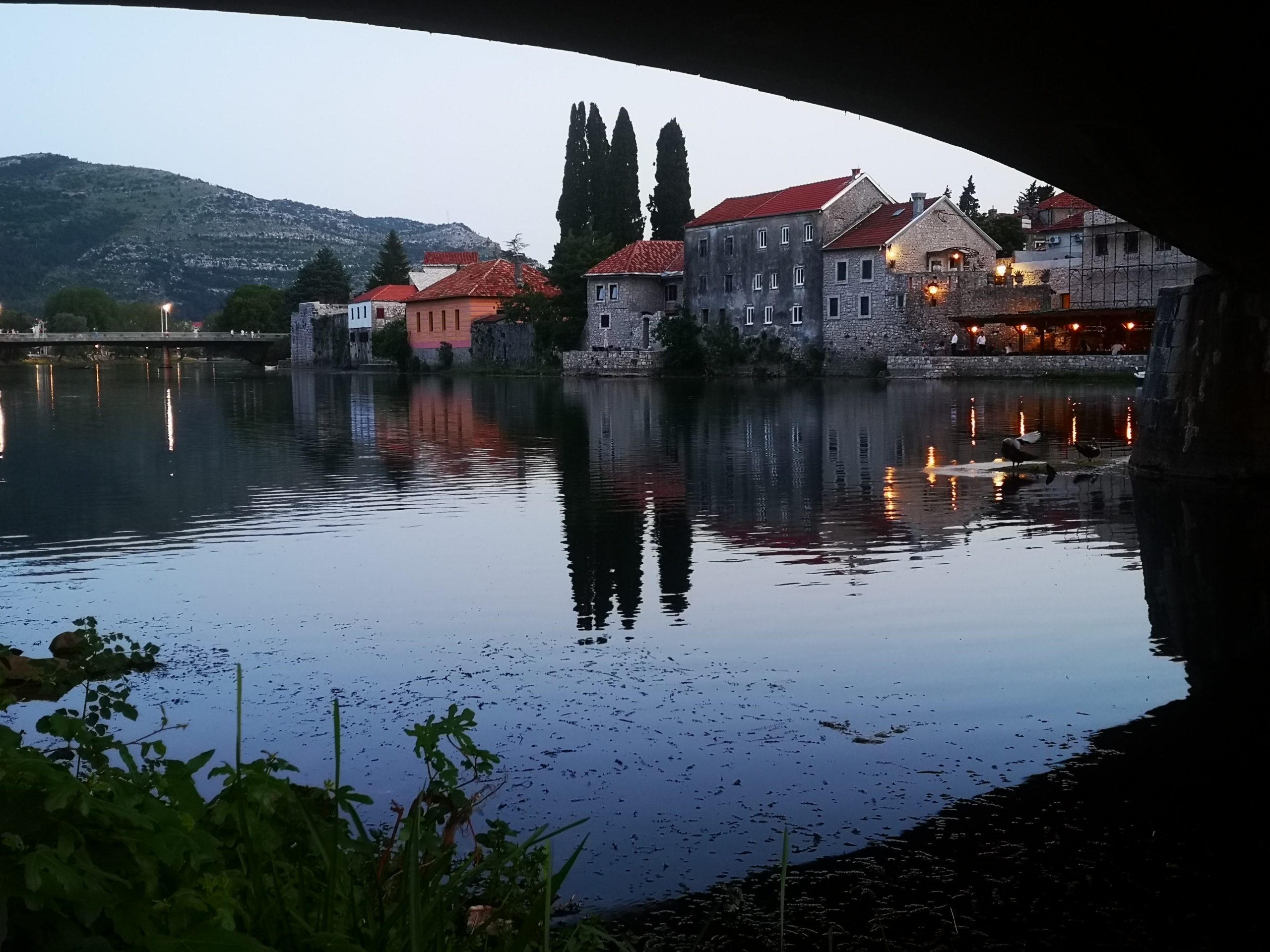
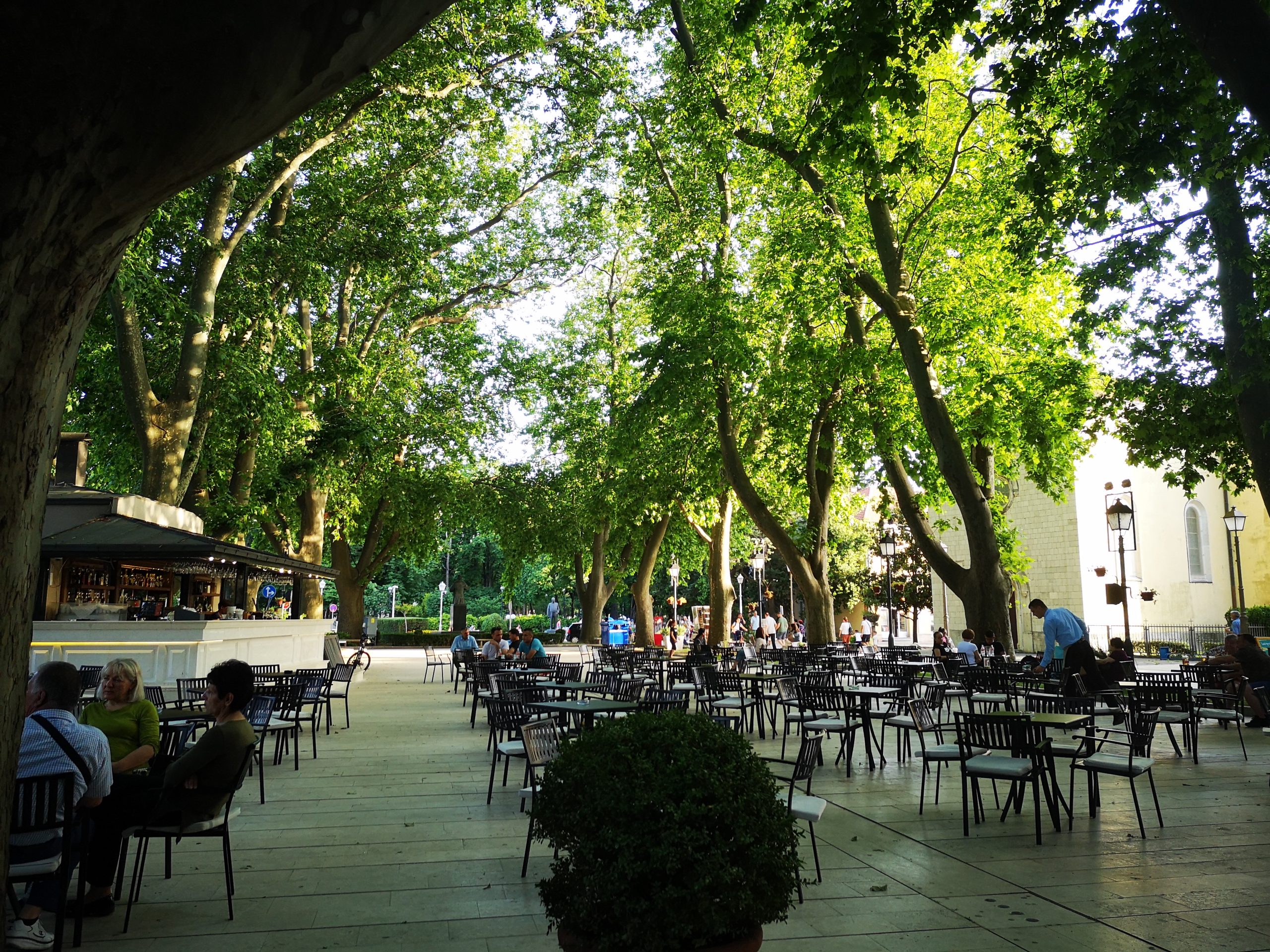
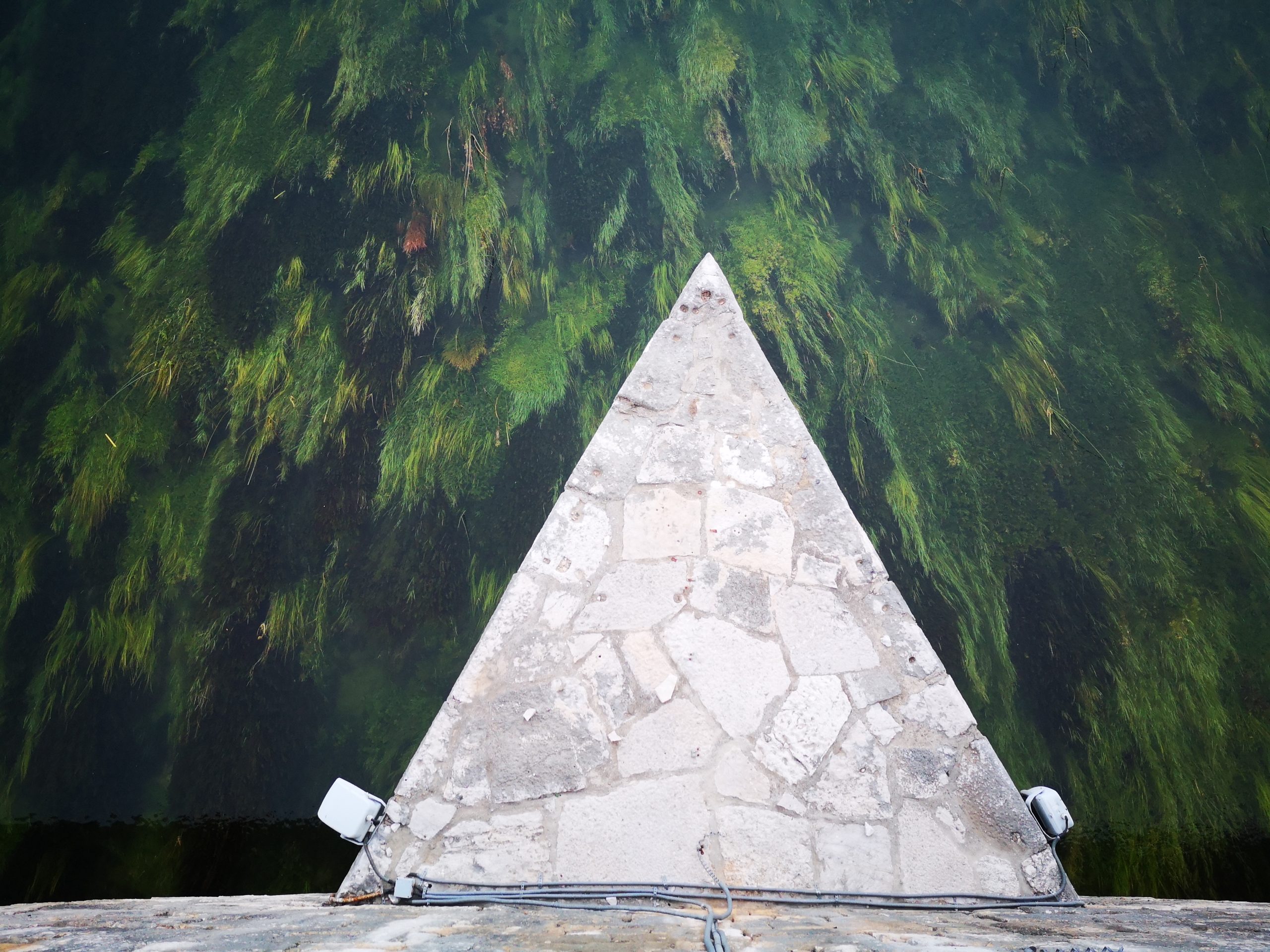
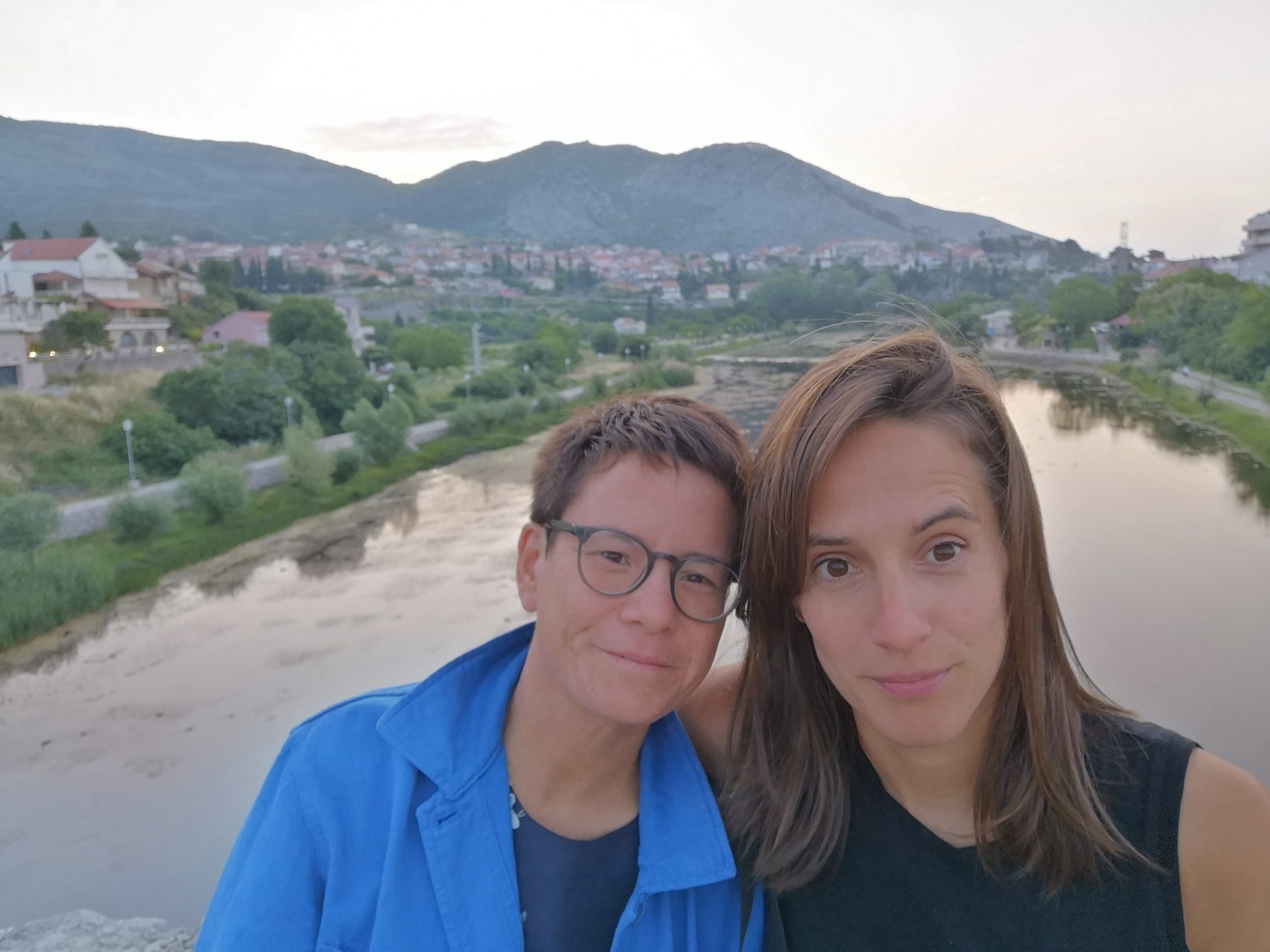
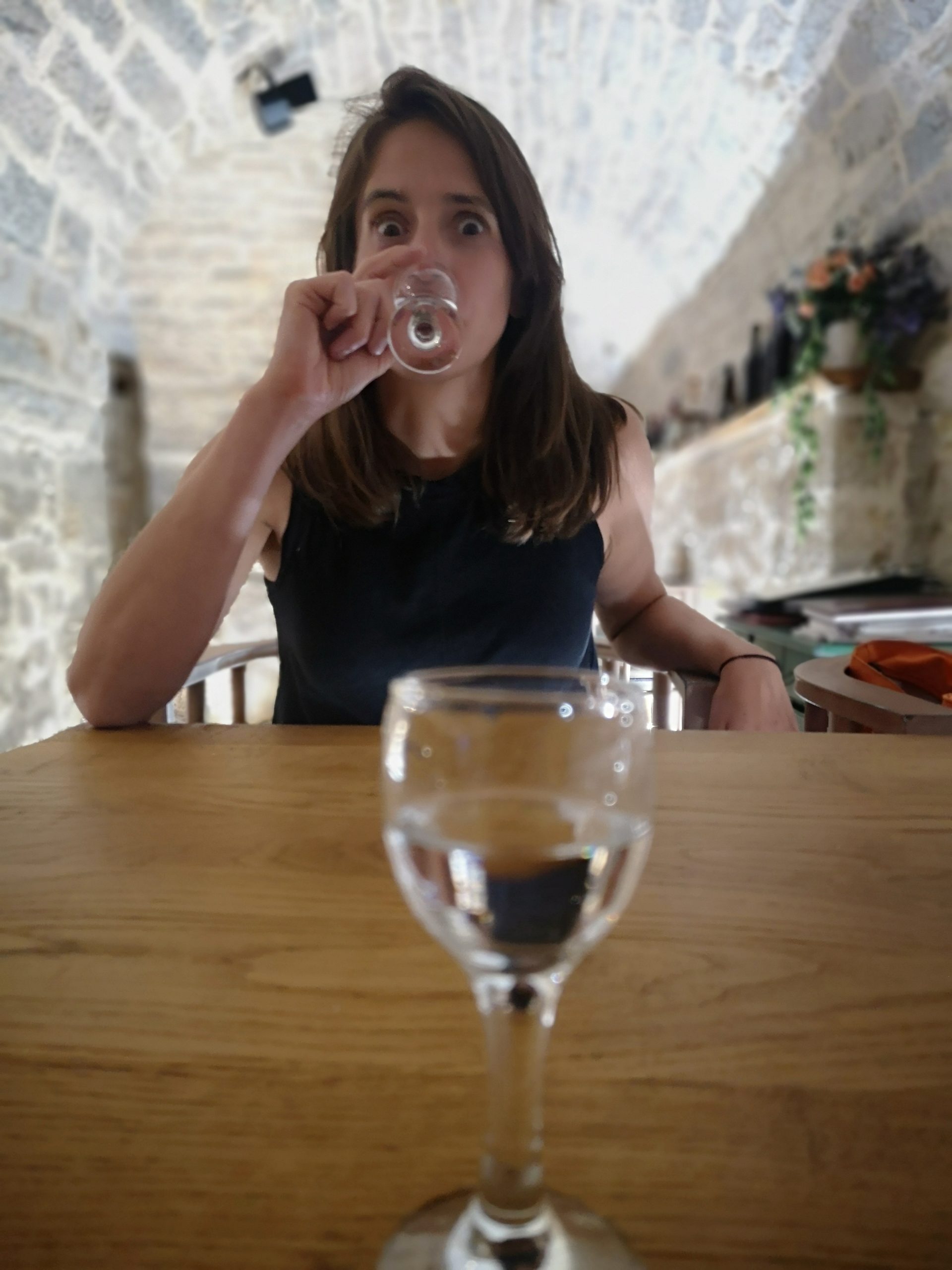
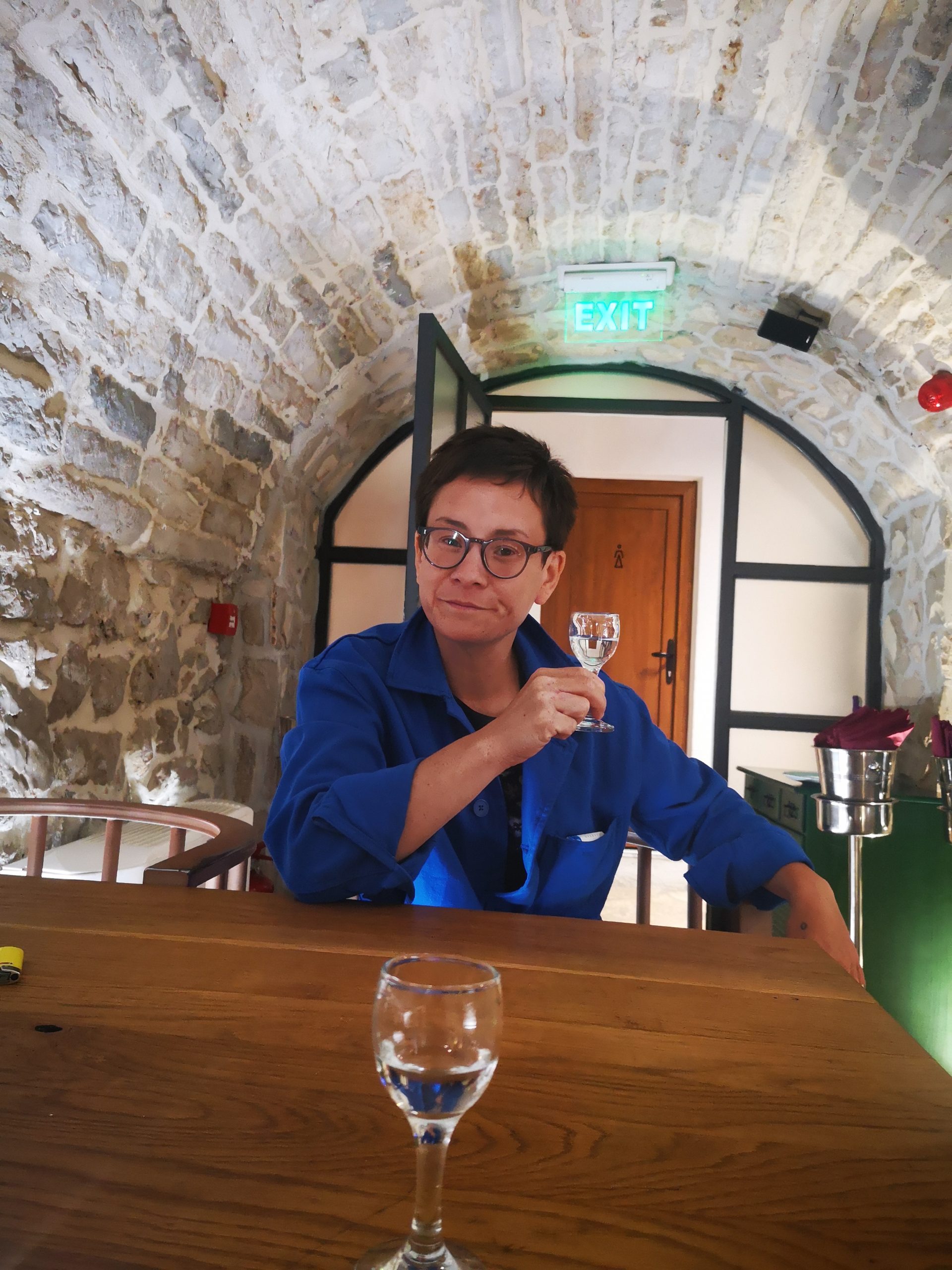
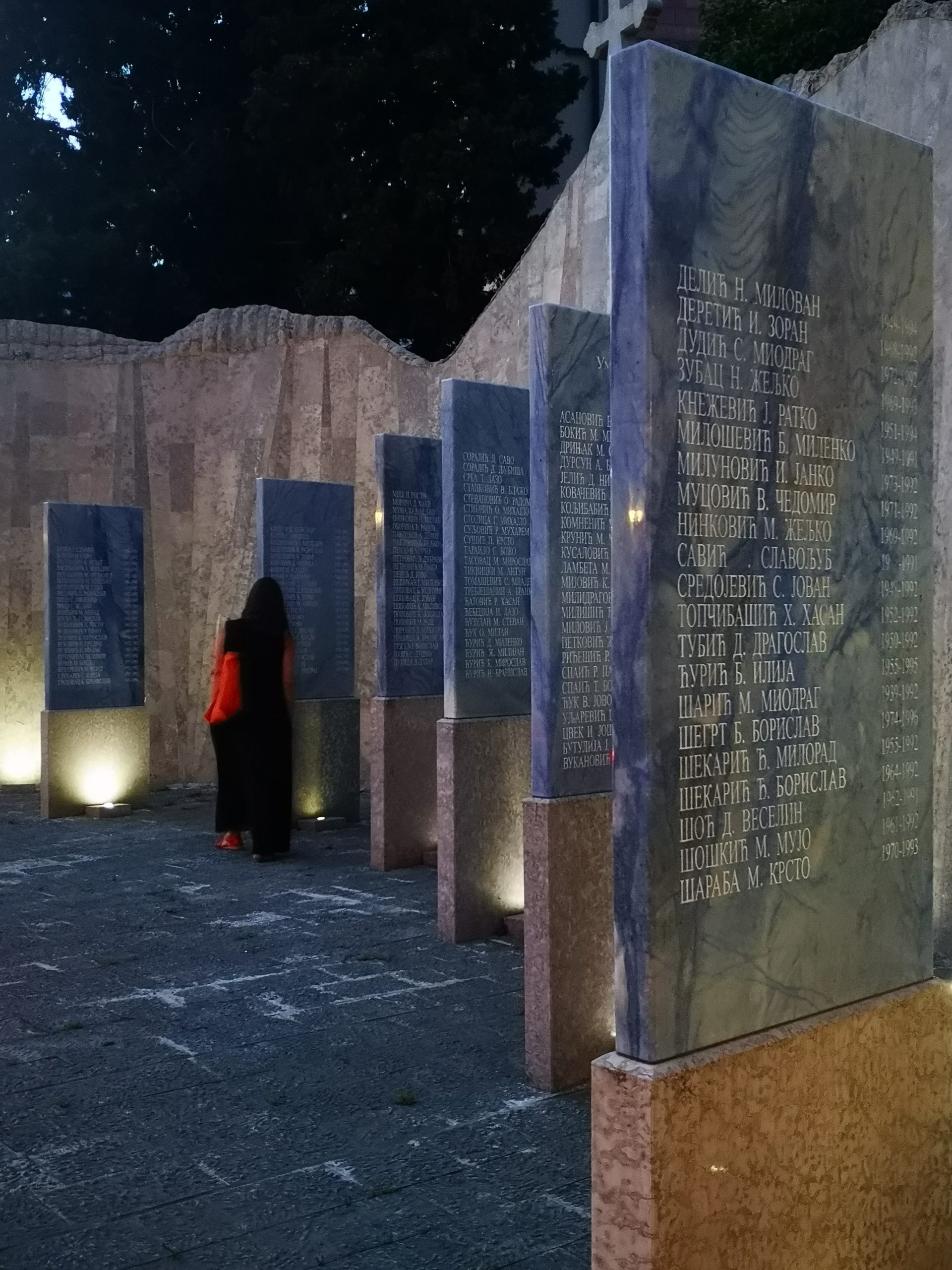
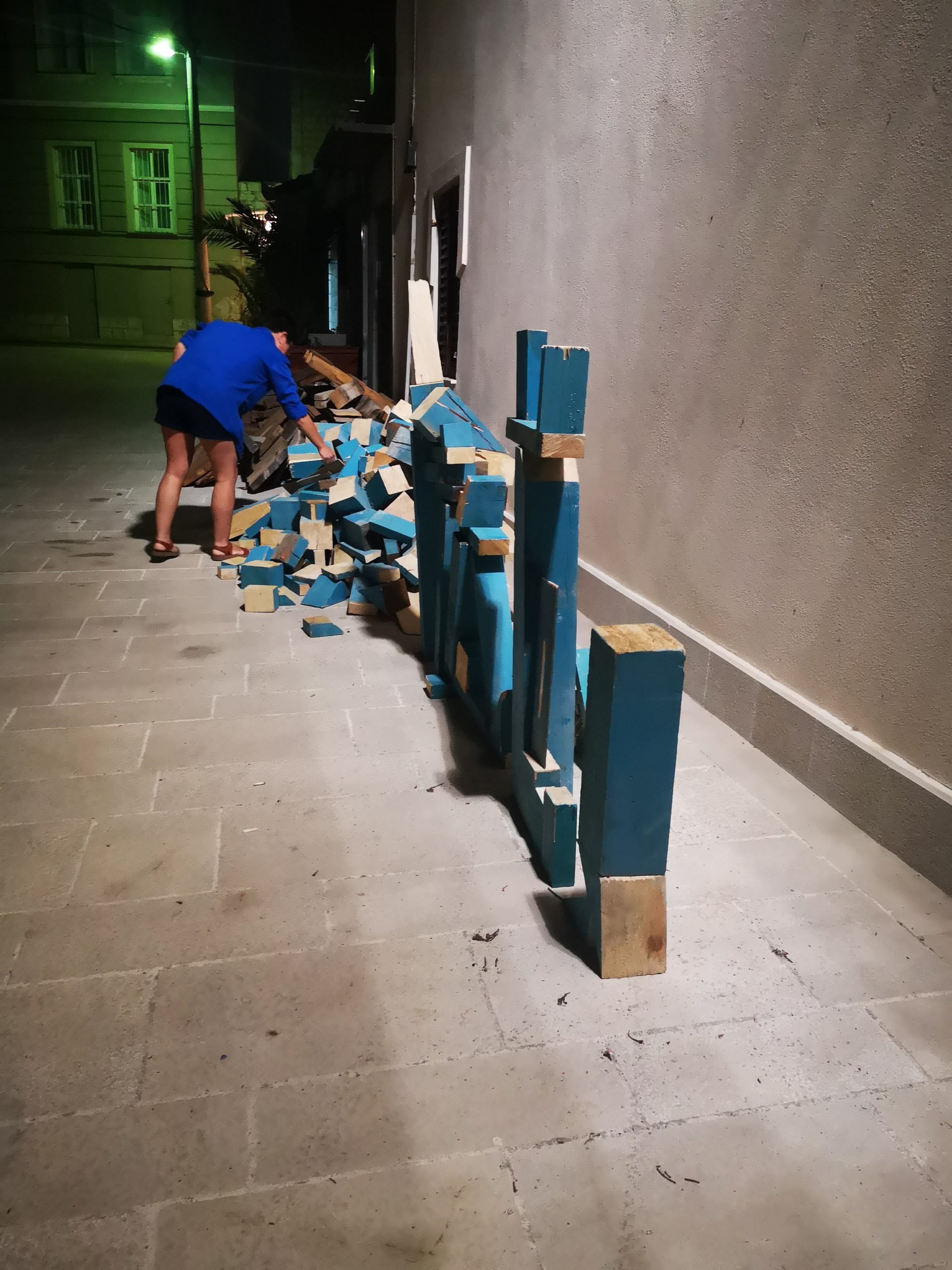
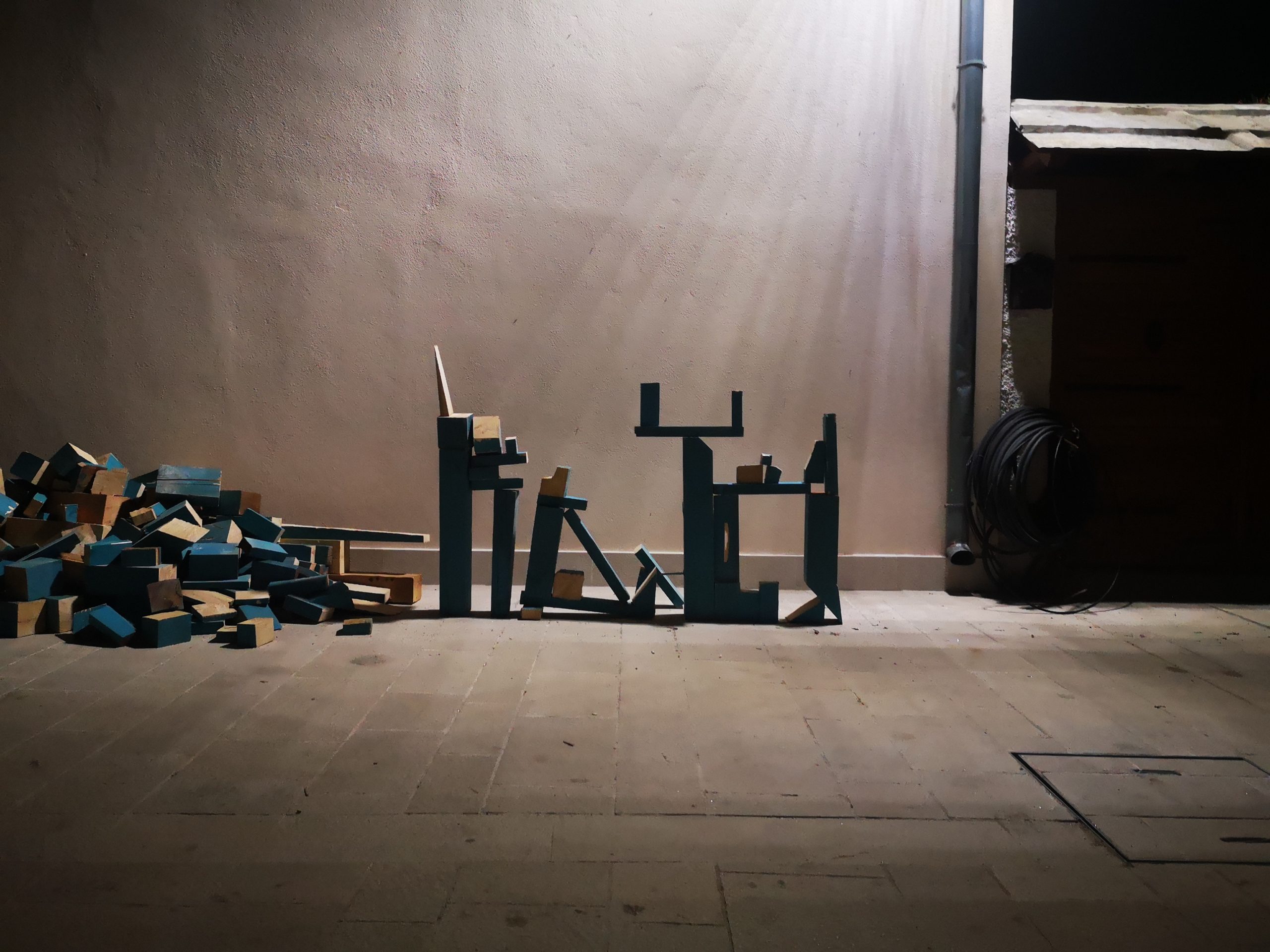
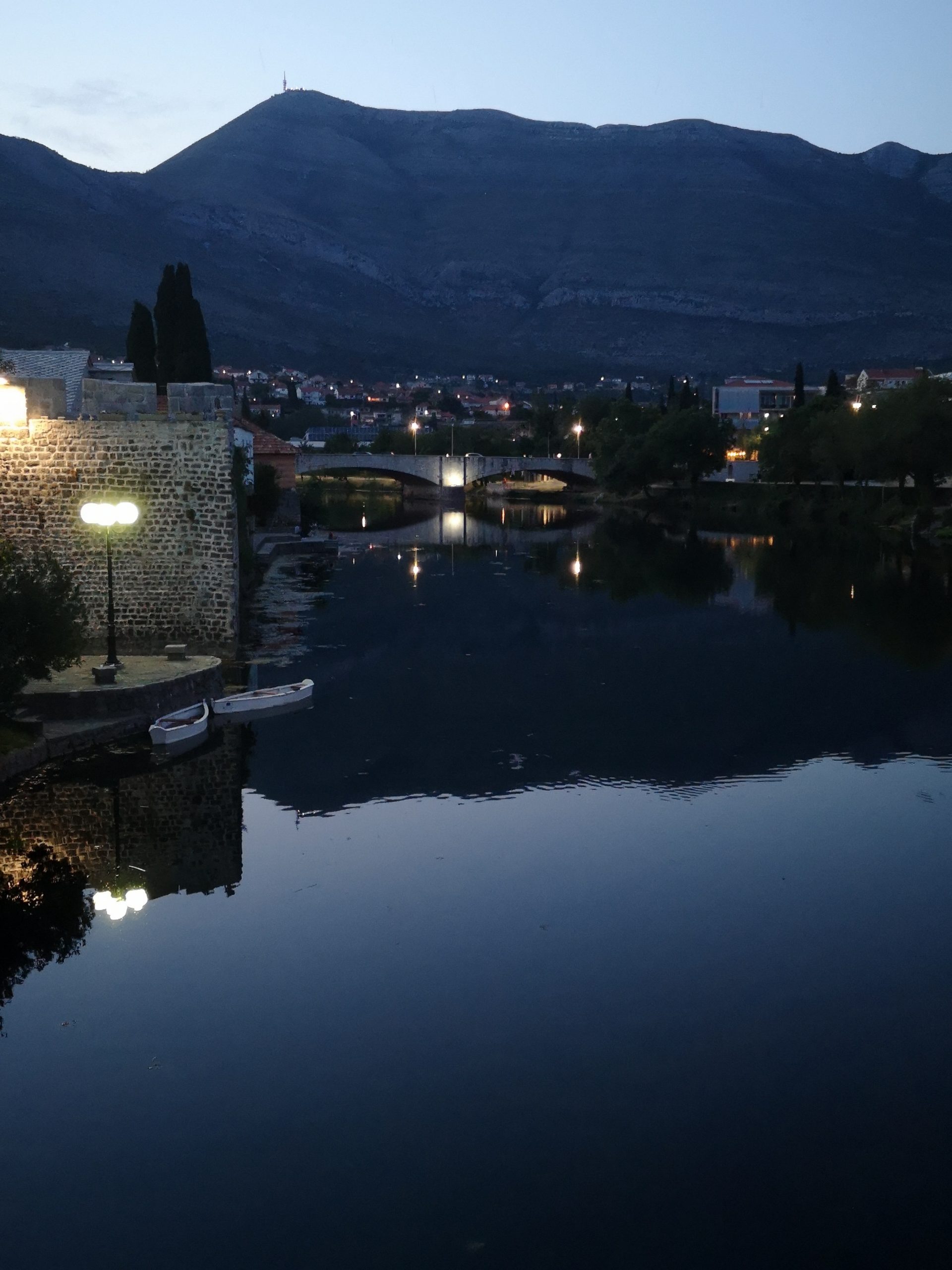
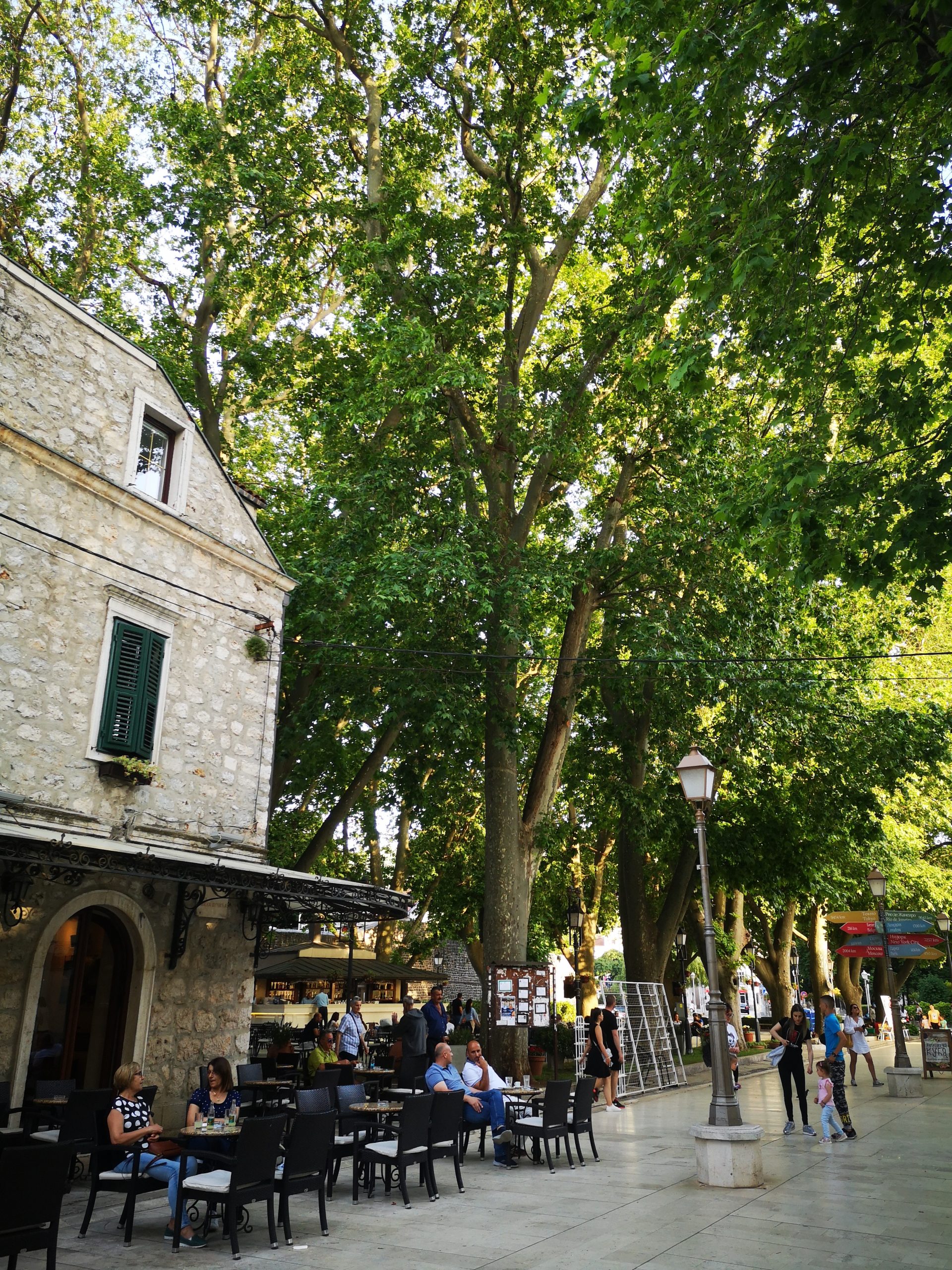
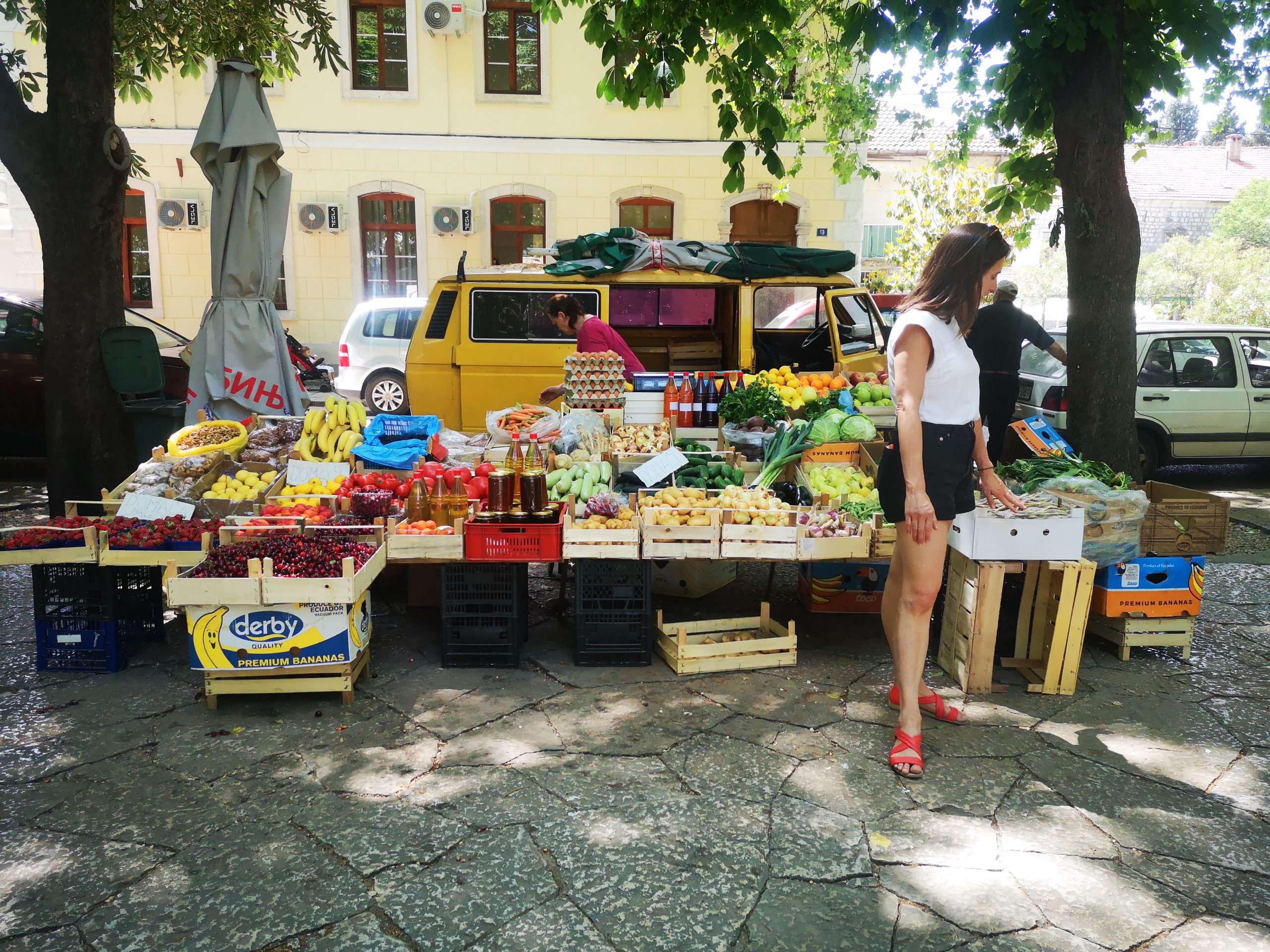
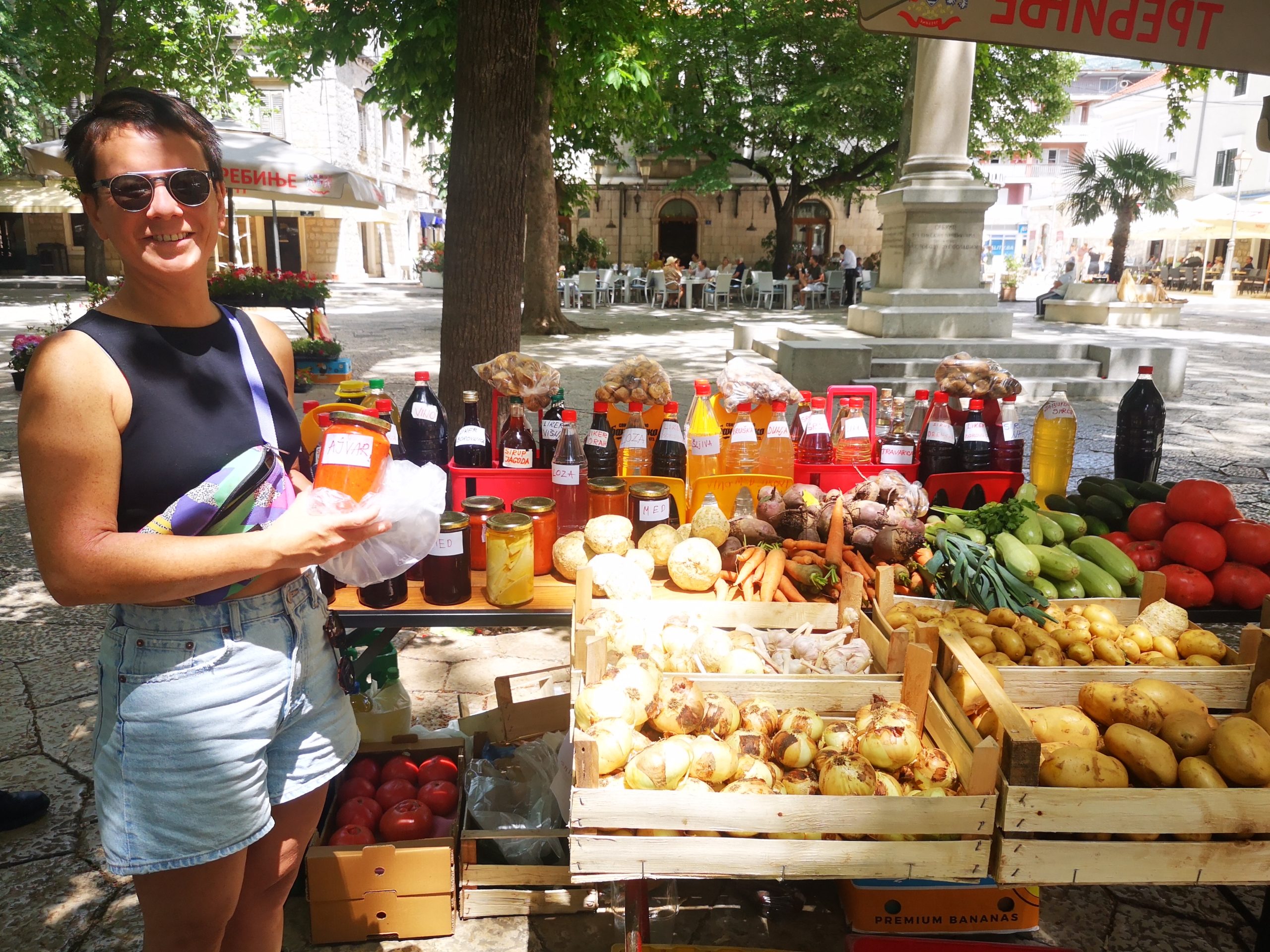
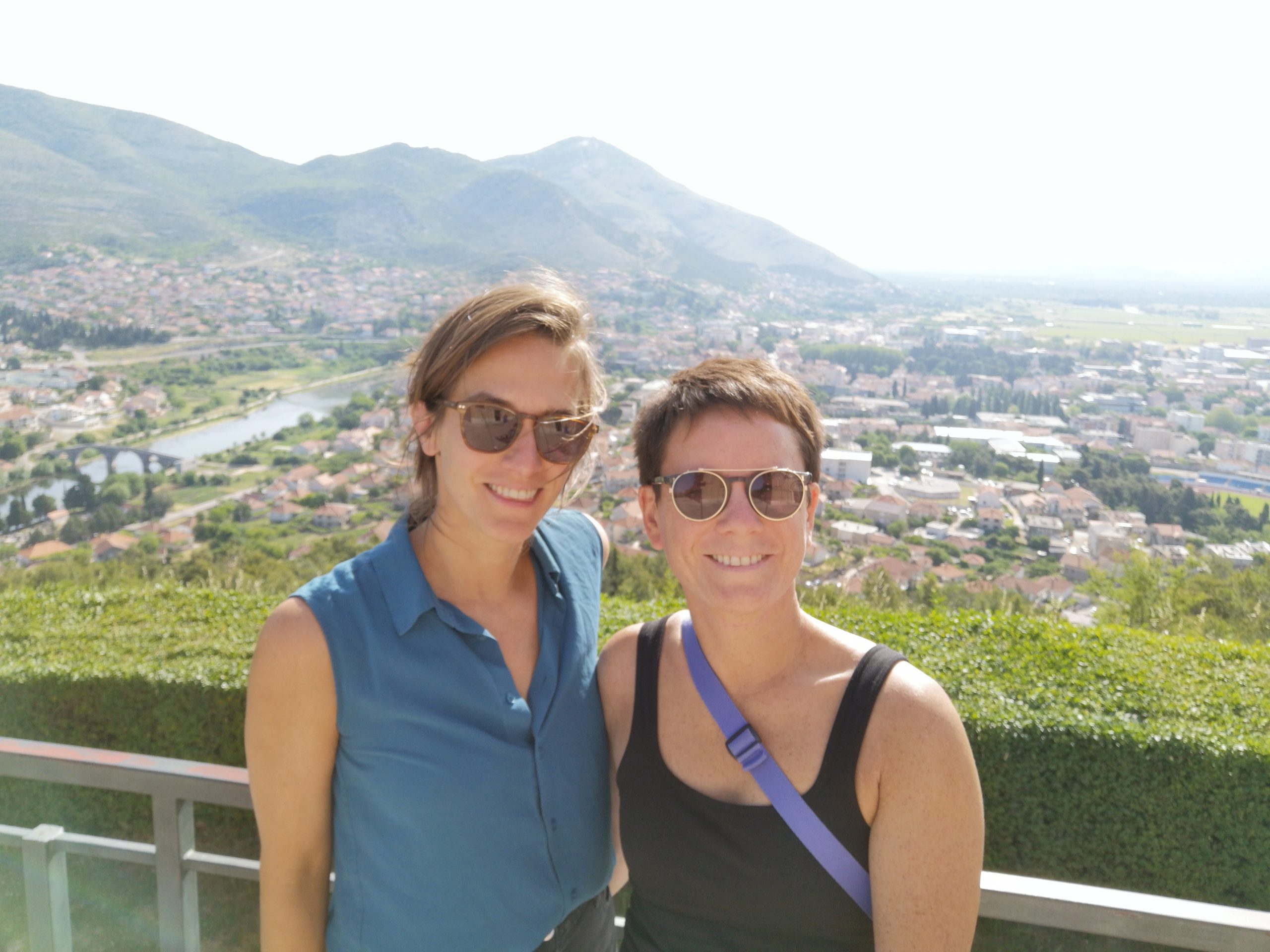
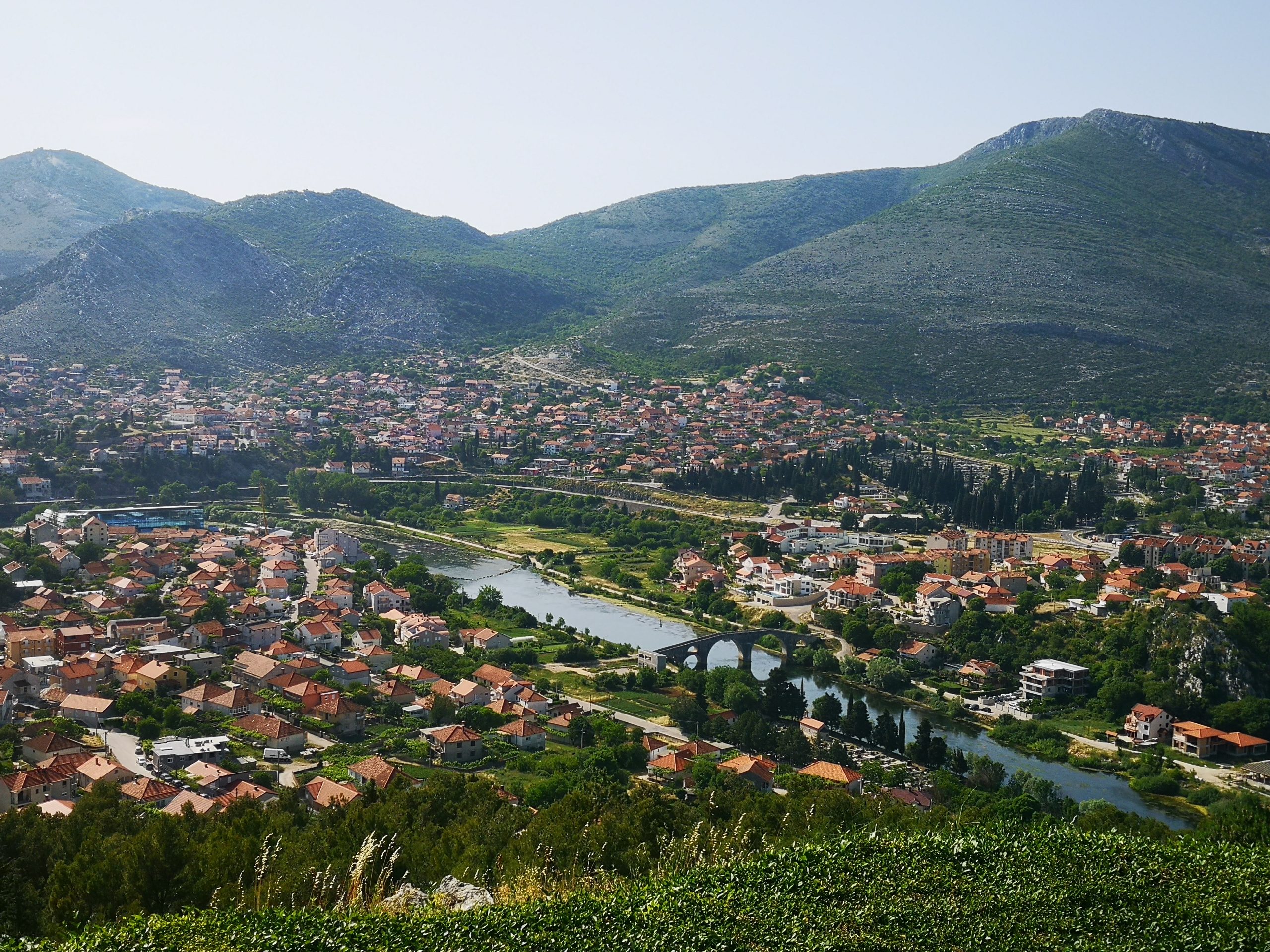
We understood the appeal of Trebinje for the Bosnians but for us we wanted more authentic Bosnia and less of what we already knew – Mostar would give us more of this, so the next day after a trot round the daily market, we eagerly popped into our car.
This next leg built on our experiences of Bosnia the previous day – lush landscapes and boundless hospitality. A quick soda stop to help with the midday heat, brought us to an unassuming, road-side local restaurant which resulted in a brandy tasting and demands to visit again; tiptop hospitality with no common language needed.
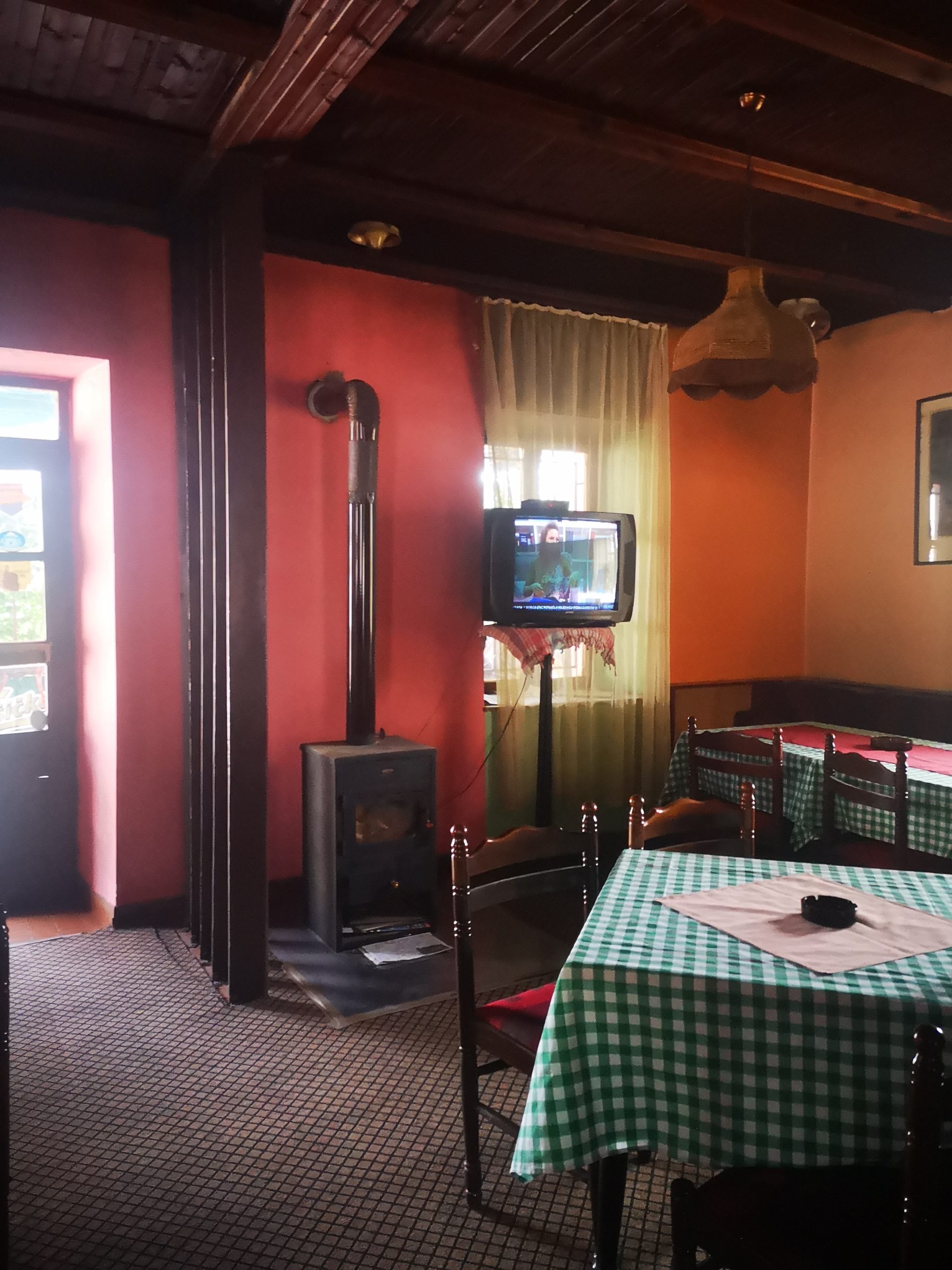
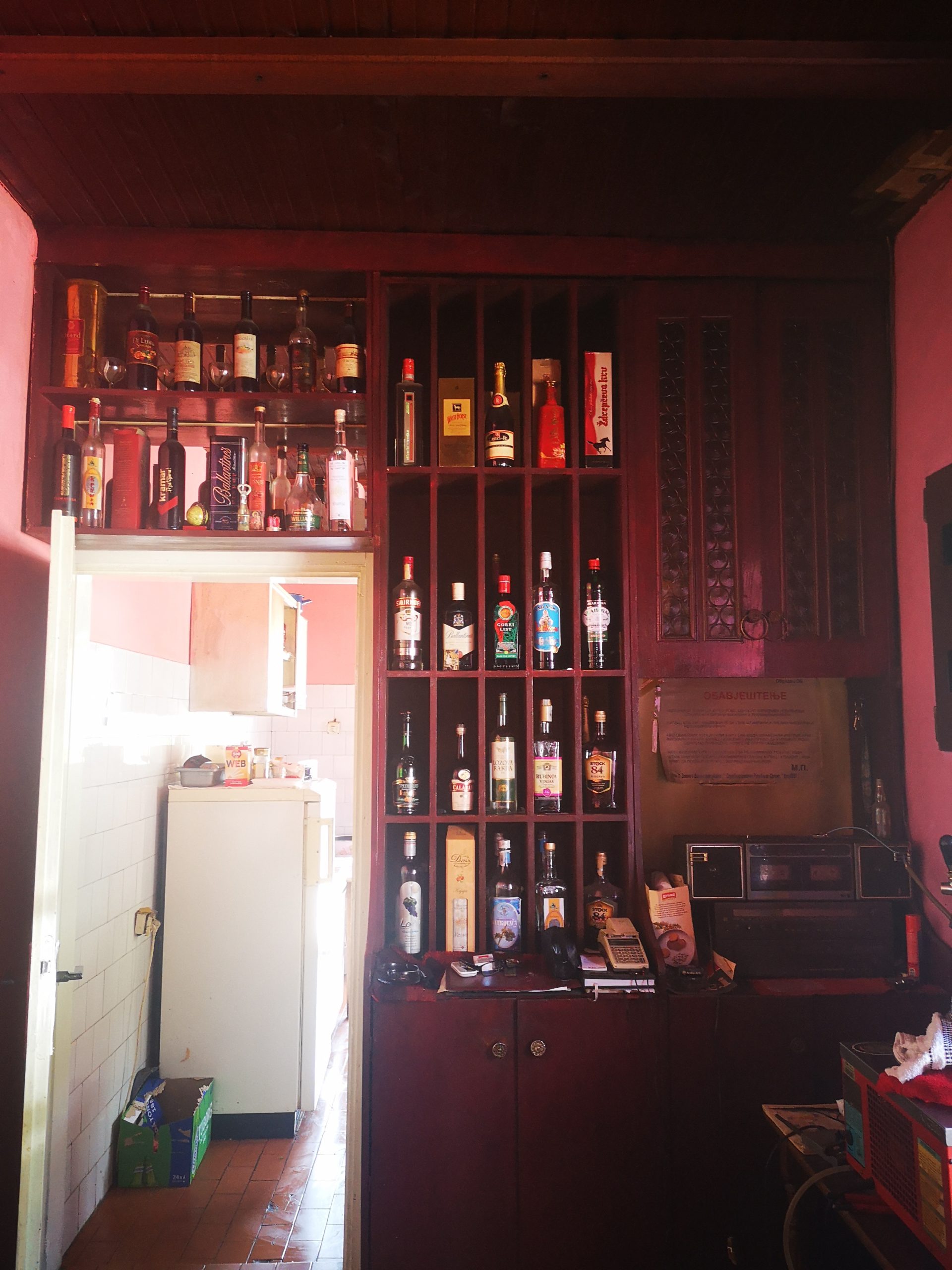
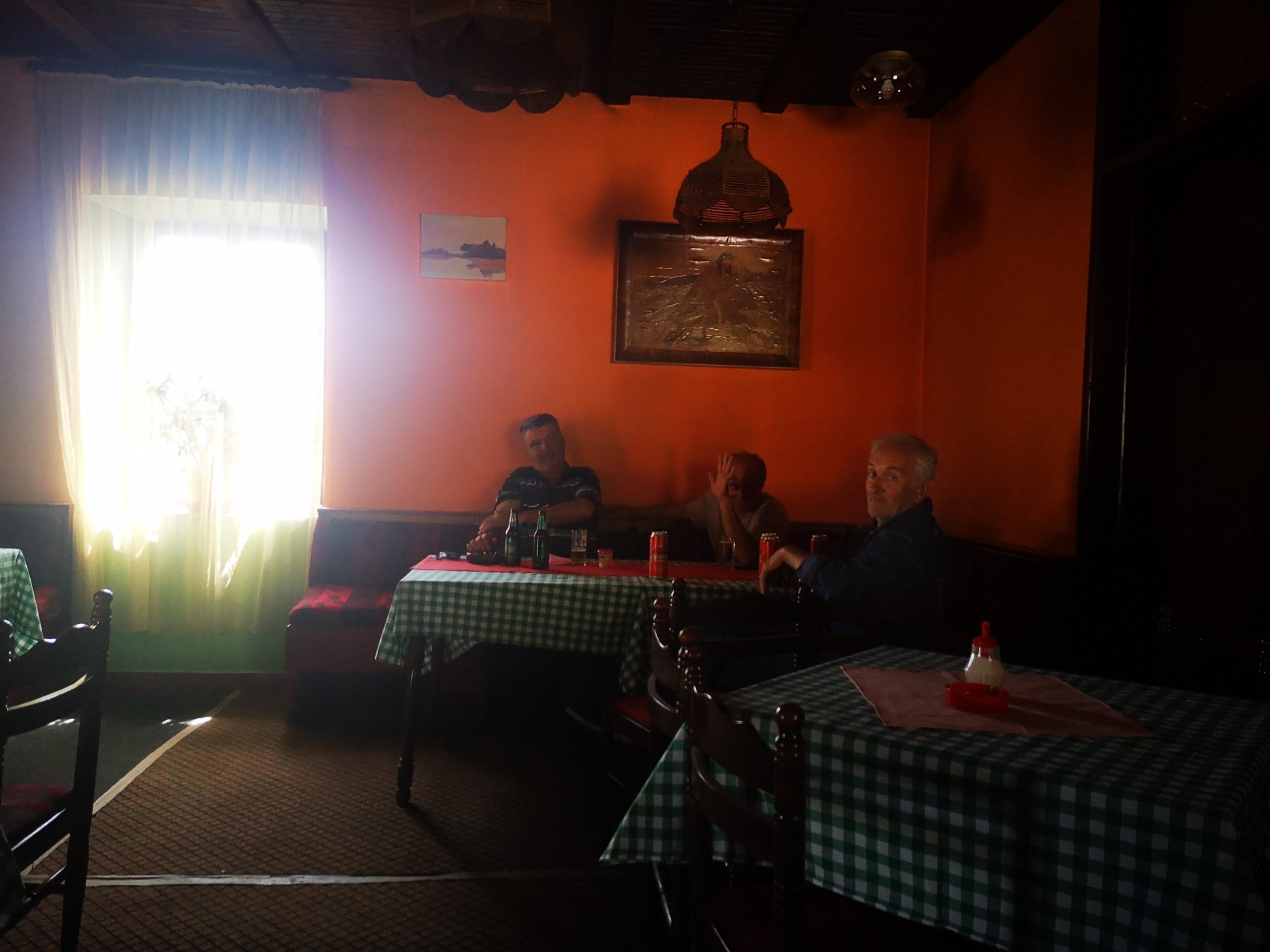
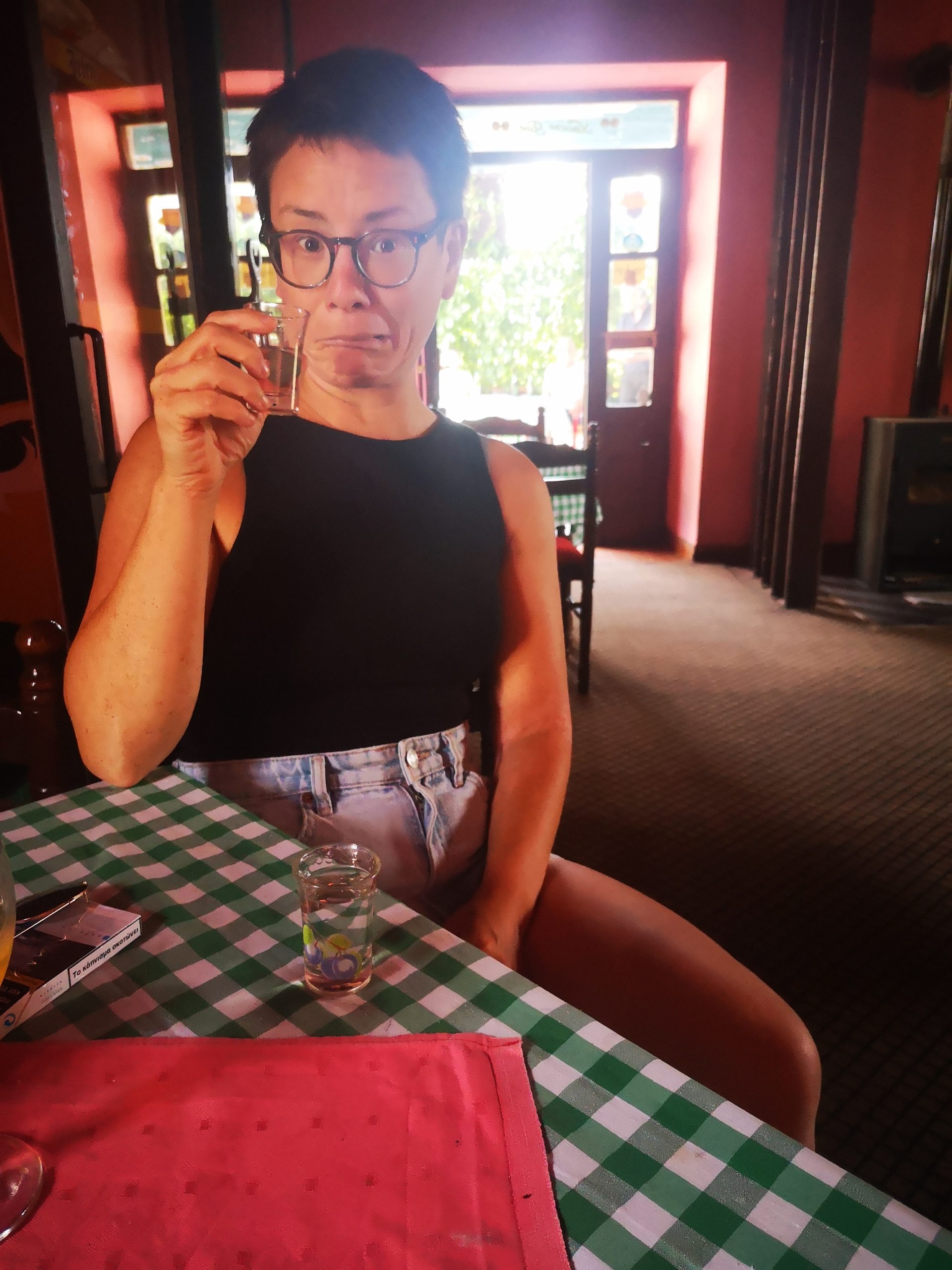
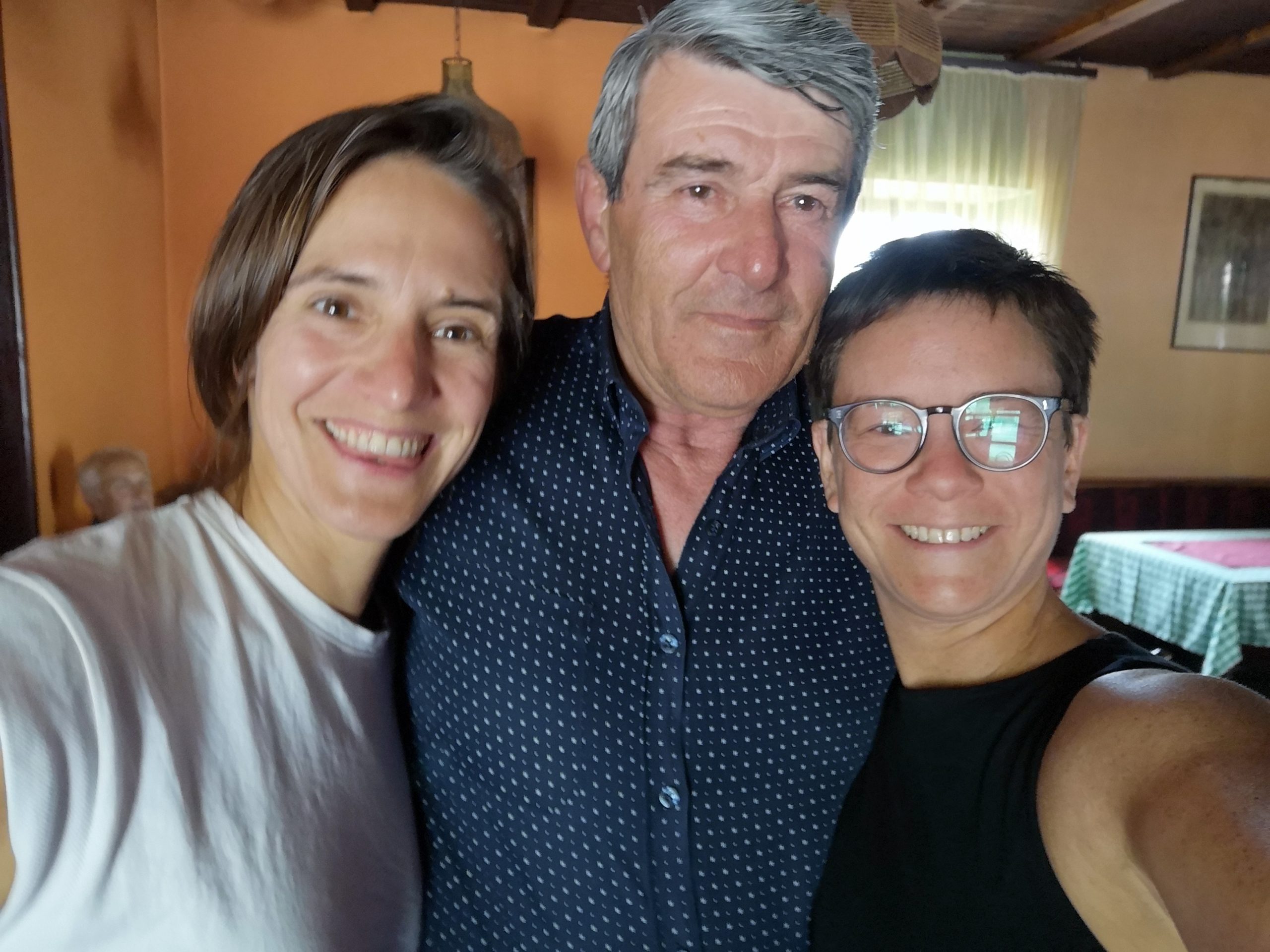
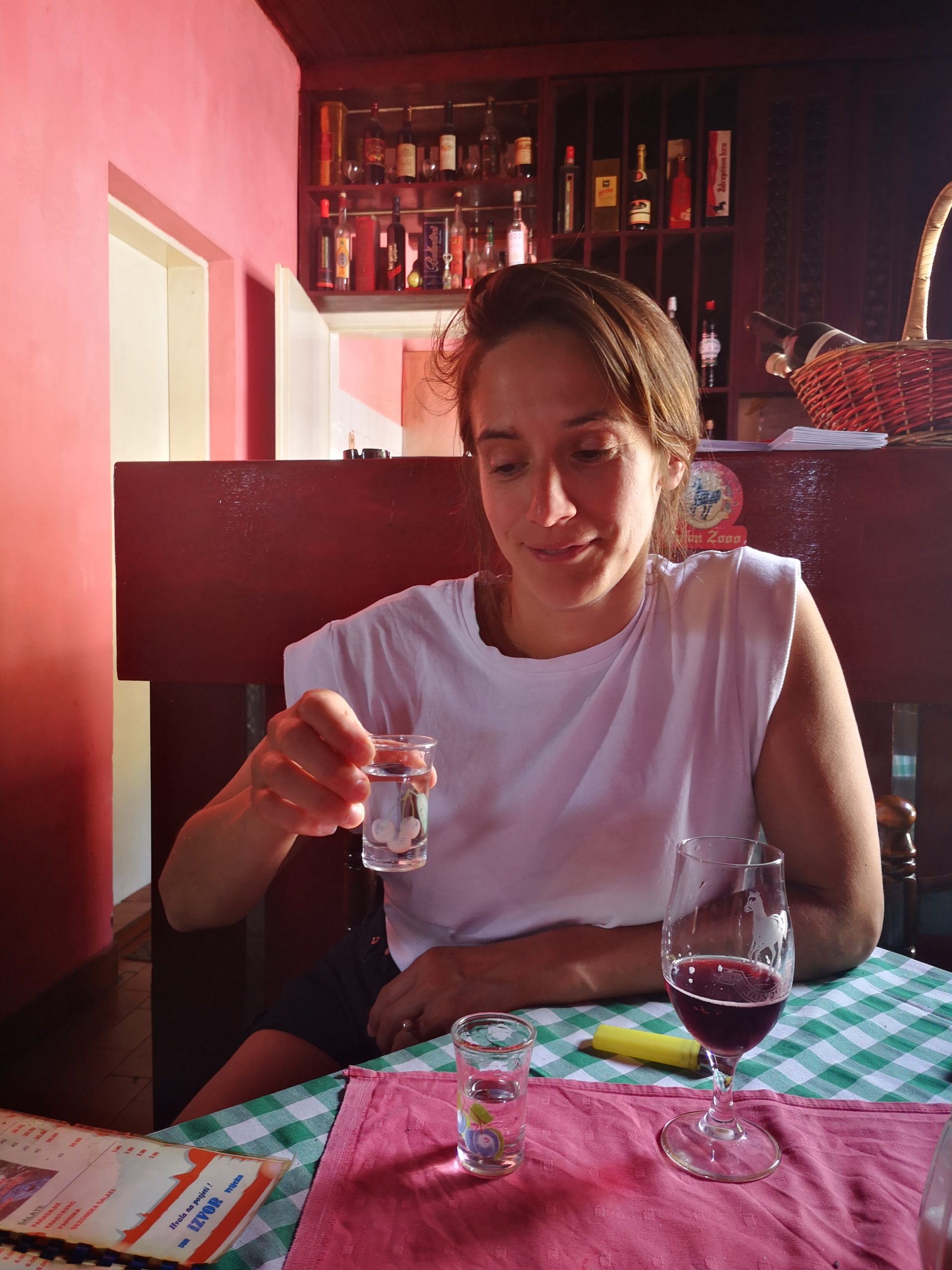
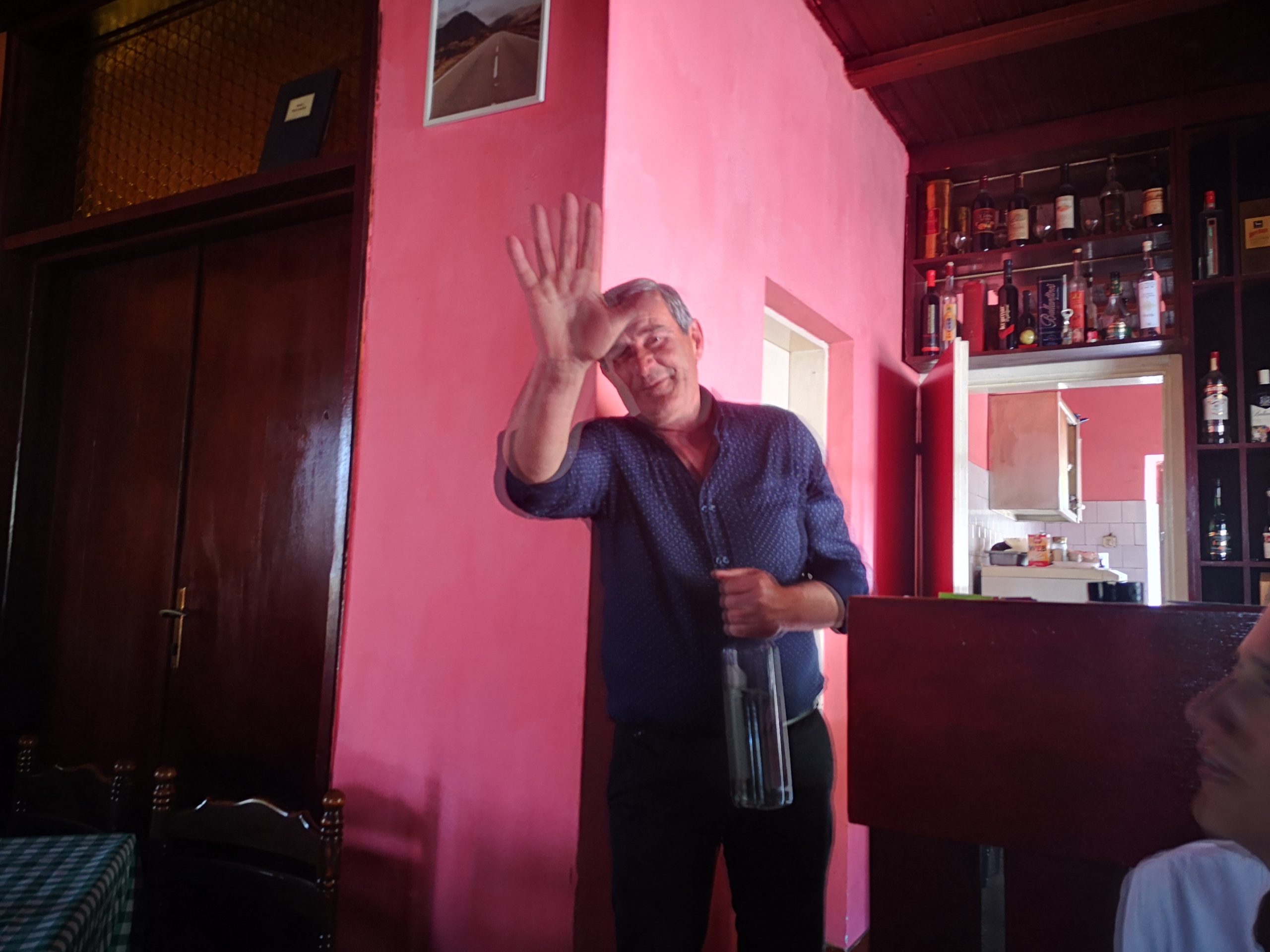

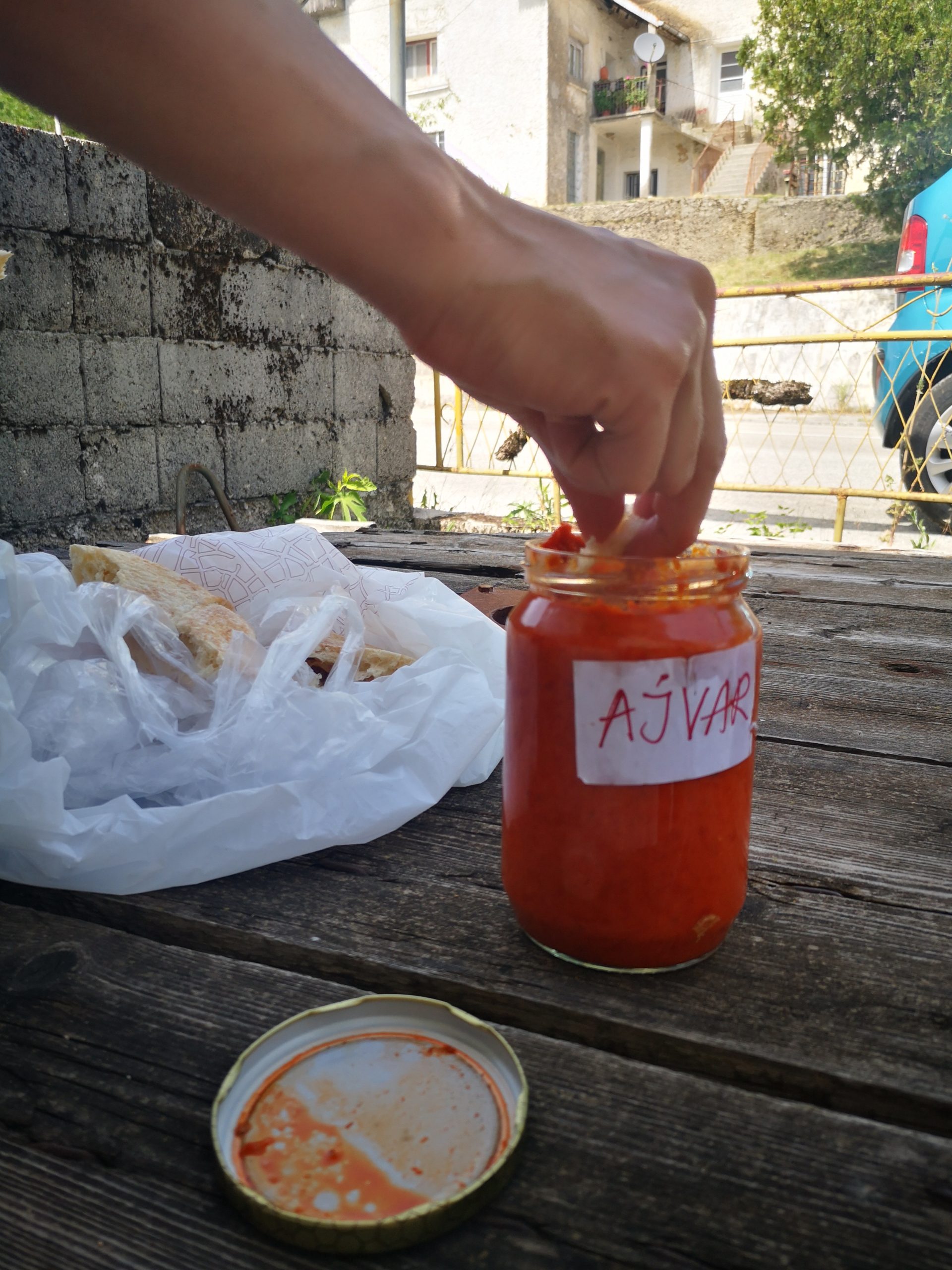
On our merry way we continued to be astounded by the landscape and vowed to spend more time here in the future, as just whizzing through is not acceptable.
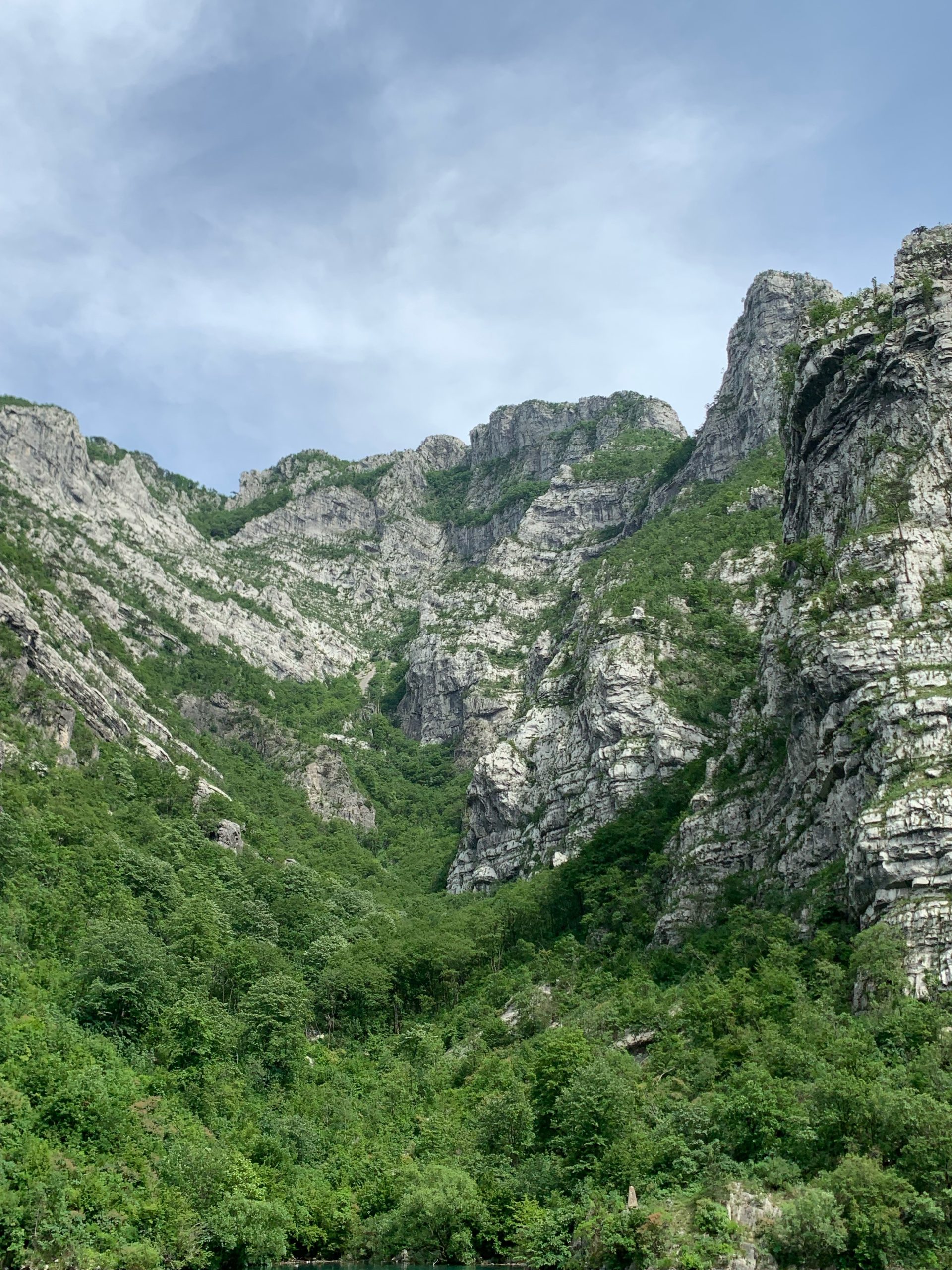

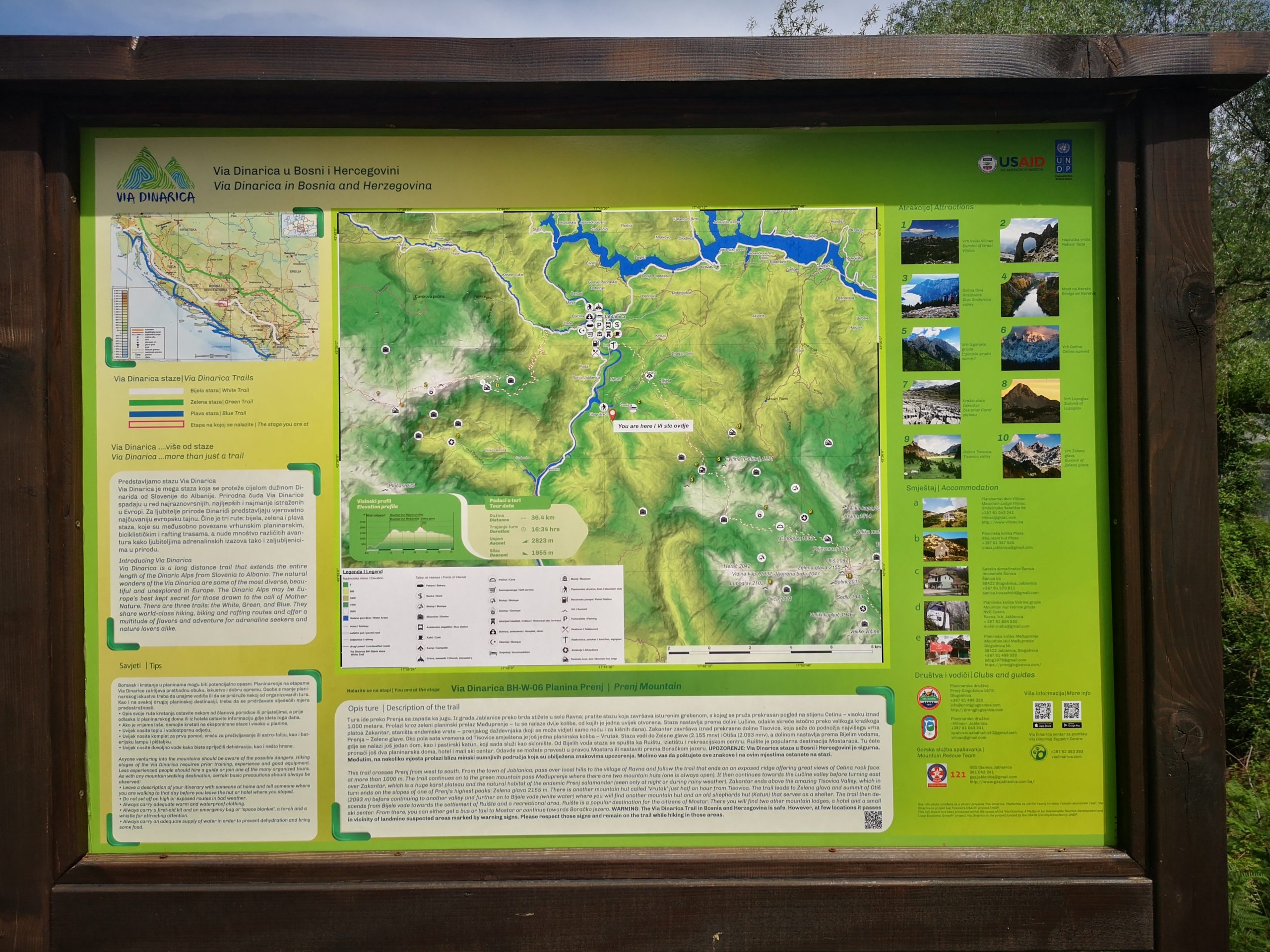
We arrived to Mostar around dusk and immediately went to investigate the town. Mostar is one of the places in Bosnia that had the heaviest shelling and bloodiest battles during the years of 1993-94 of the Yugoslav war.
The conflict is still very much felt by the residents – architecturally, you are surrounded by reminders; pock-marked buildings, blown up fronts, empty building carcasses. It seems purposeful to keep these reminders up – they could have been repaired, repurposed or demolished, but they haven’t.
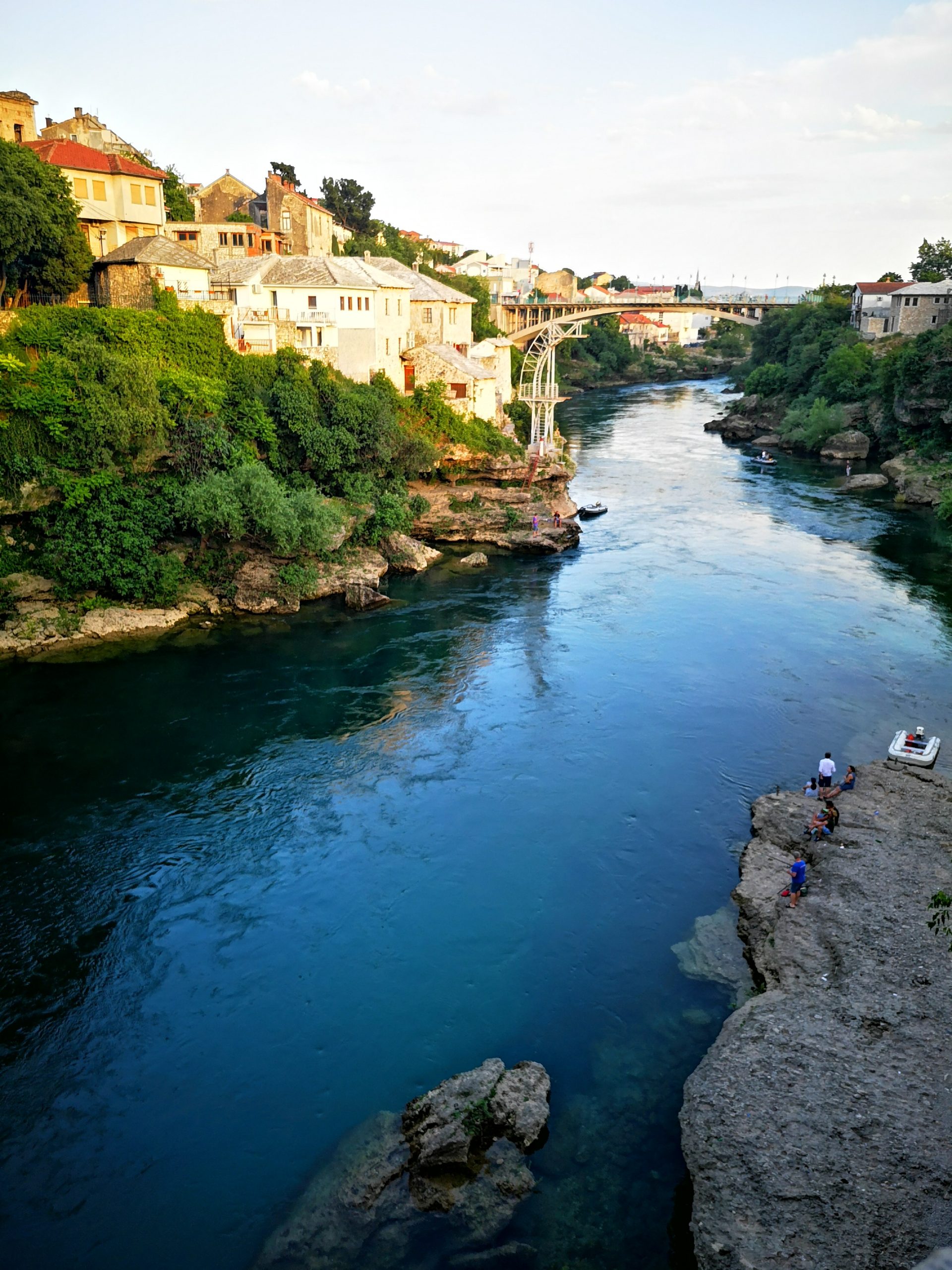
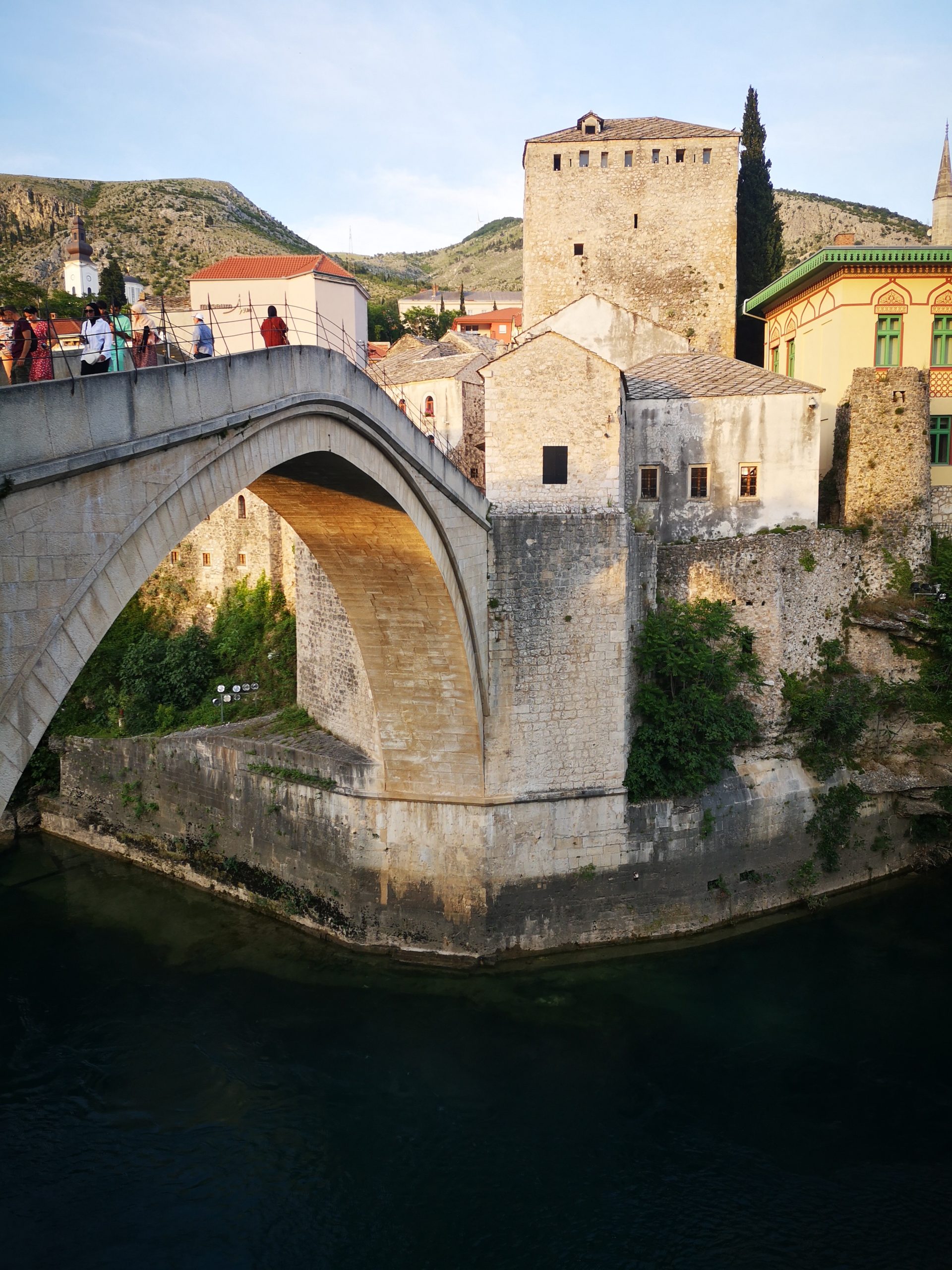
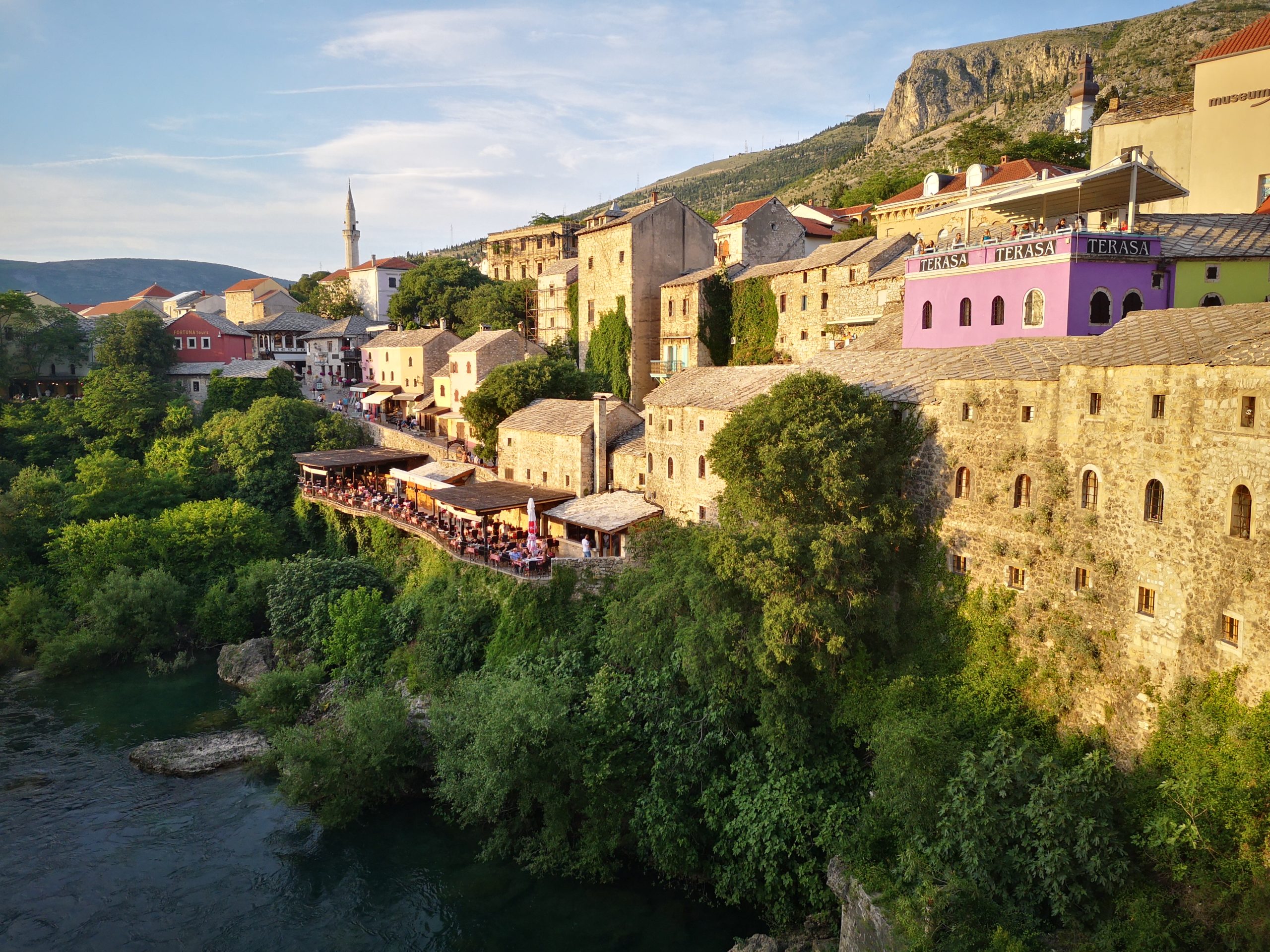

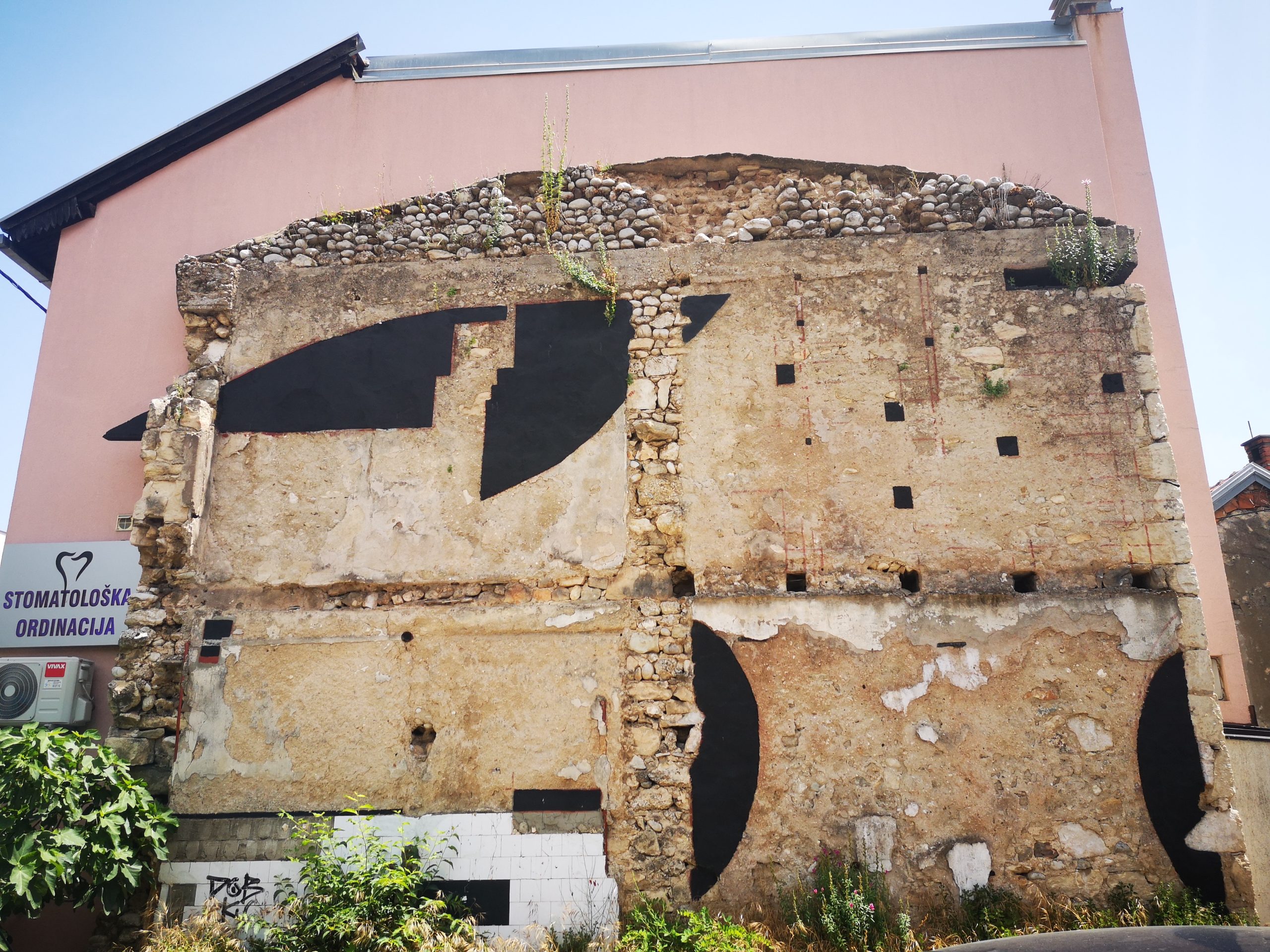
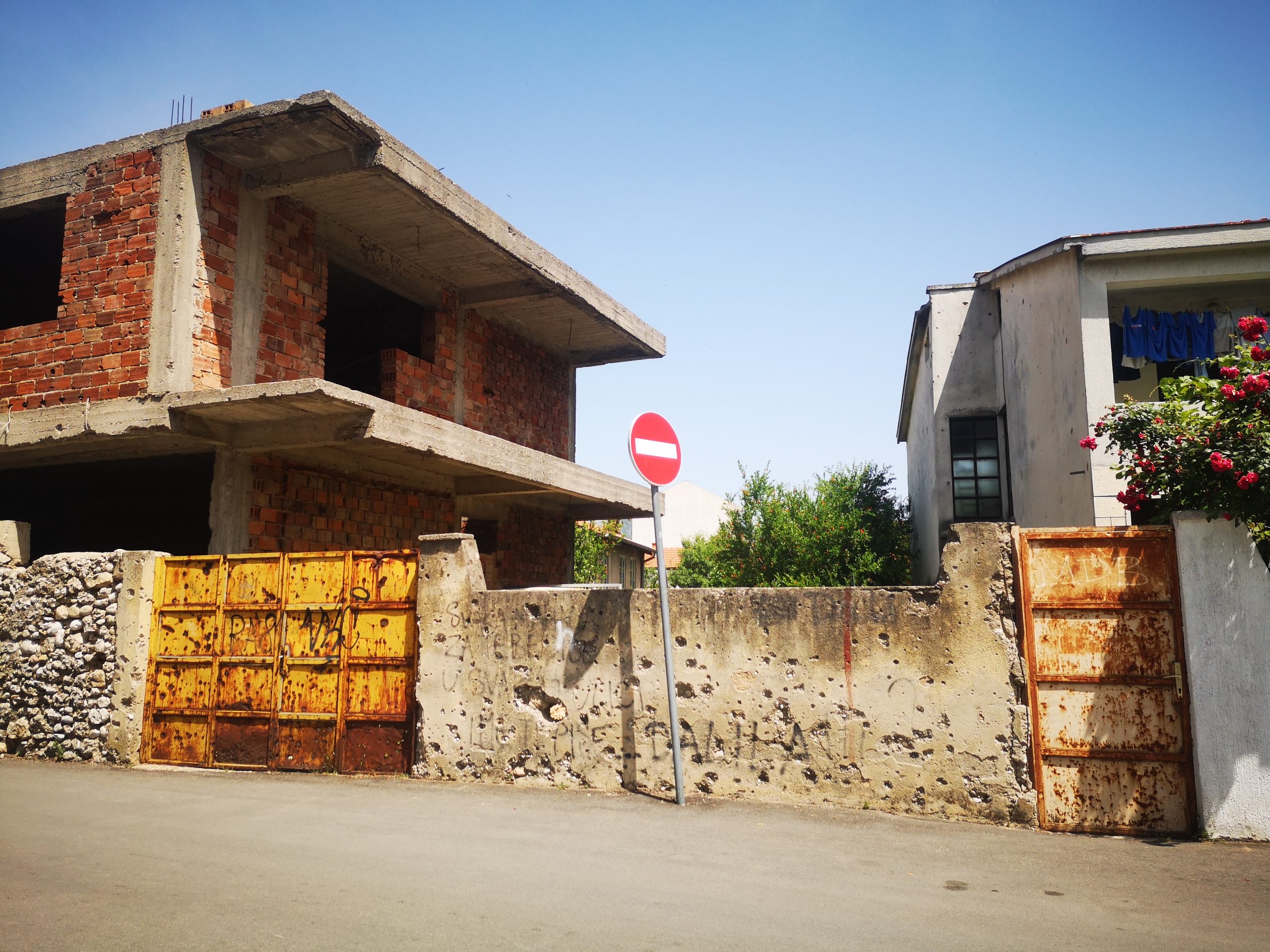
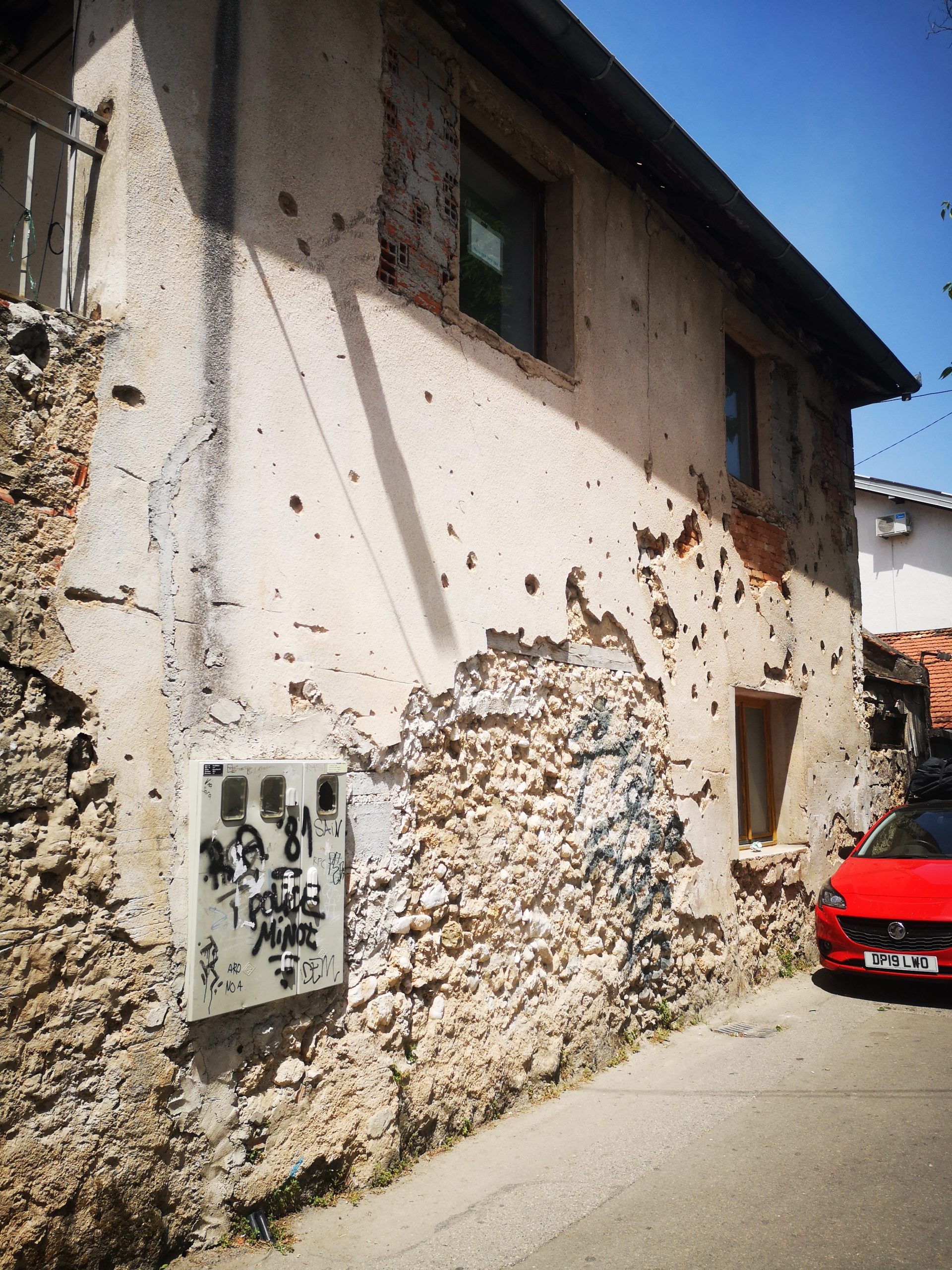
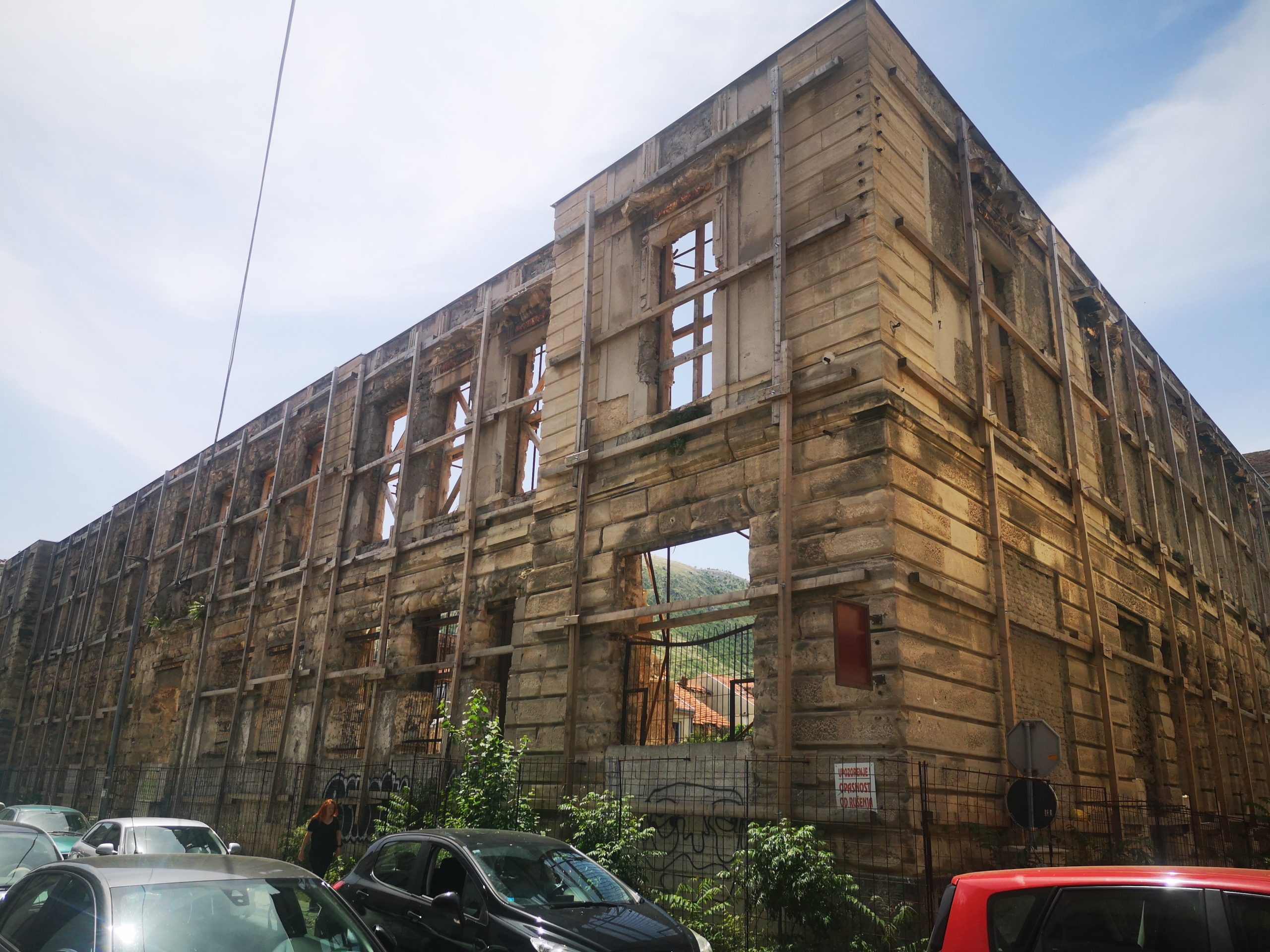
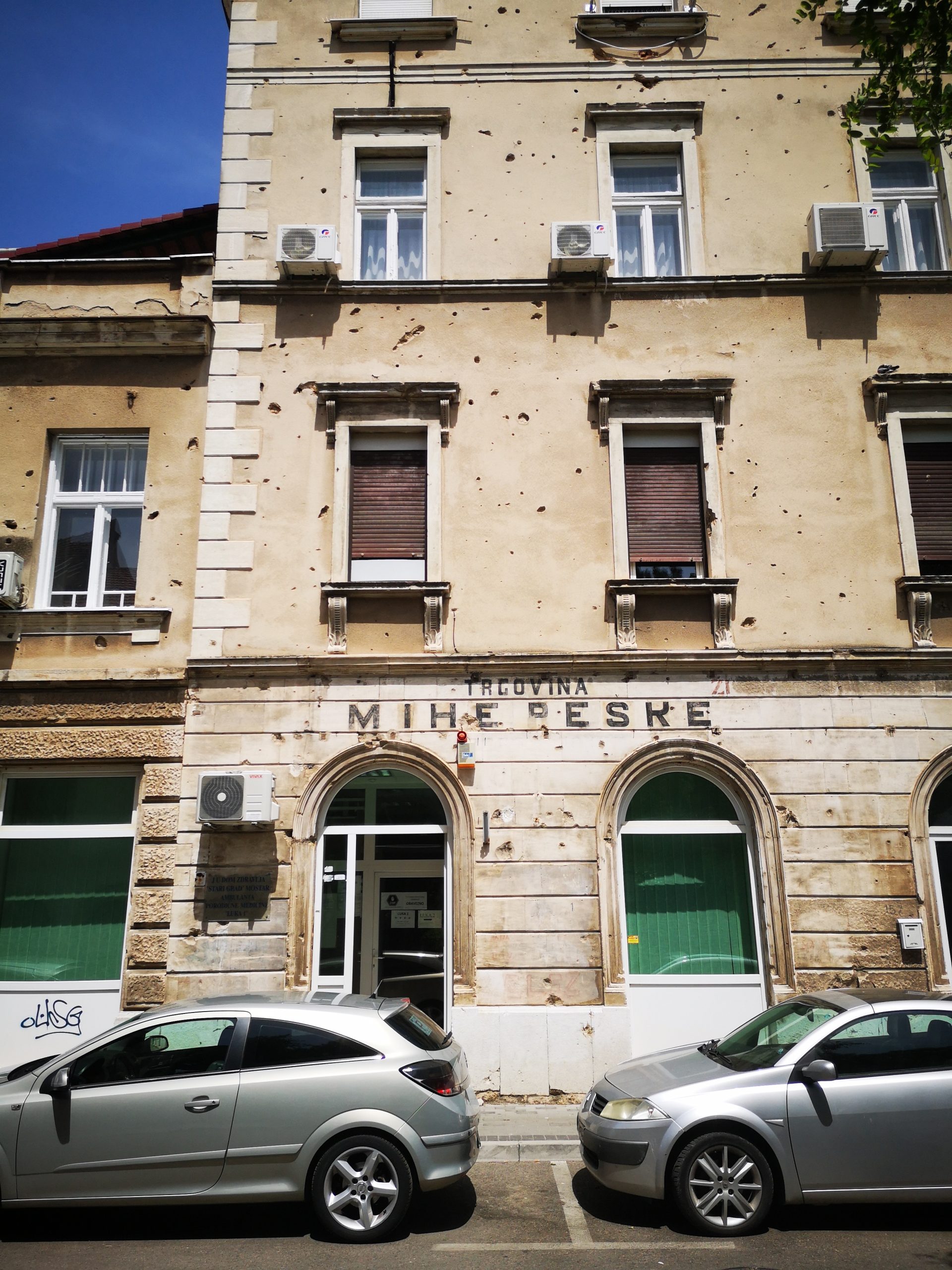
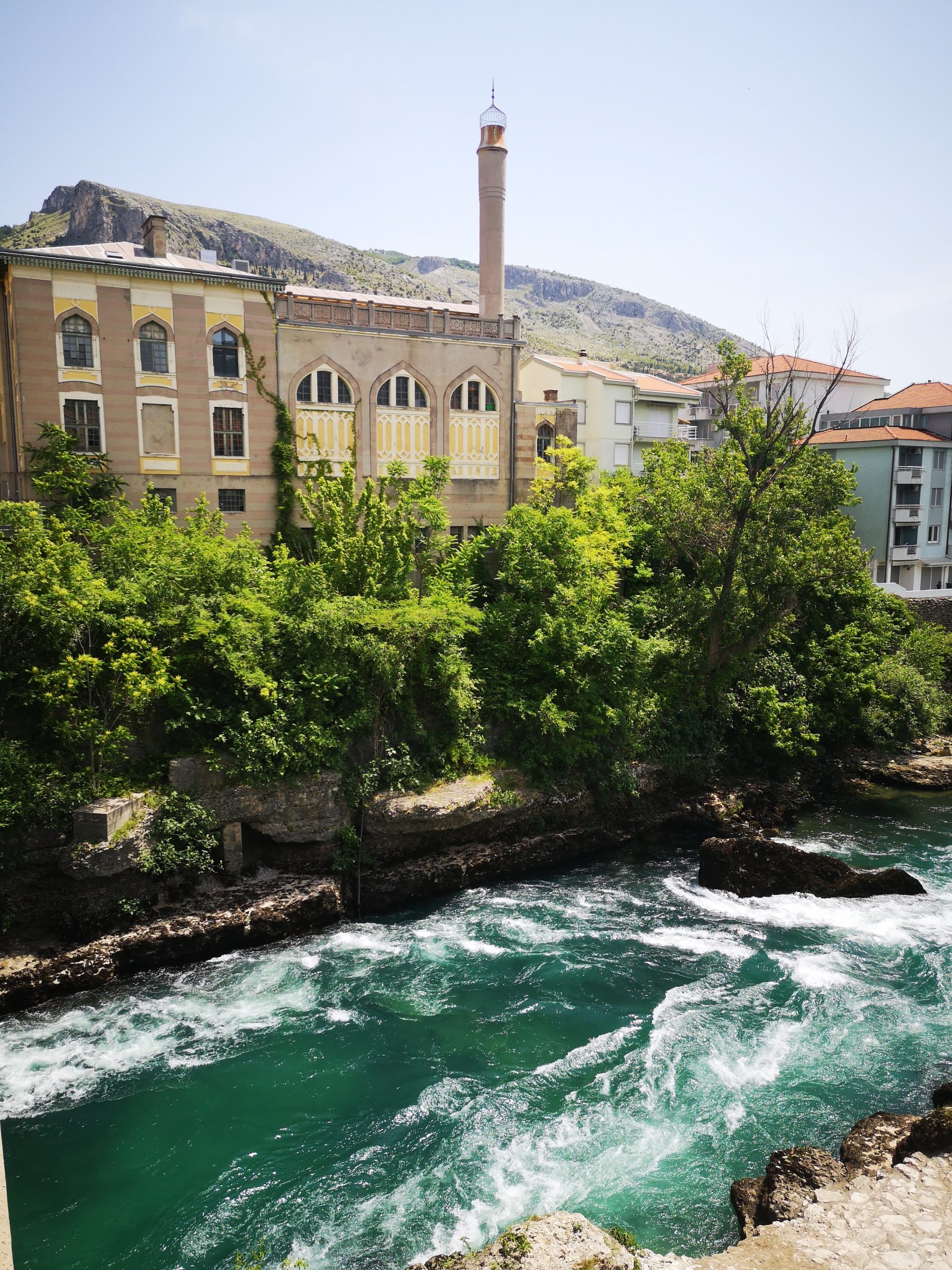
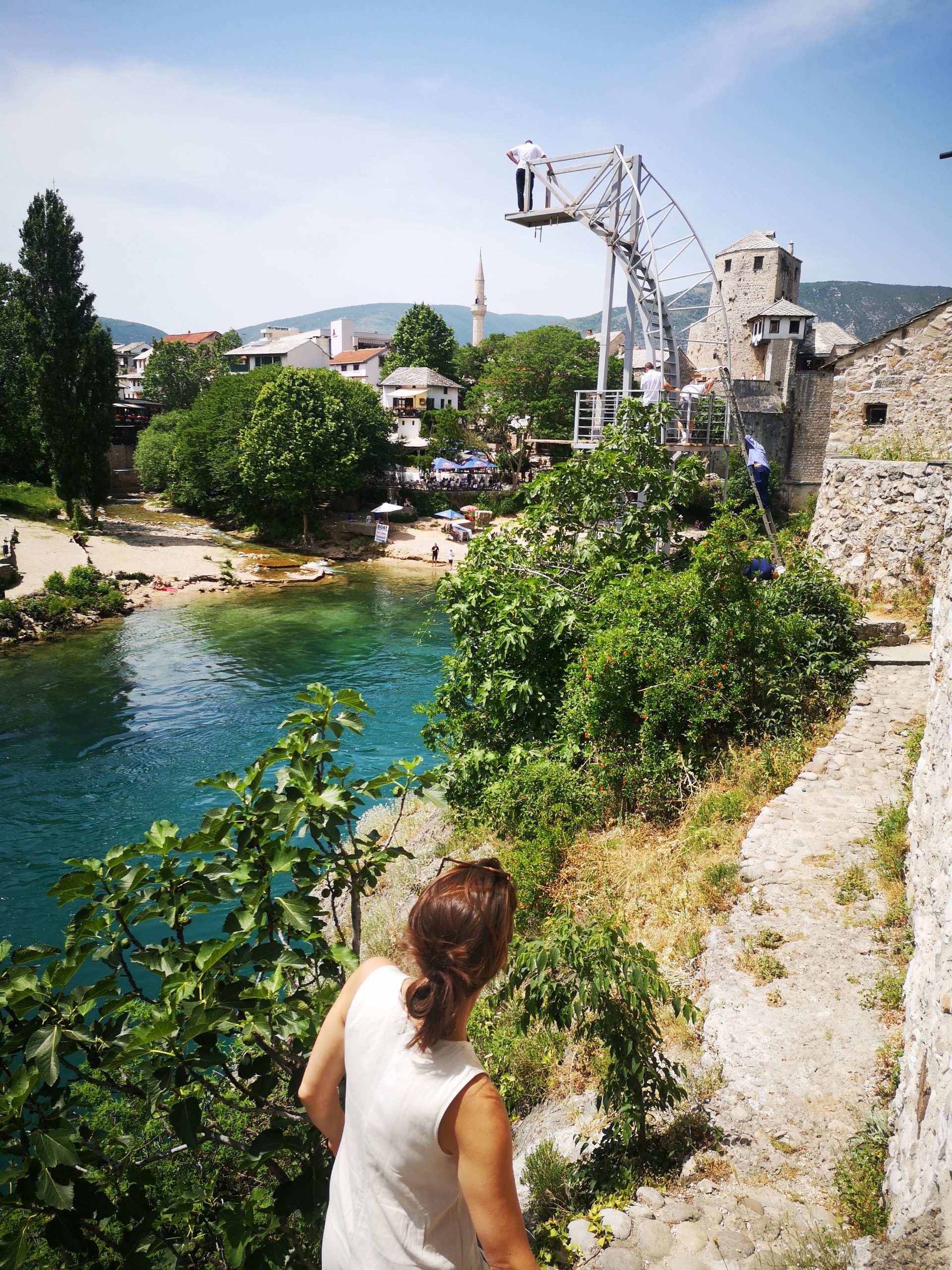
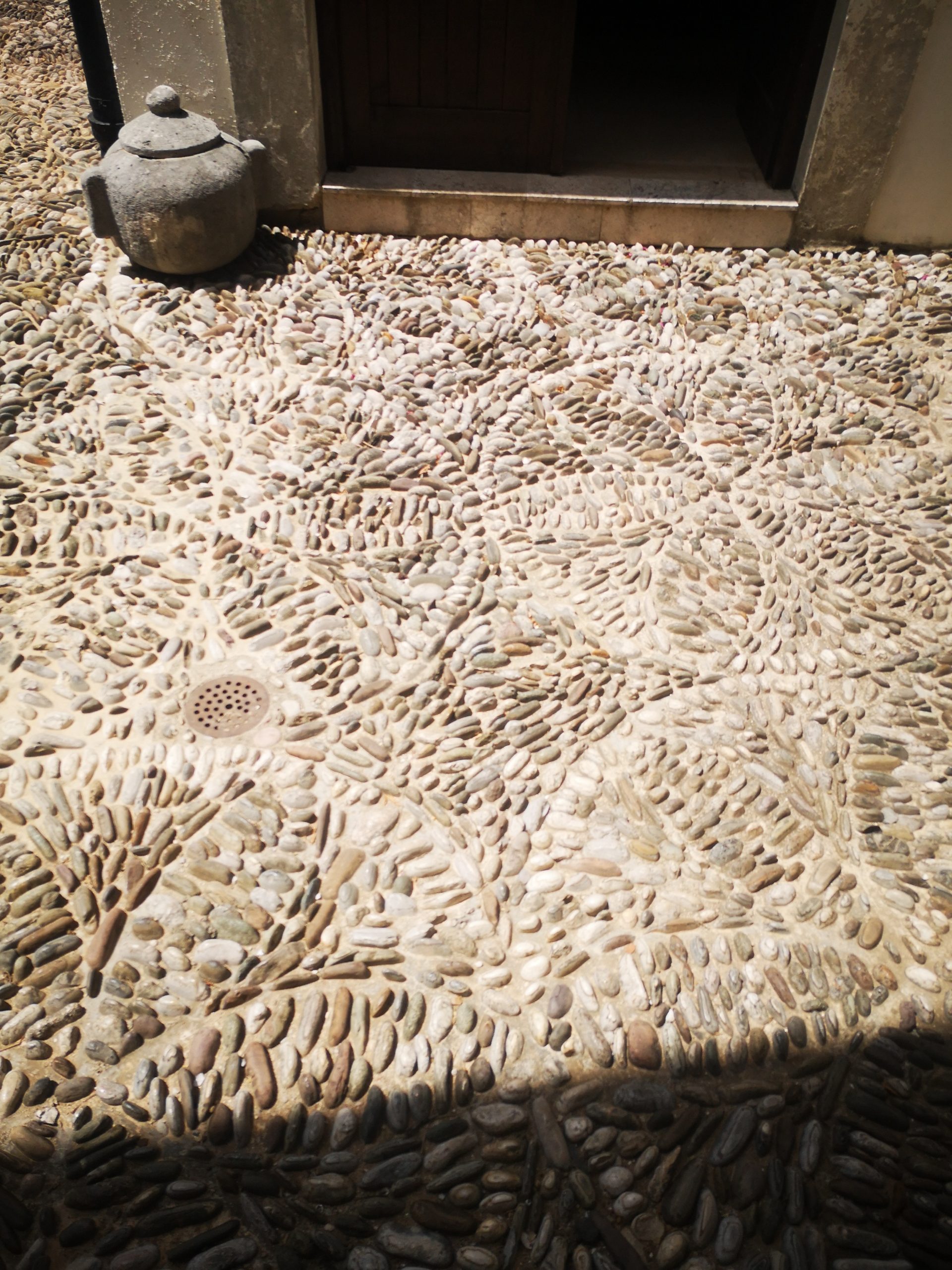
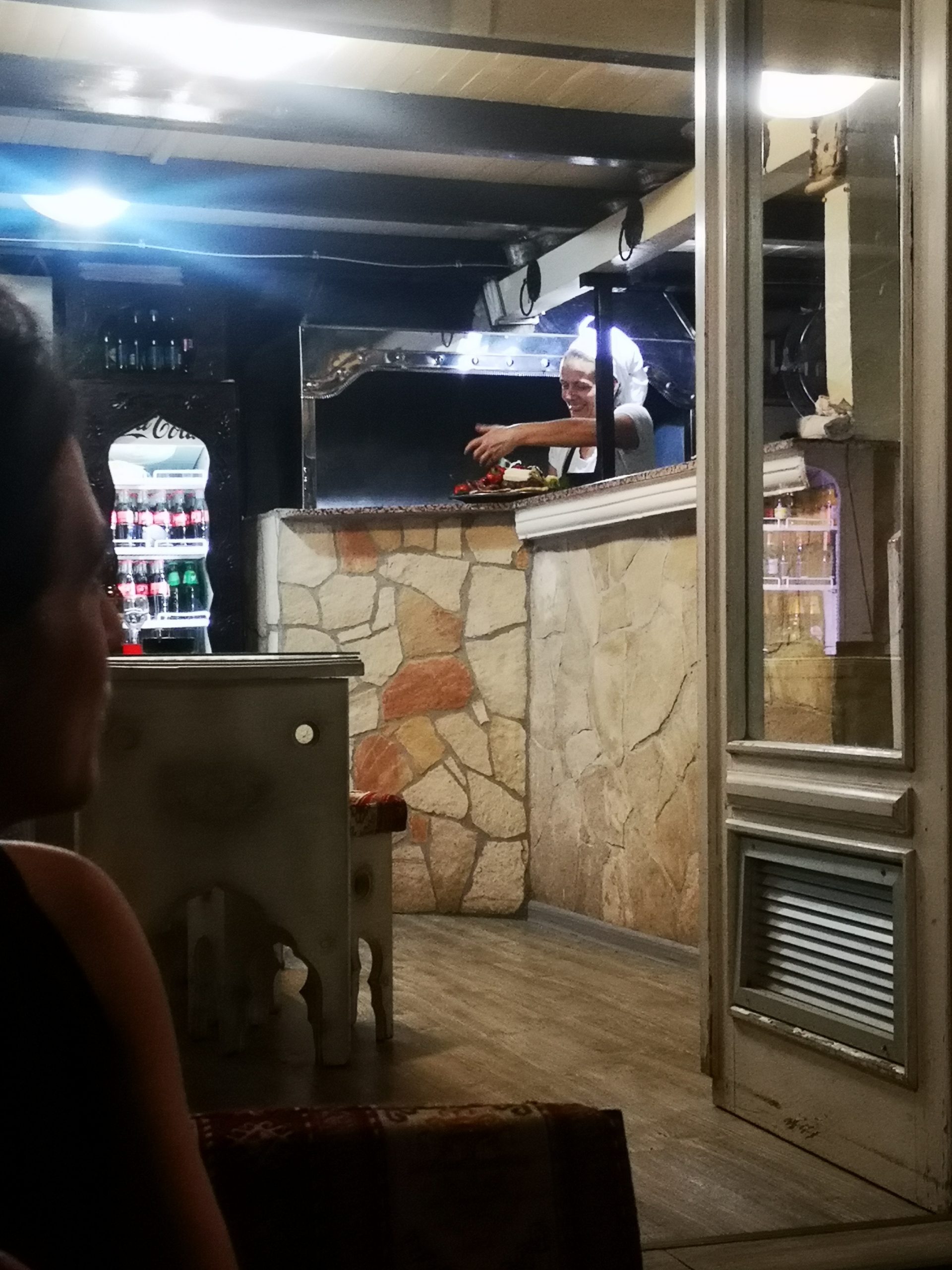
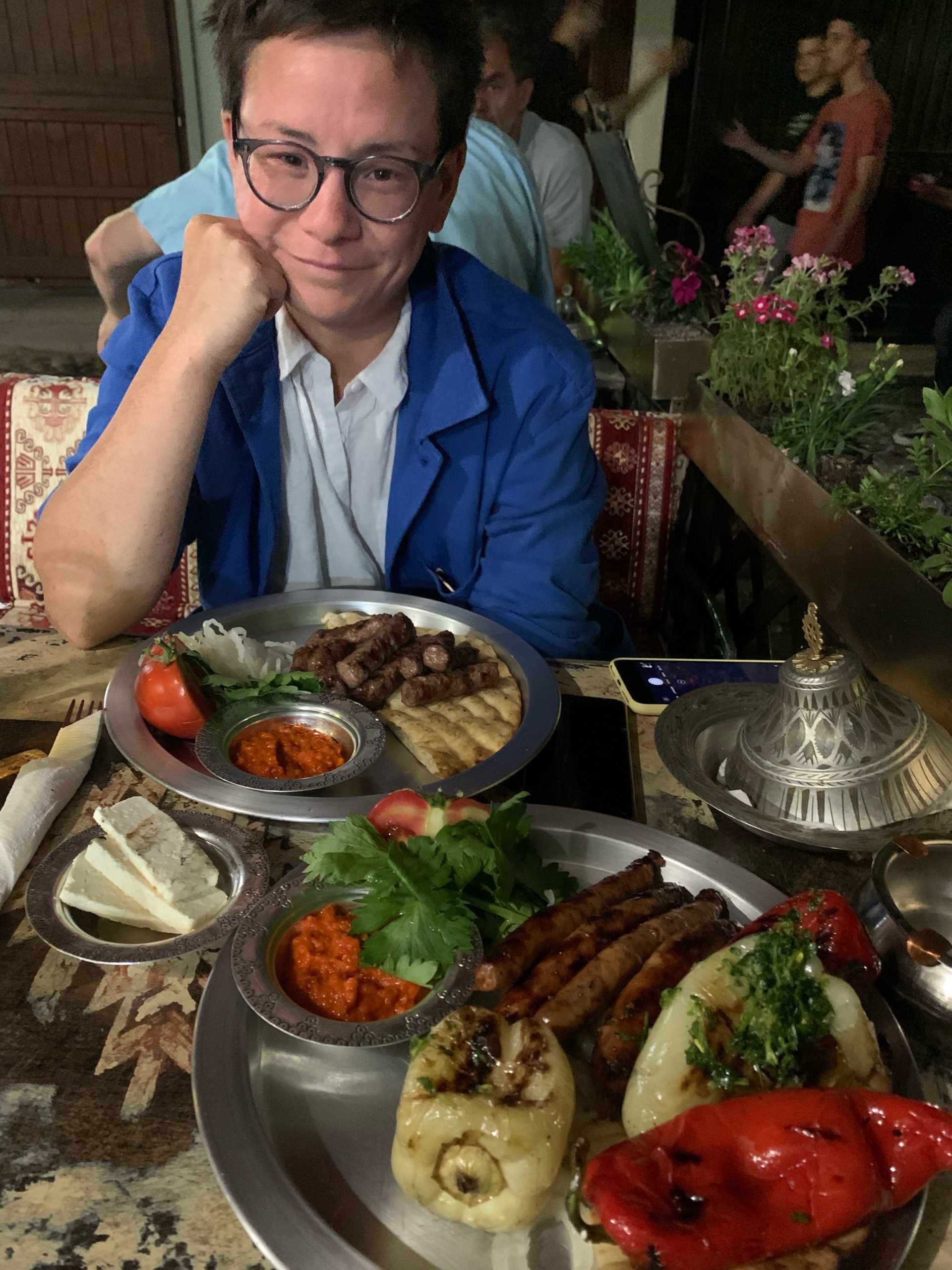
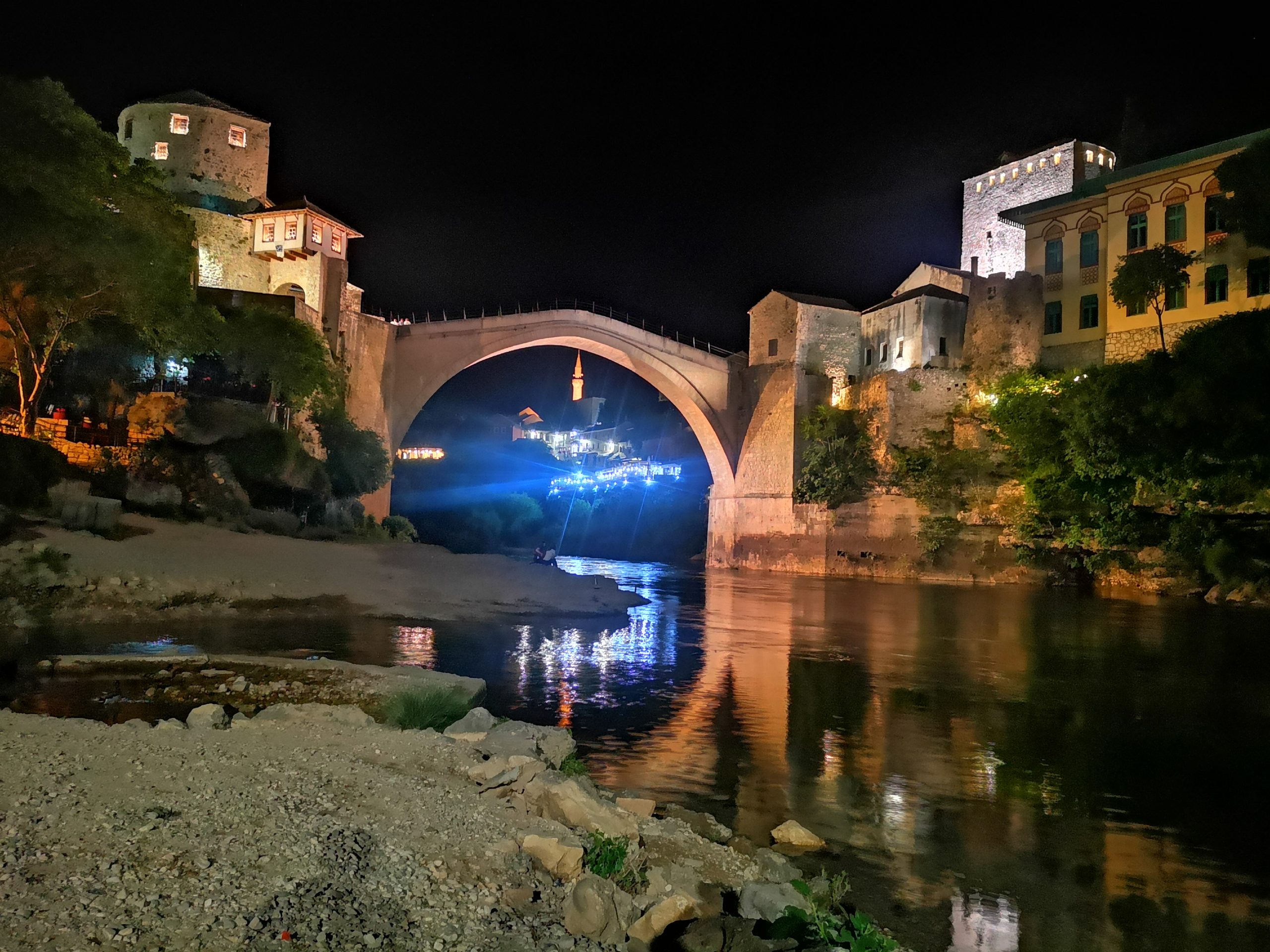
The iconic Ottoman-built Mostar bridge (Stari most) was blown up by Croatians, but this was rebuilt with the help of the EU subsidies in 2004. This rebuilding was significant to the people of Mostar, attempting to rebuild the deep divisions between Mostars’ residents and faiths, as well as the continuation of the famous jumping competitions off it.
Wanting to know more about the conflict but not sure if we wanted to go to the Museum of Genocide, we went to a gentler one, xxxxxx. This museum was dedicated to xxx, Tito’s right hand man, it was his old house. Here we learnt a bit more about the history of Yugoslavia, the key players and also a bit about traditional Bosnian life. A small but gentle museum that helped path the way to Sarajevo.
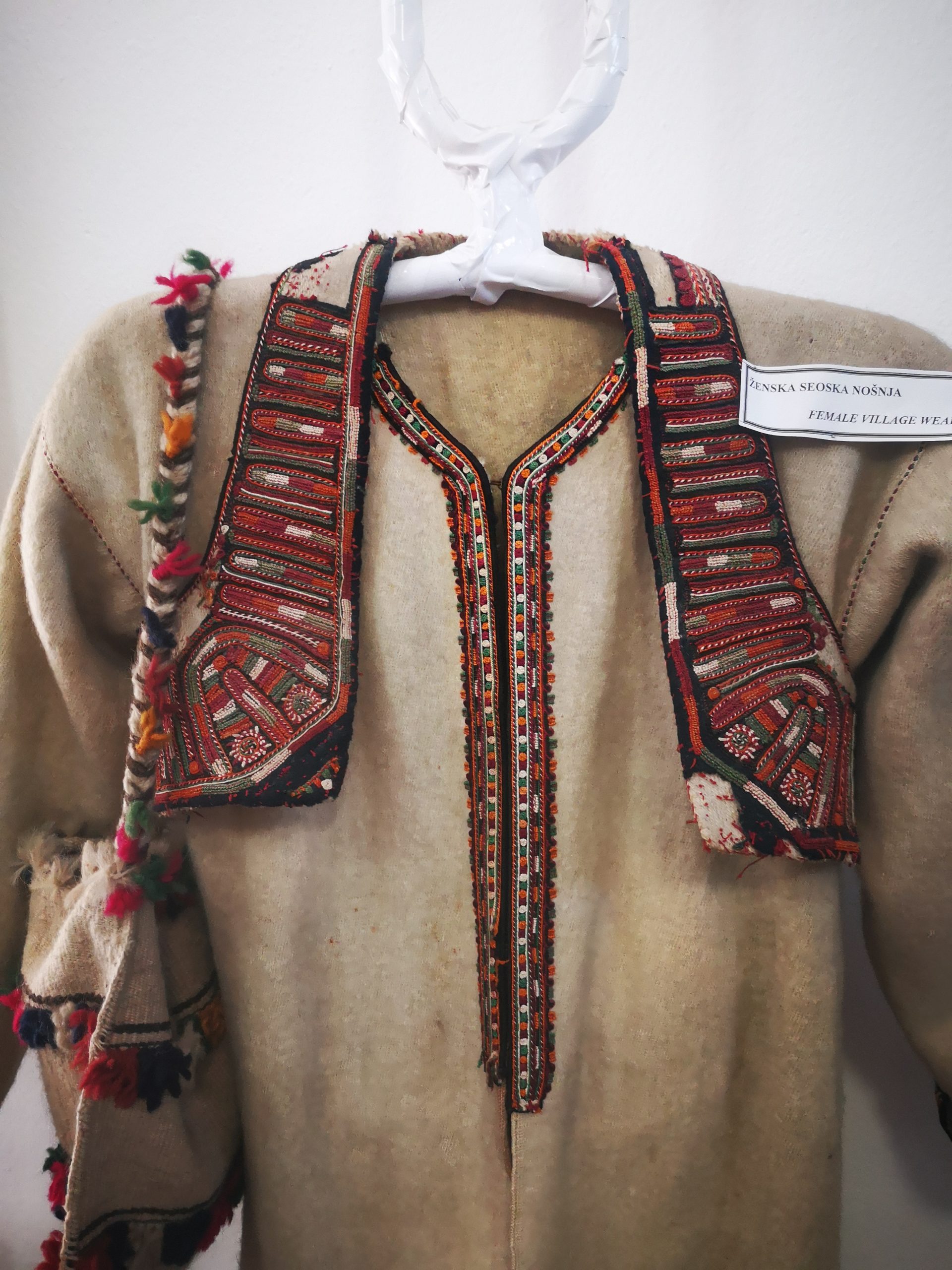
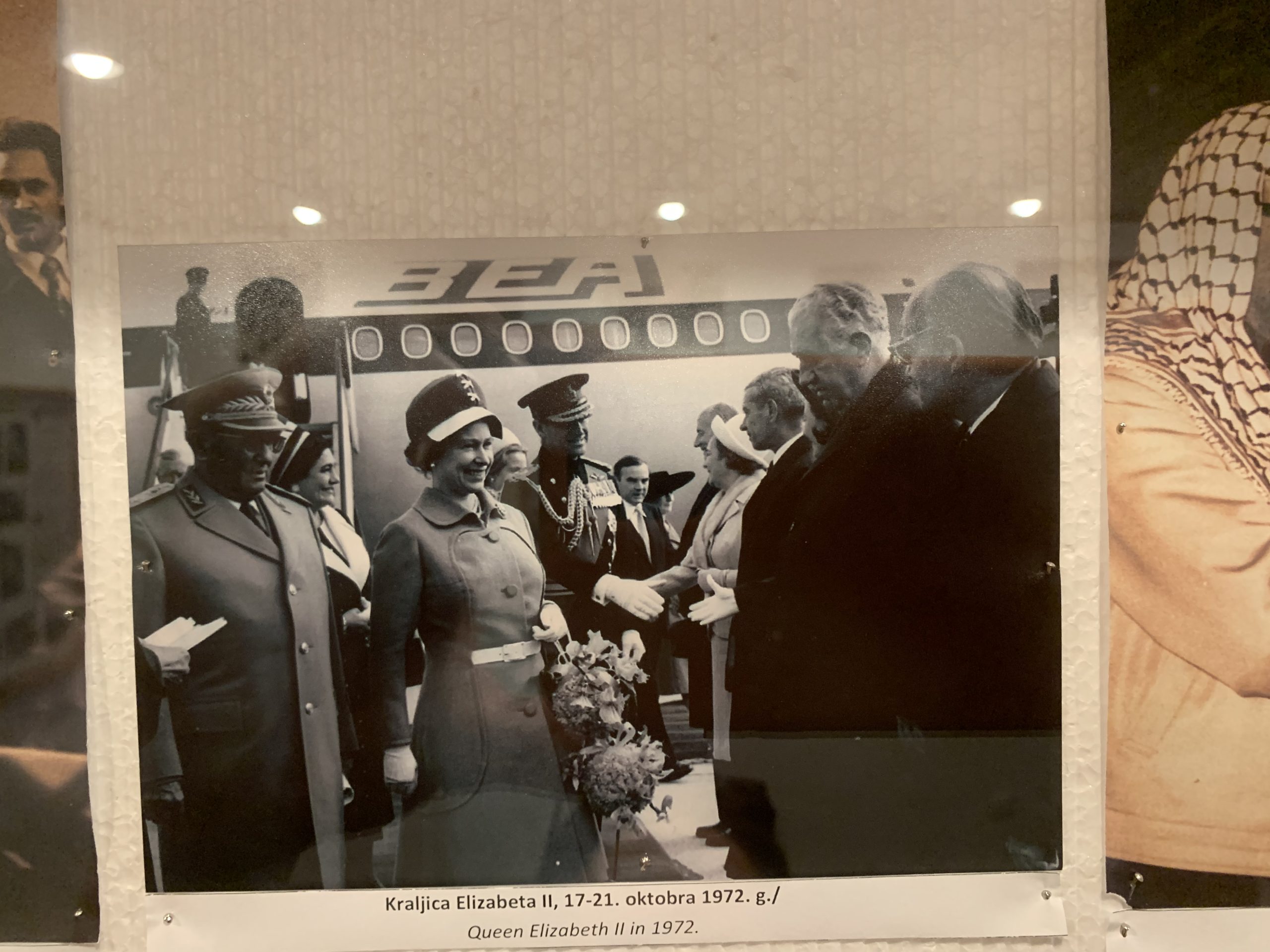
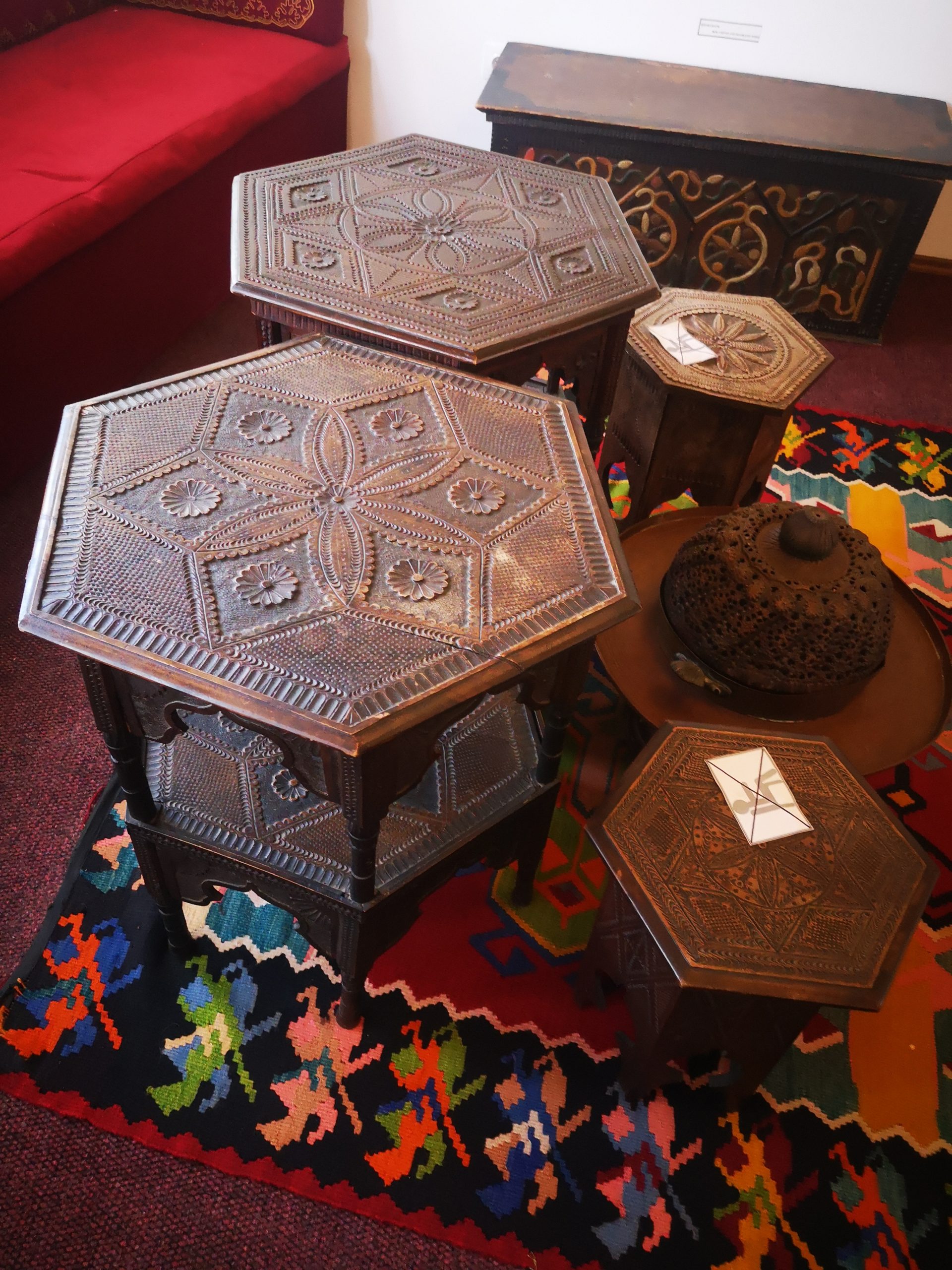
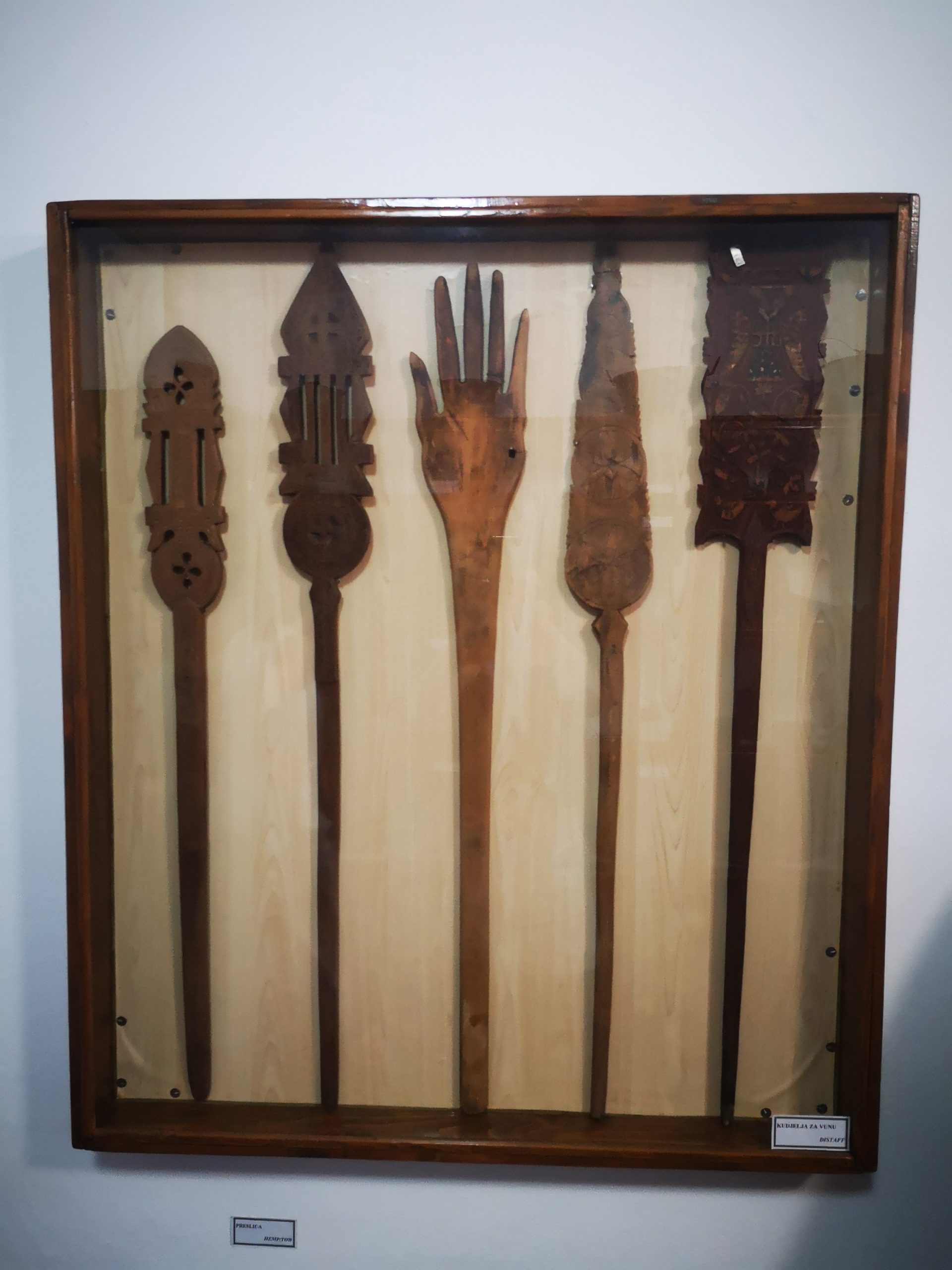
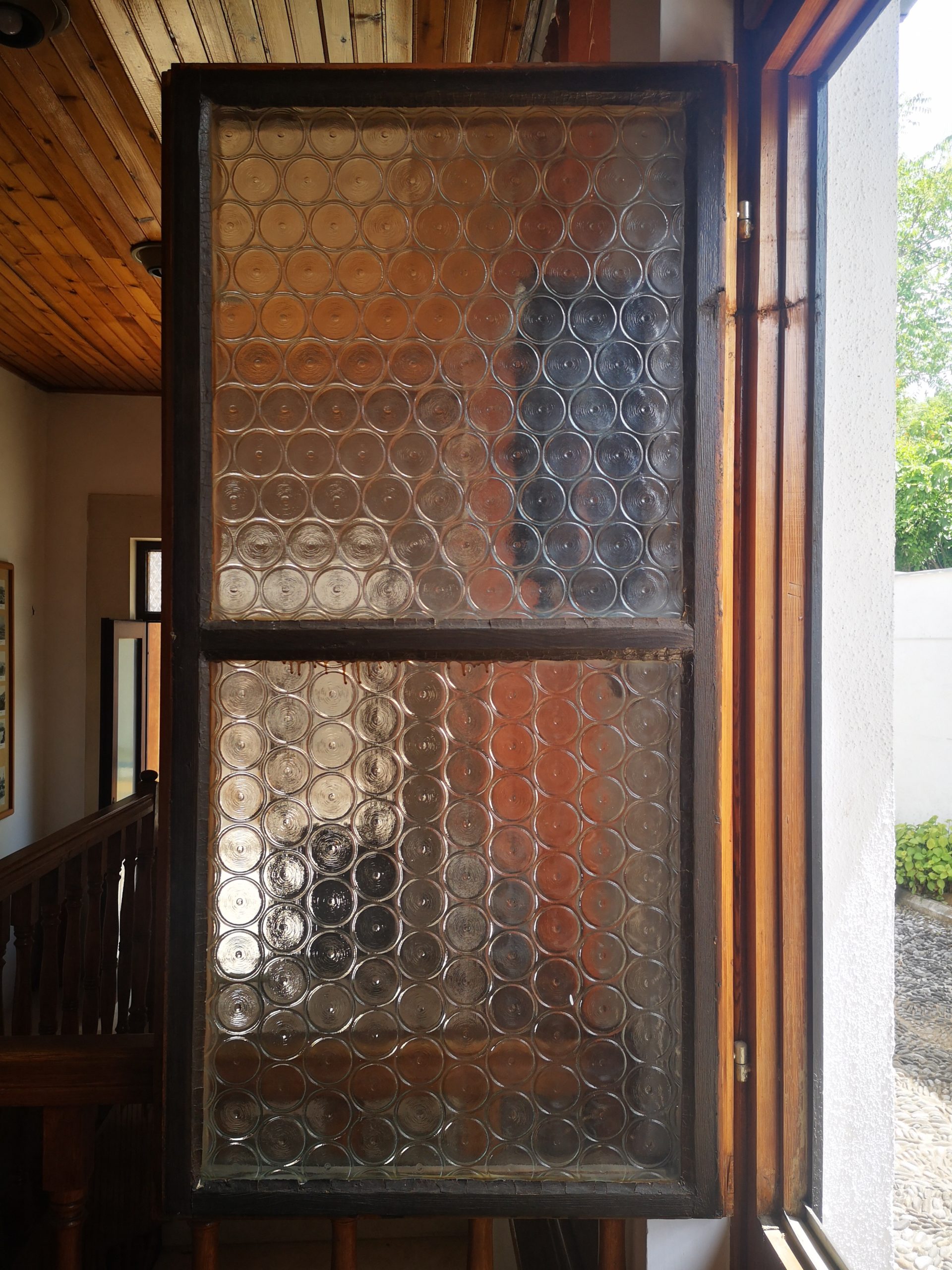
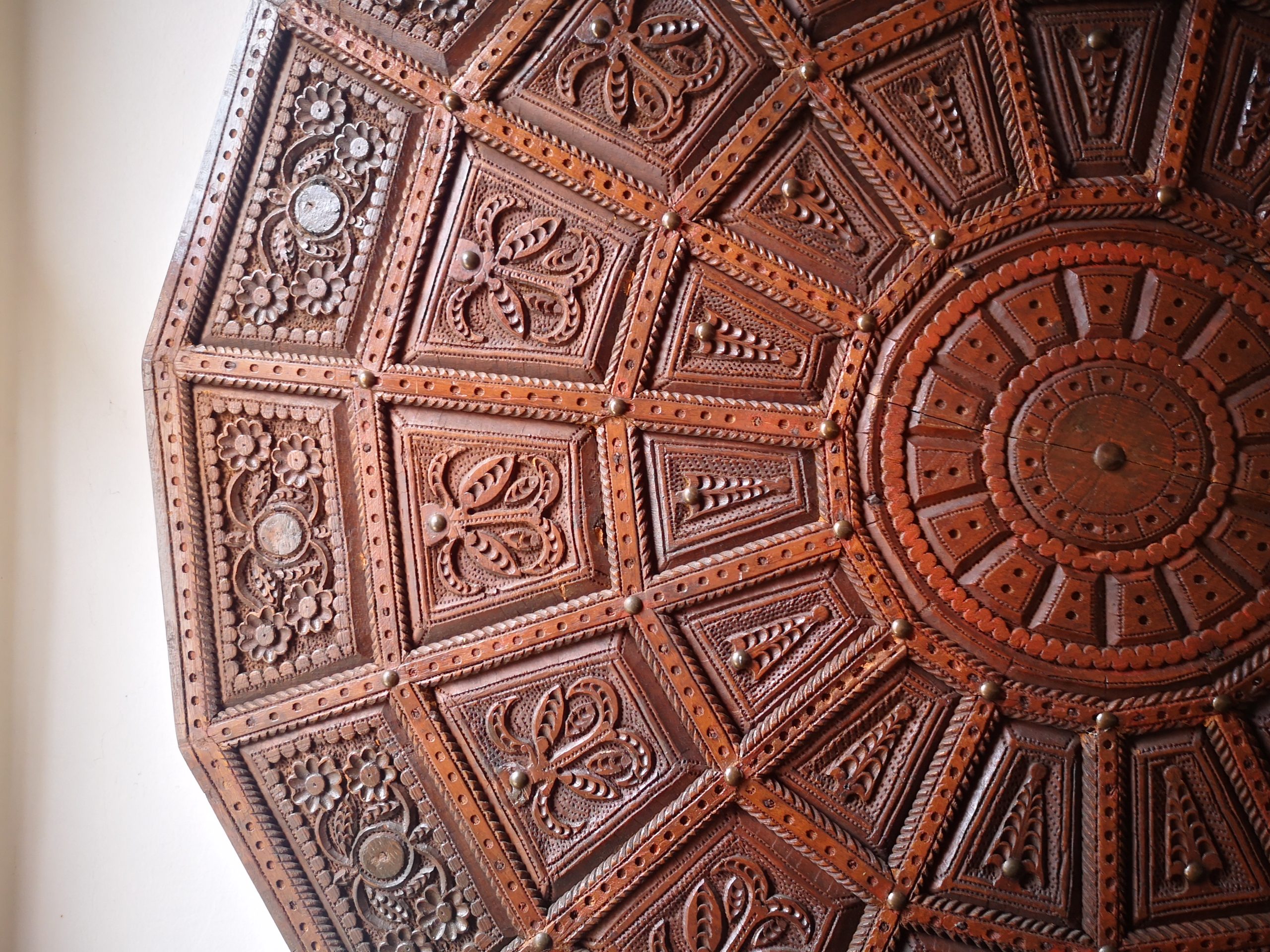
Tensions exists in Mostar more than before the conflicts, segregation is deeper and relationships are fractious, but it does depend who you talk to and which walls you attend to – many are reminders of the past but some walls build hope for the future.
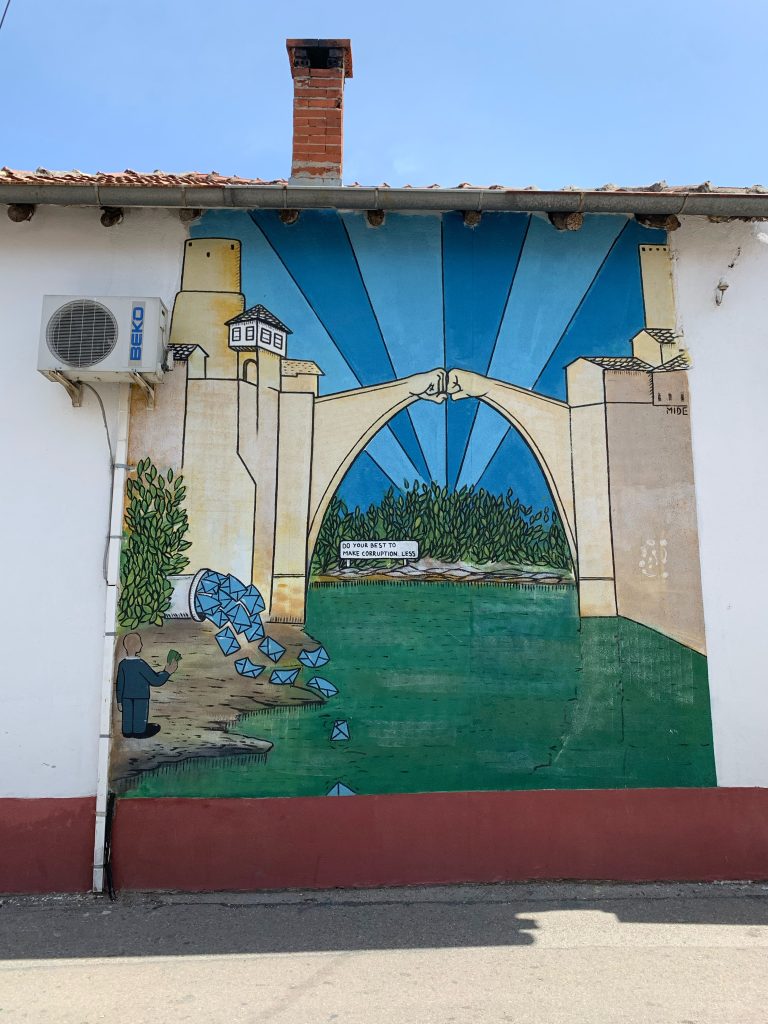
Mostar is beautiful but the old town is very touristy and there is a slightly oppressive energy present, so leaving it behind we were excited to get to Sarajevo and were delighted that the journey through Bosnia still continued to provide us with us more and more…. We went to a trout farm for lunch and then found a hamlet of traditional houses
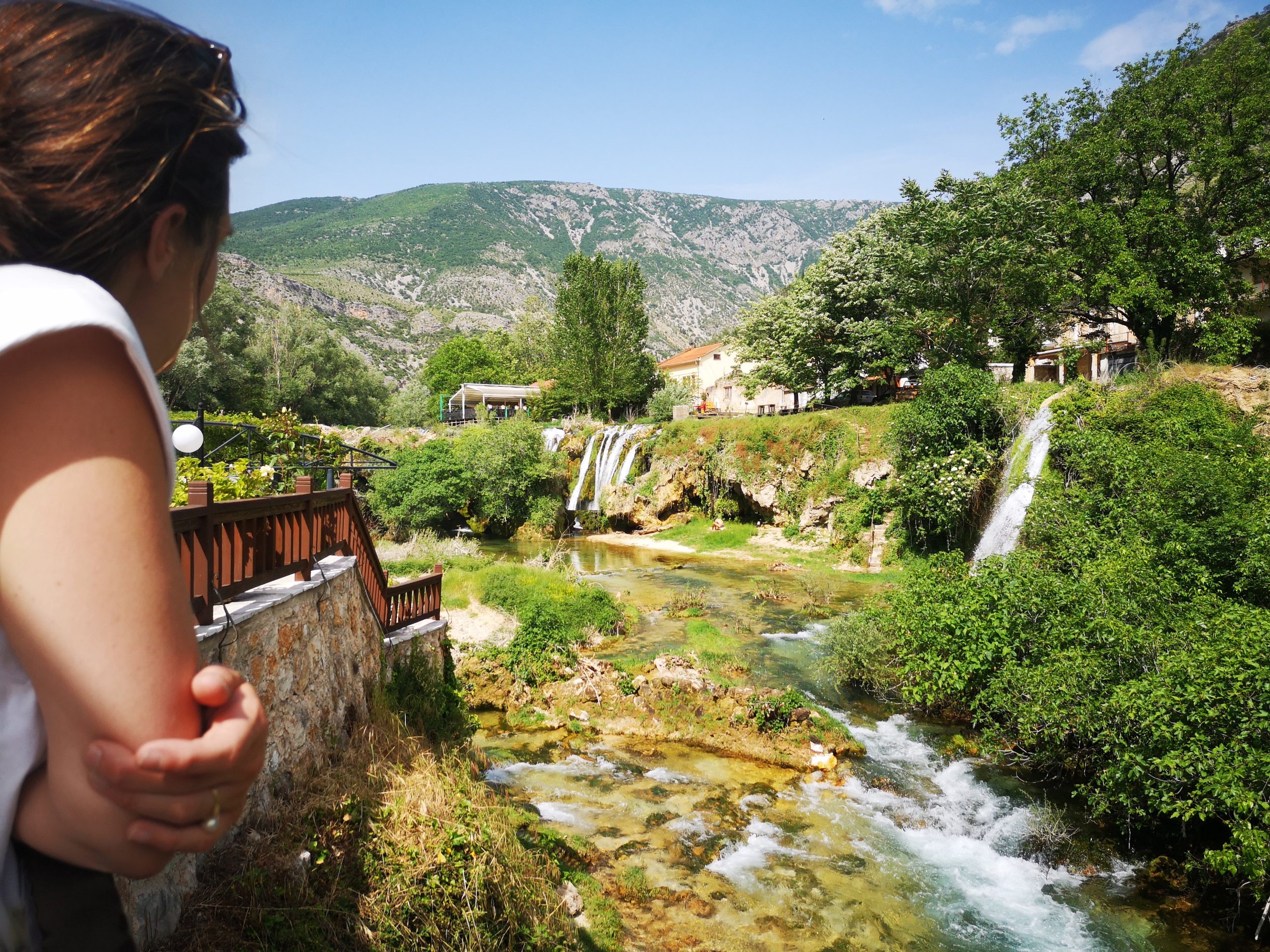

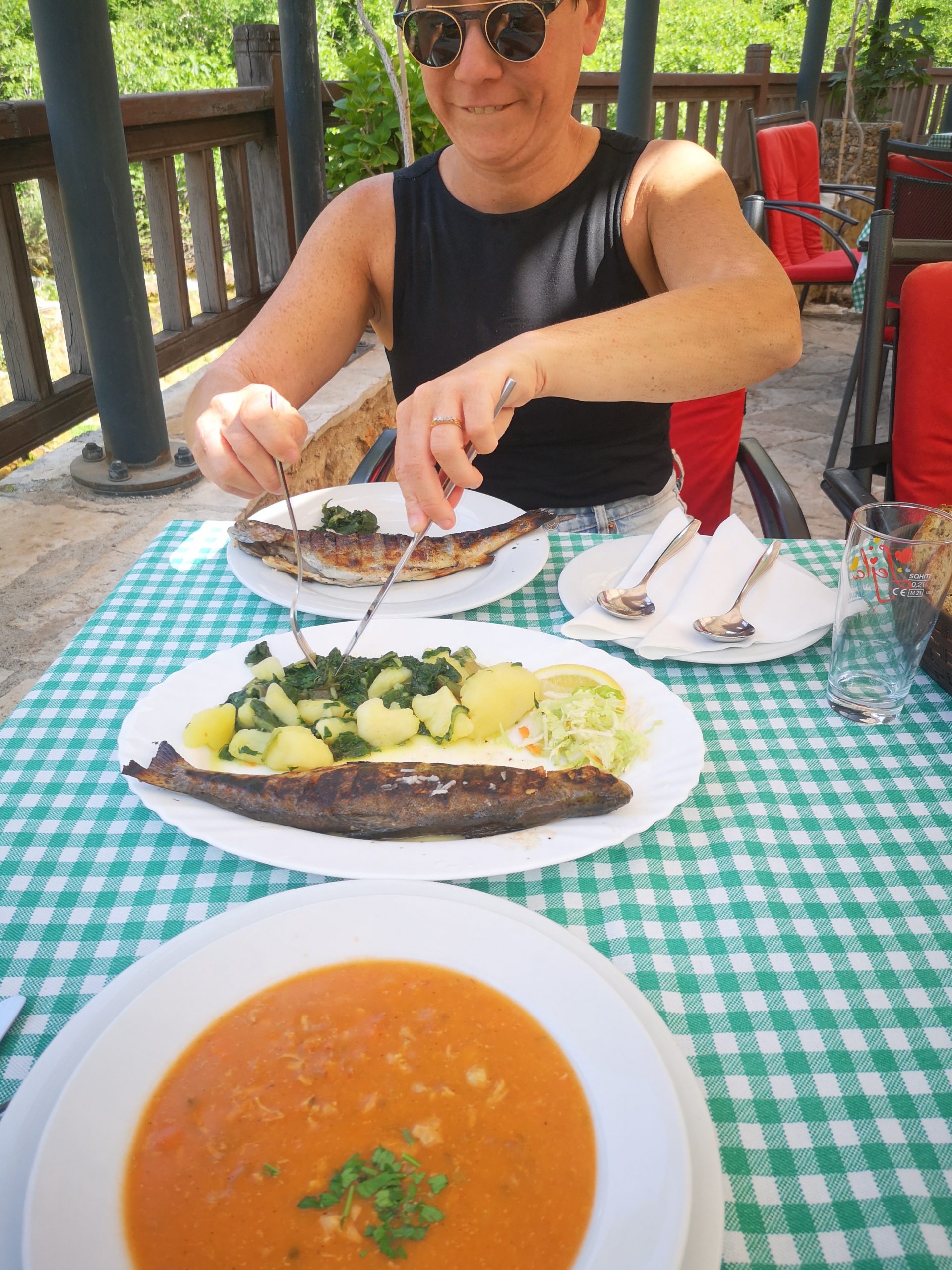
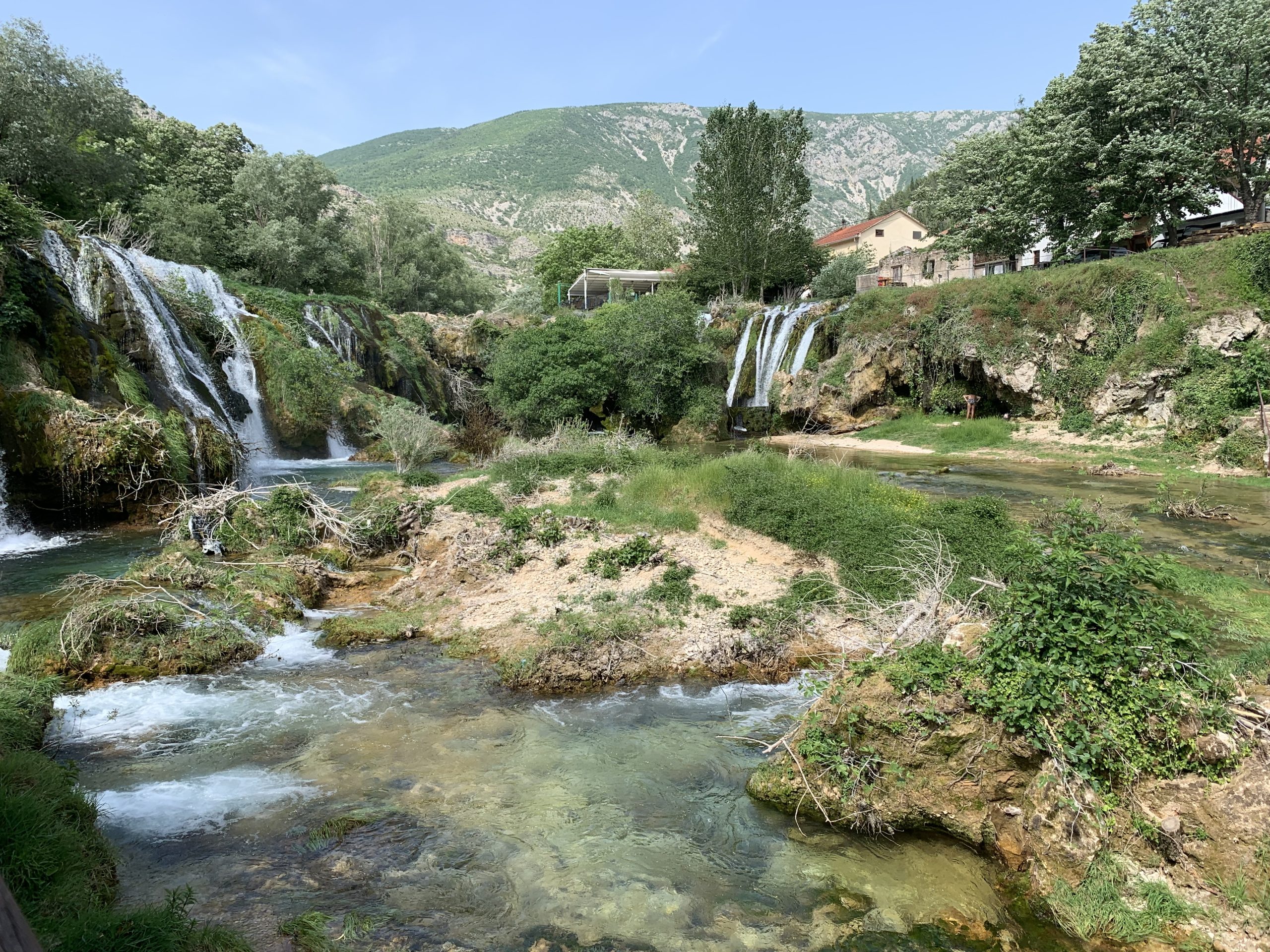
hamlet of houses that had been resurrected to their traditional
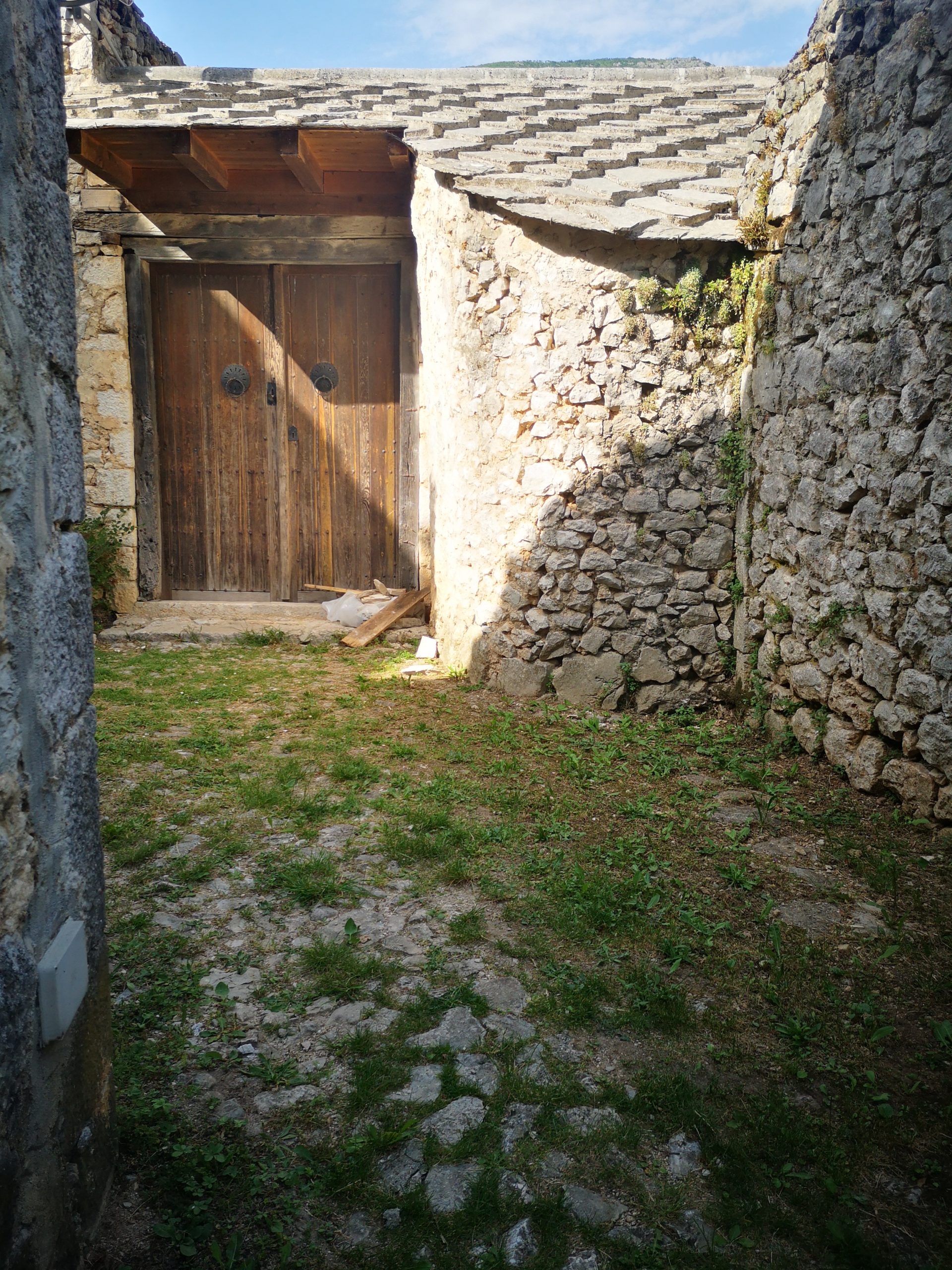
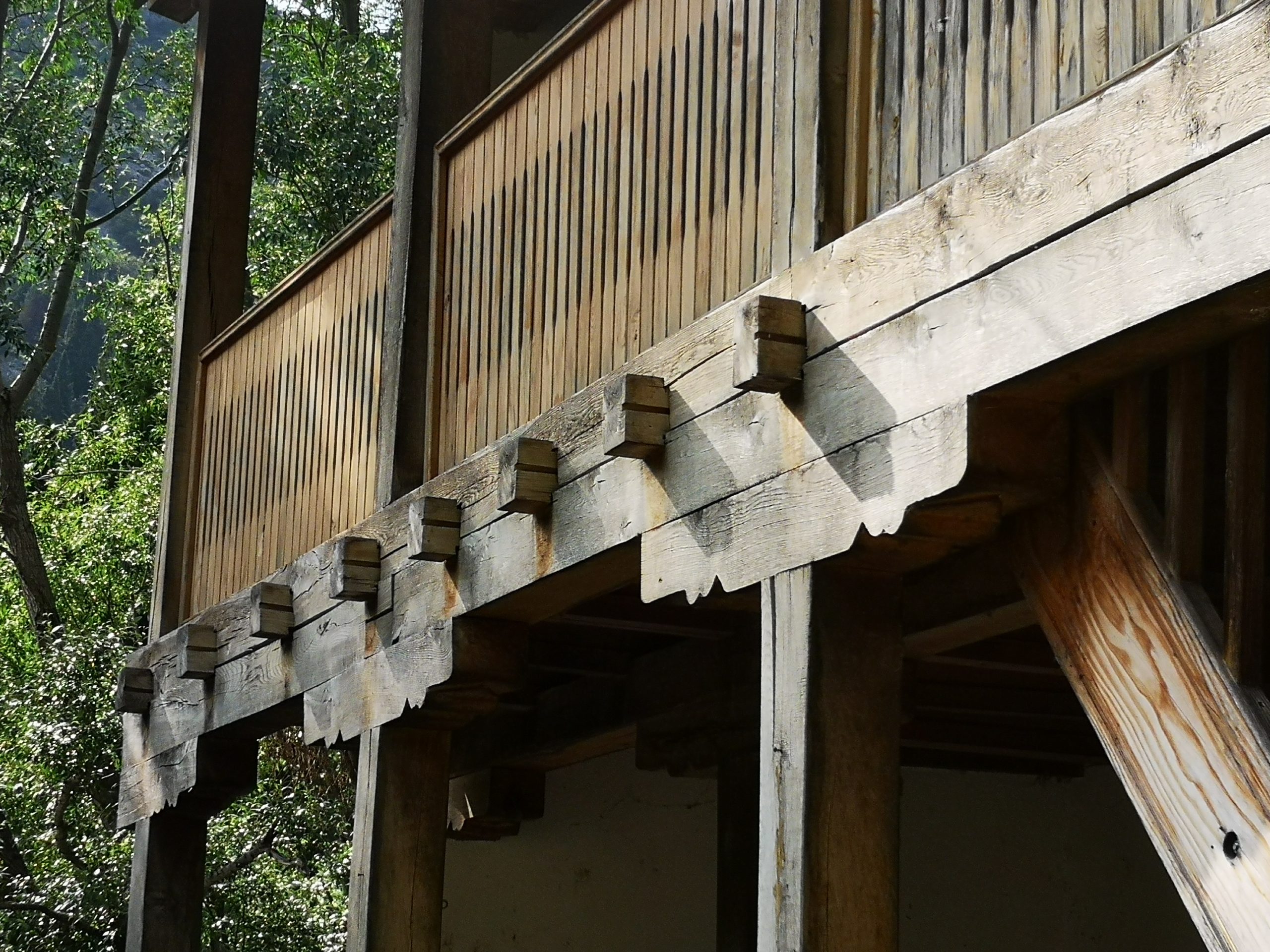
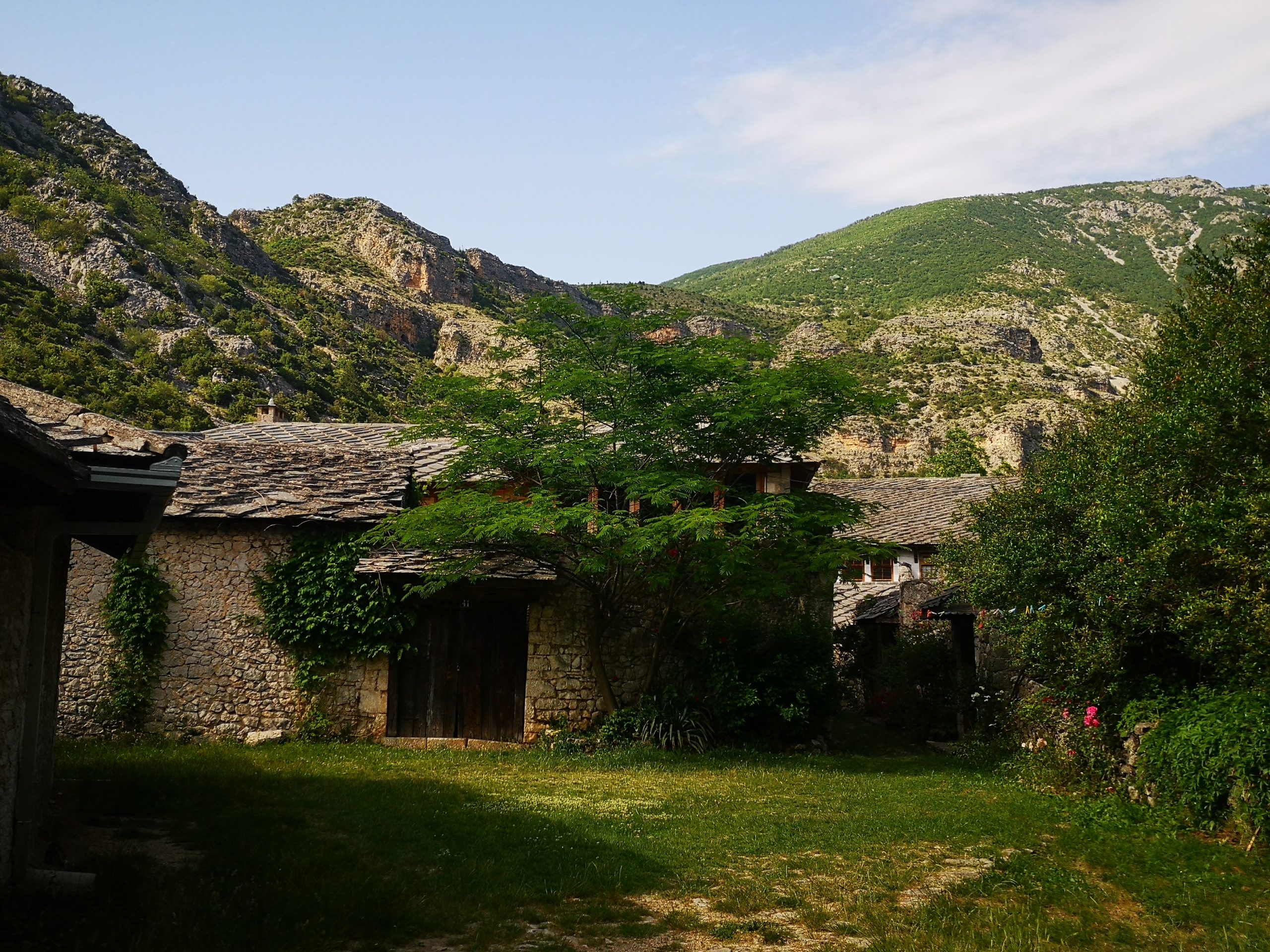
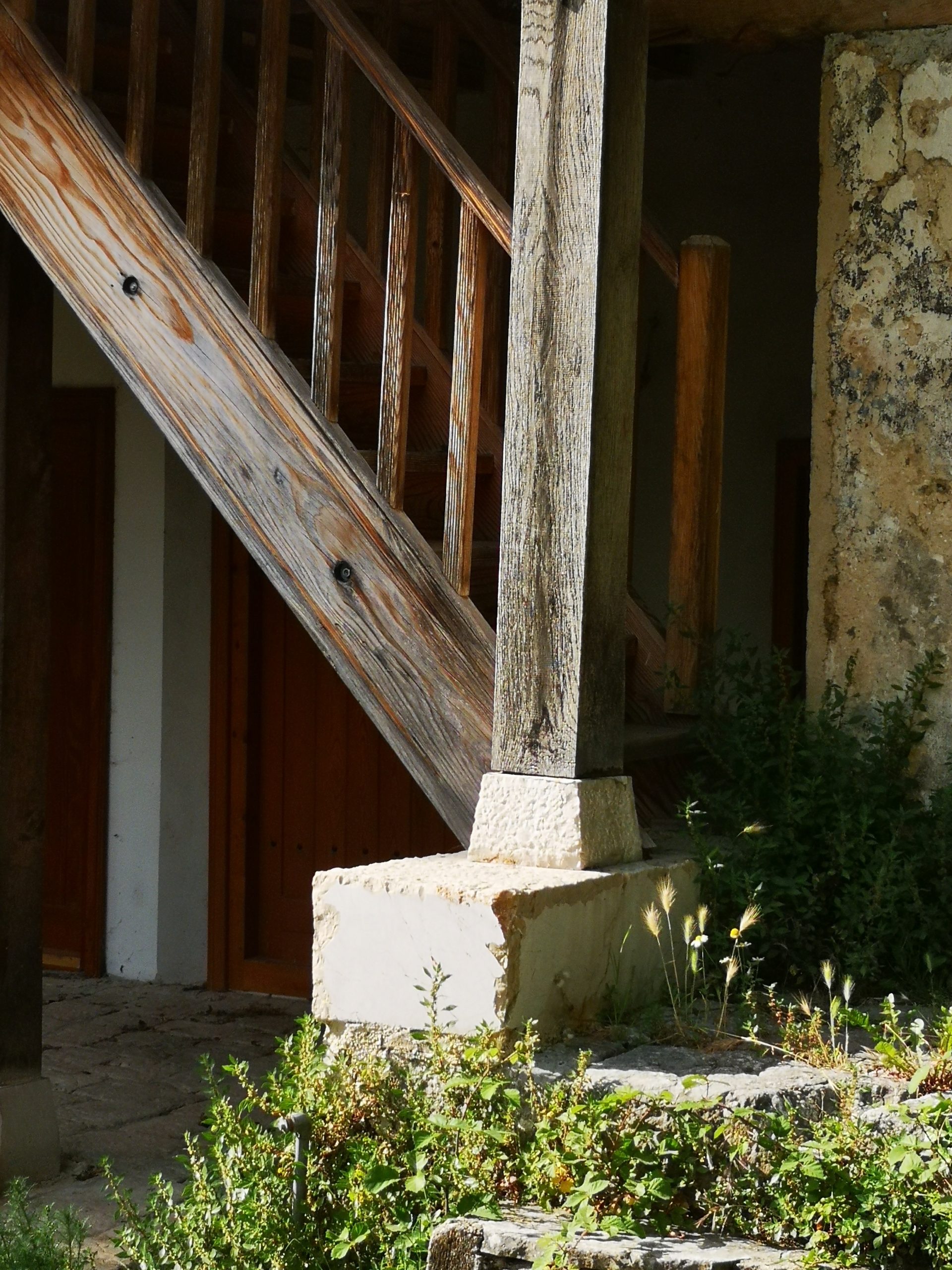
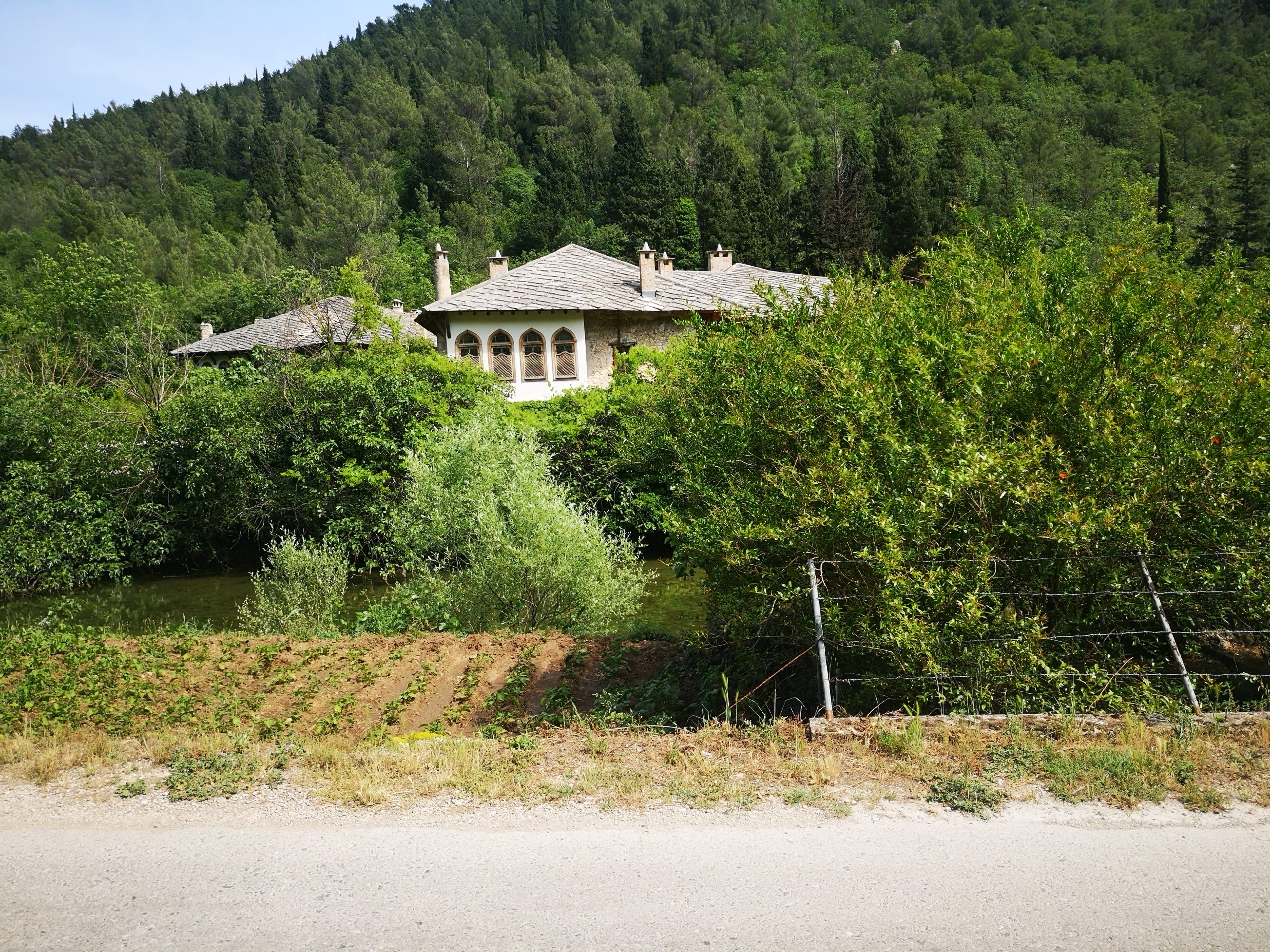

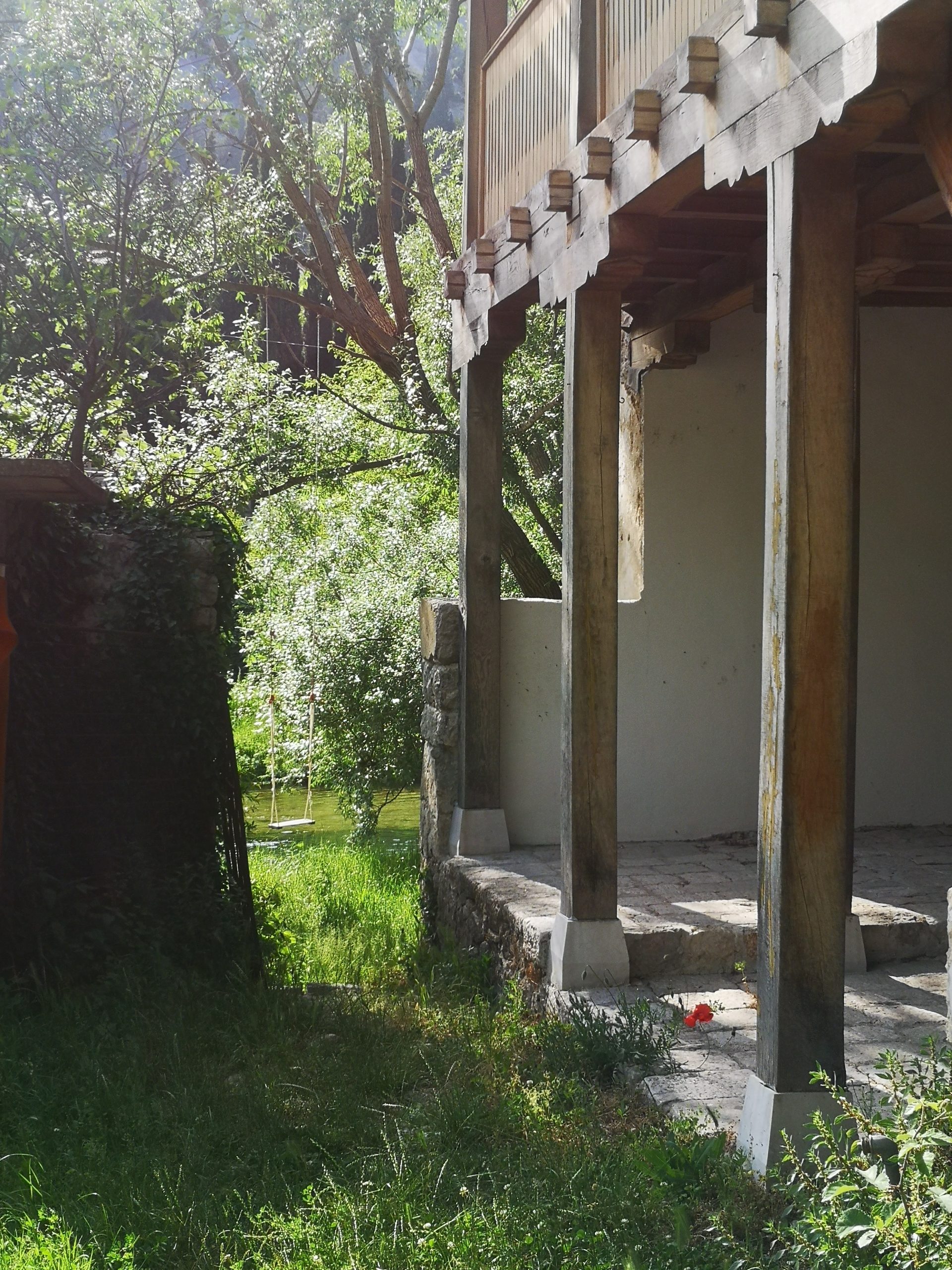
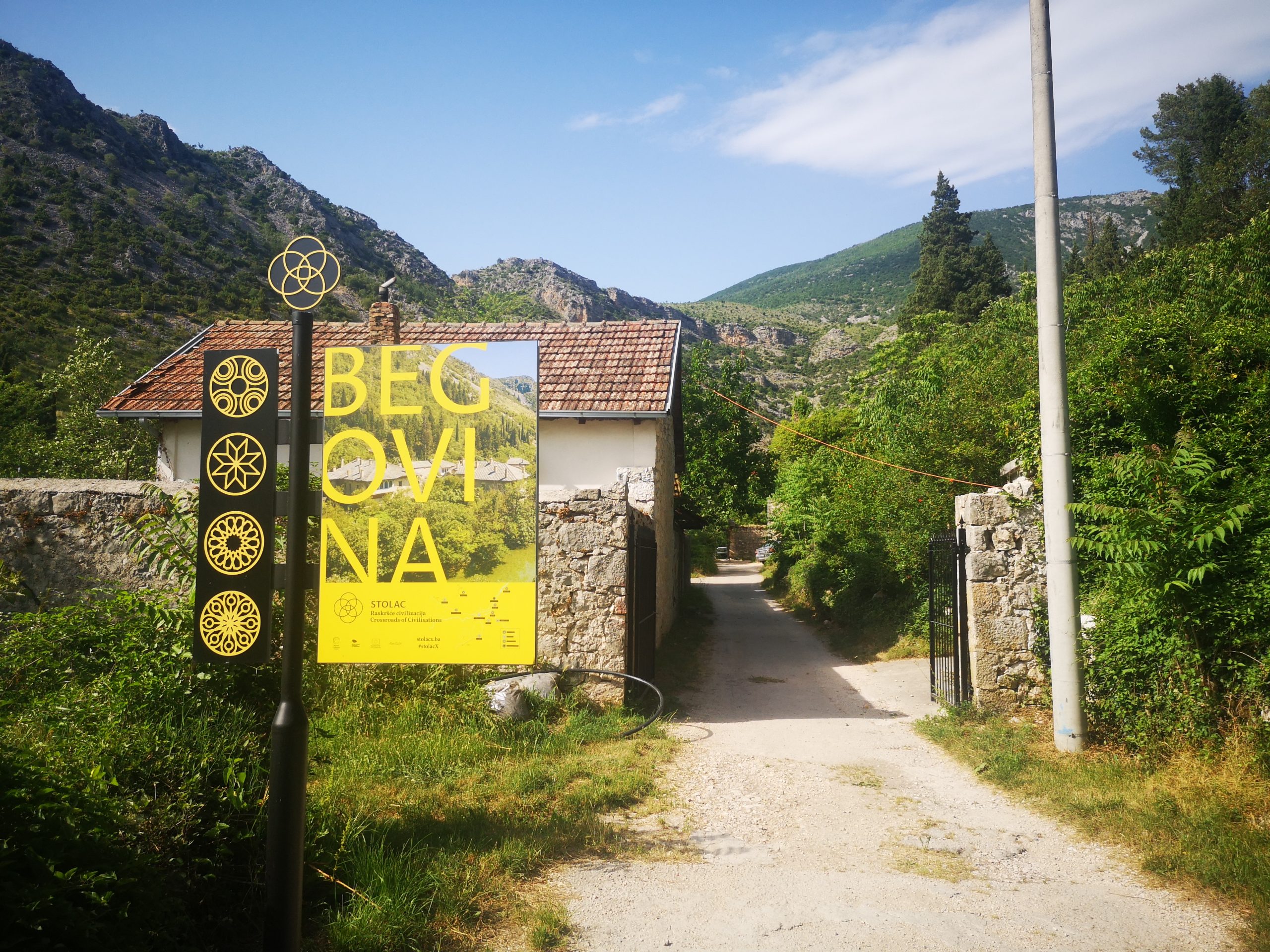
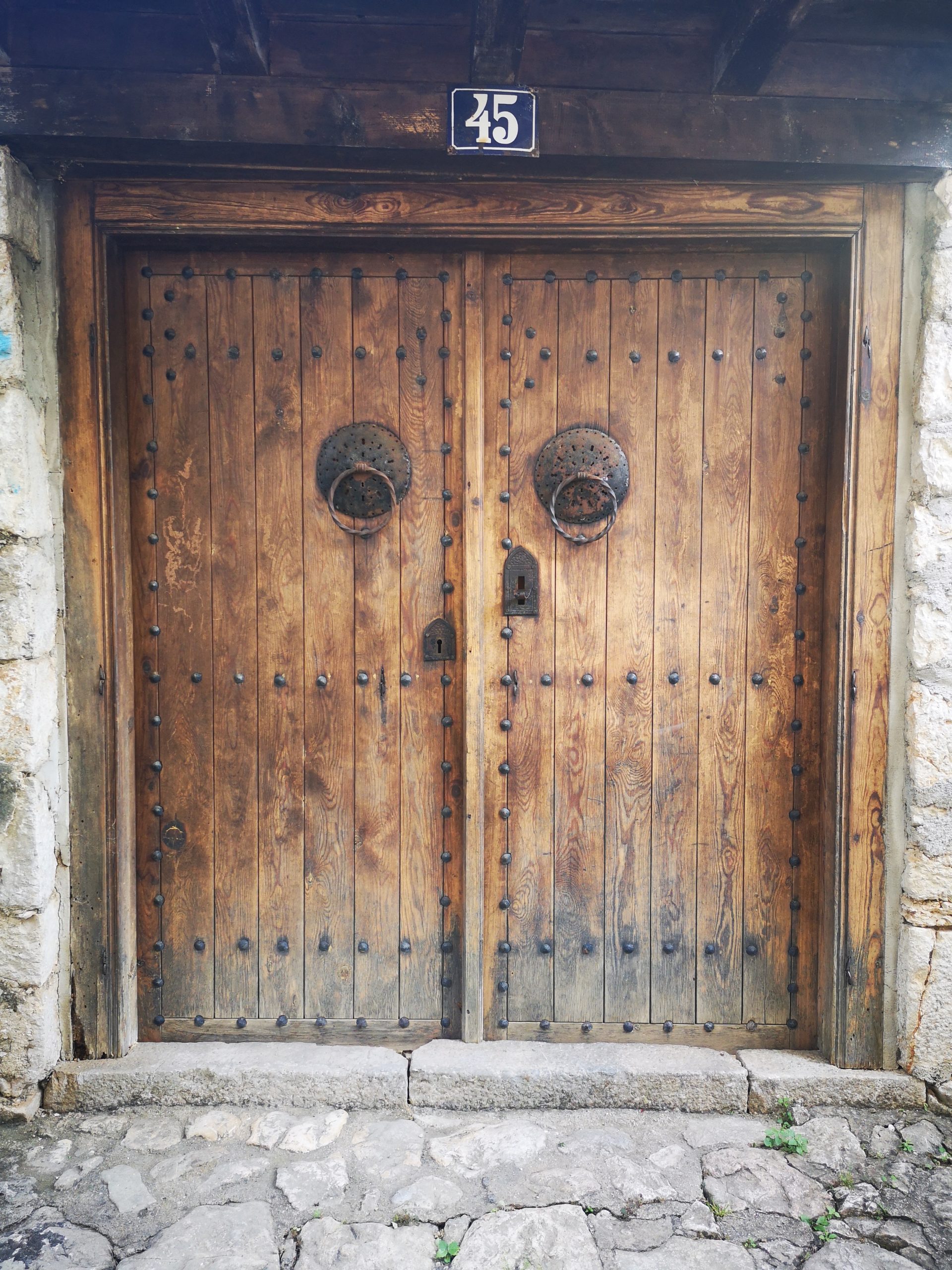
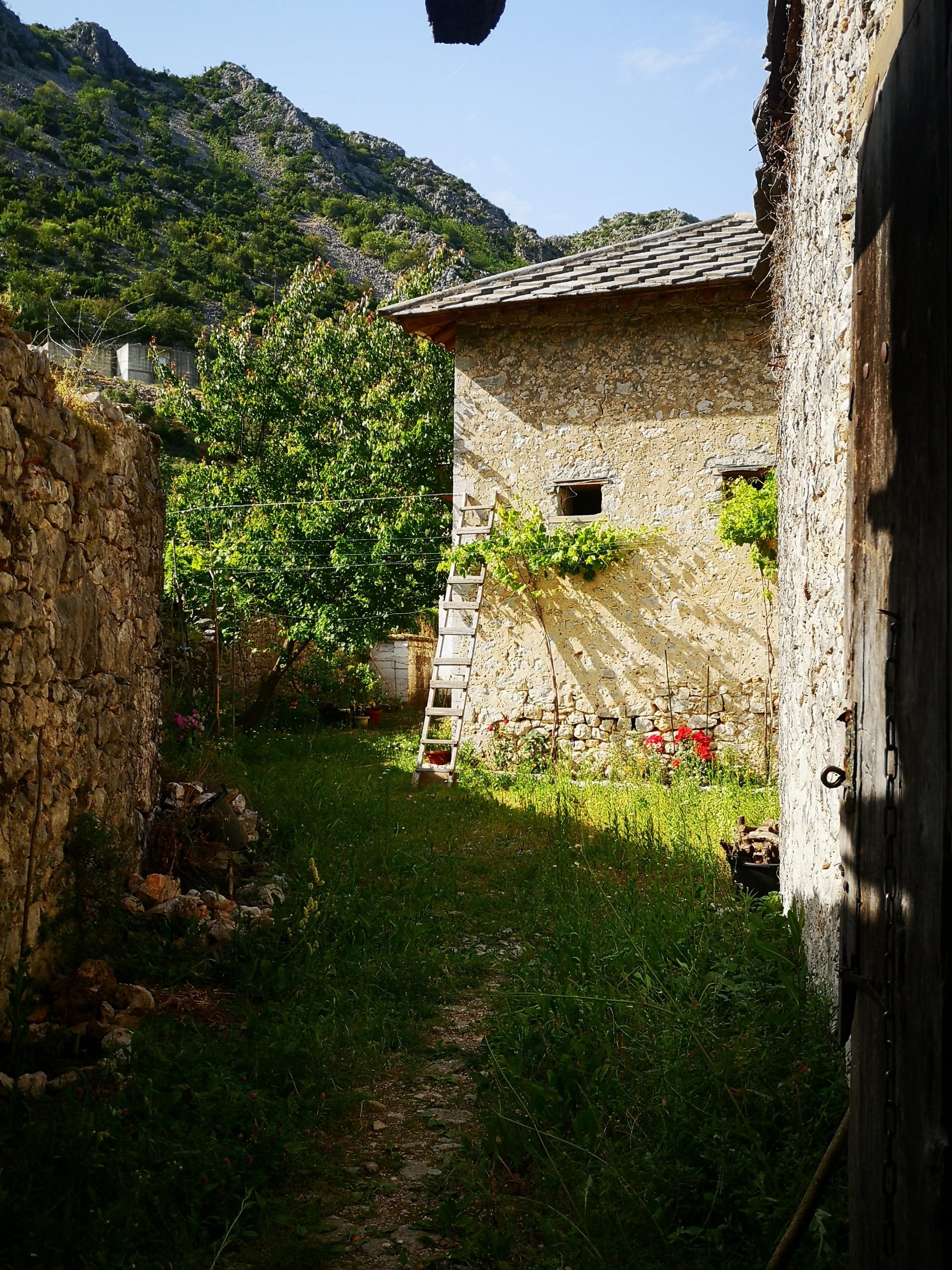
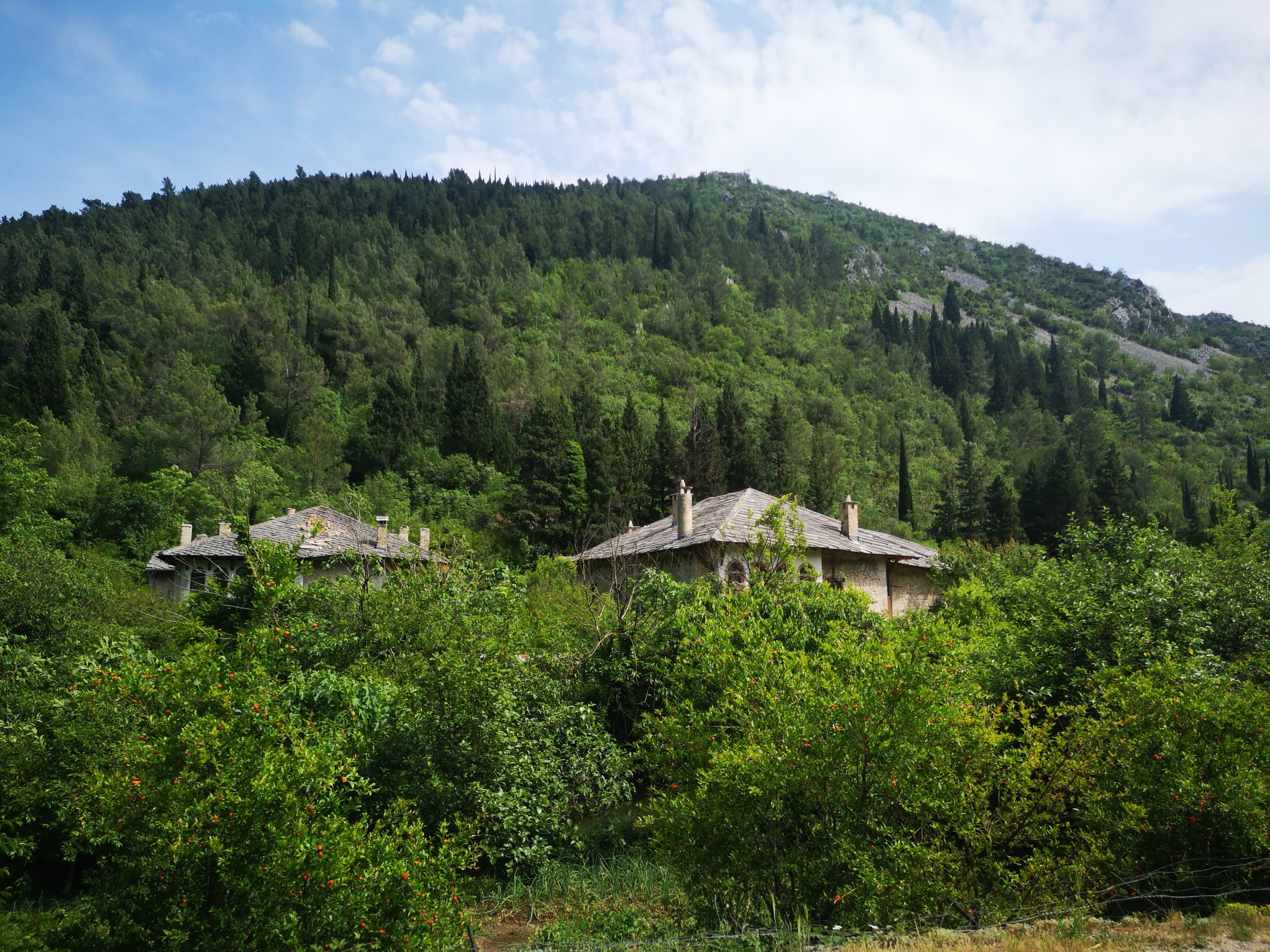
Bosnia was definitely making its mark on us and we were excited to see what the capital had to offer.
Bosnia + Volkswagen GTIs = EVERYWHERE
Pippa got a little obsessed – a Bosnian told us they were considered the most reliable of cars and after a bit more digging we found they were manufactured in Bosnia. Here is a collection of images
